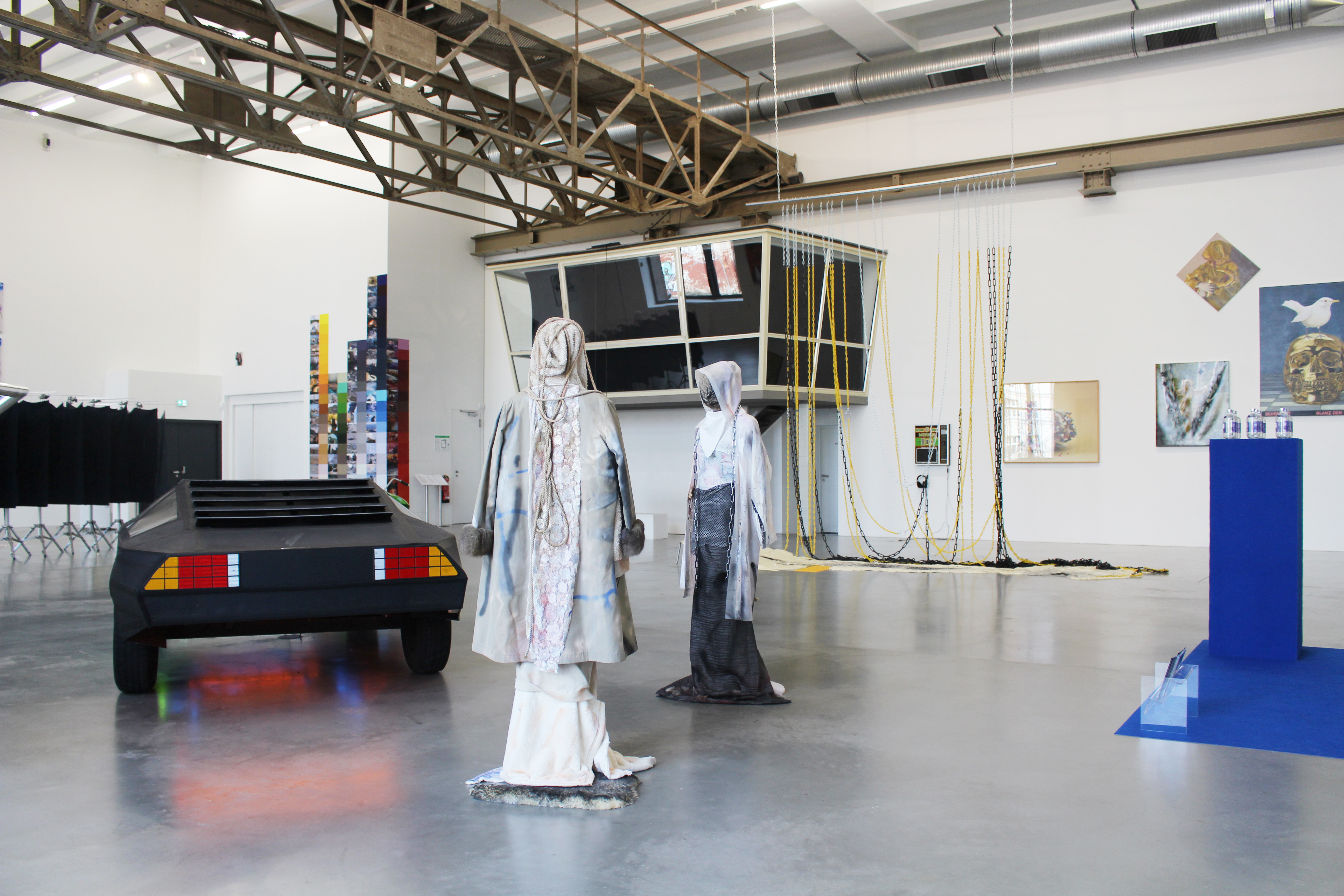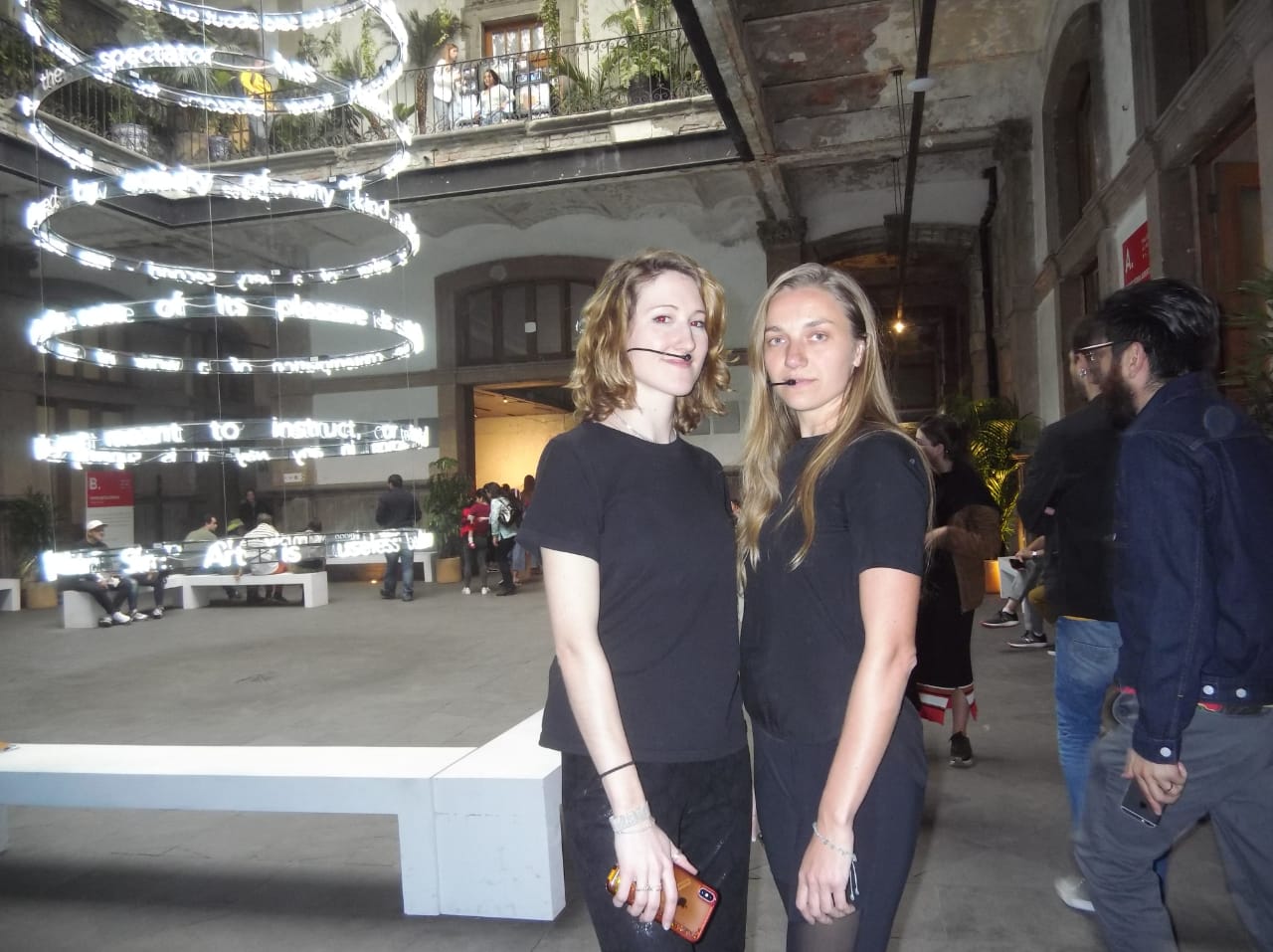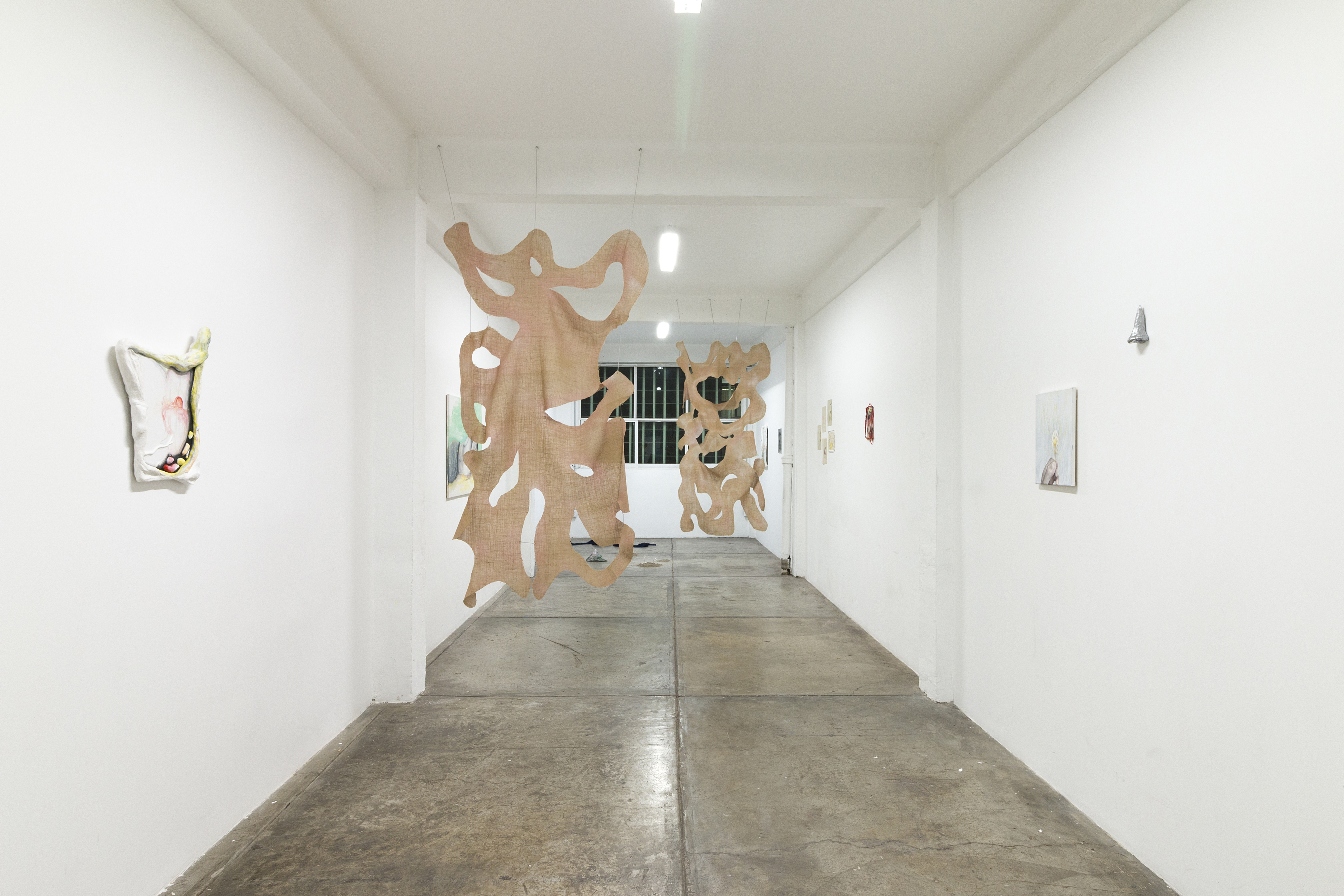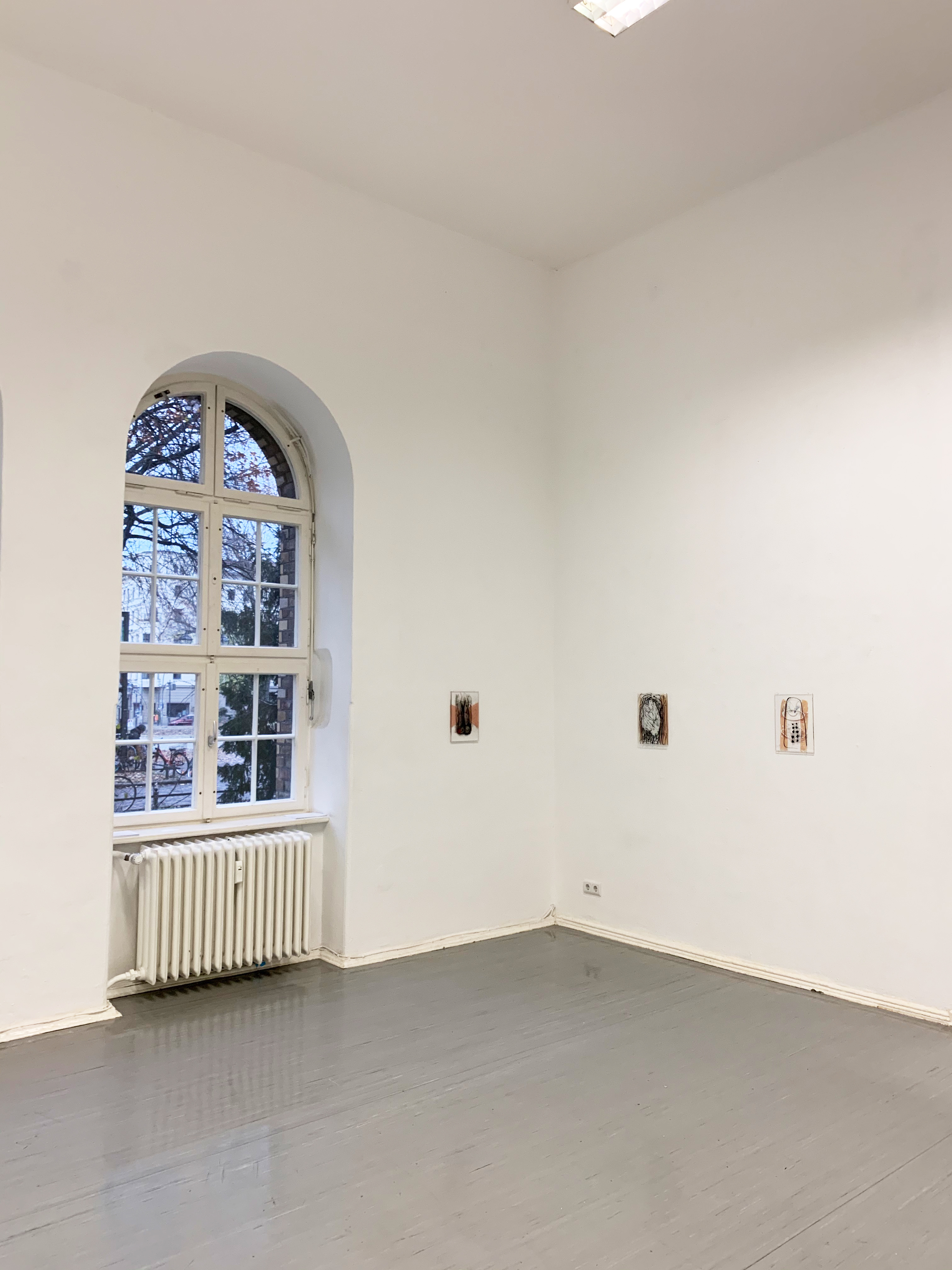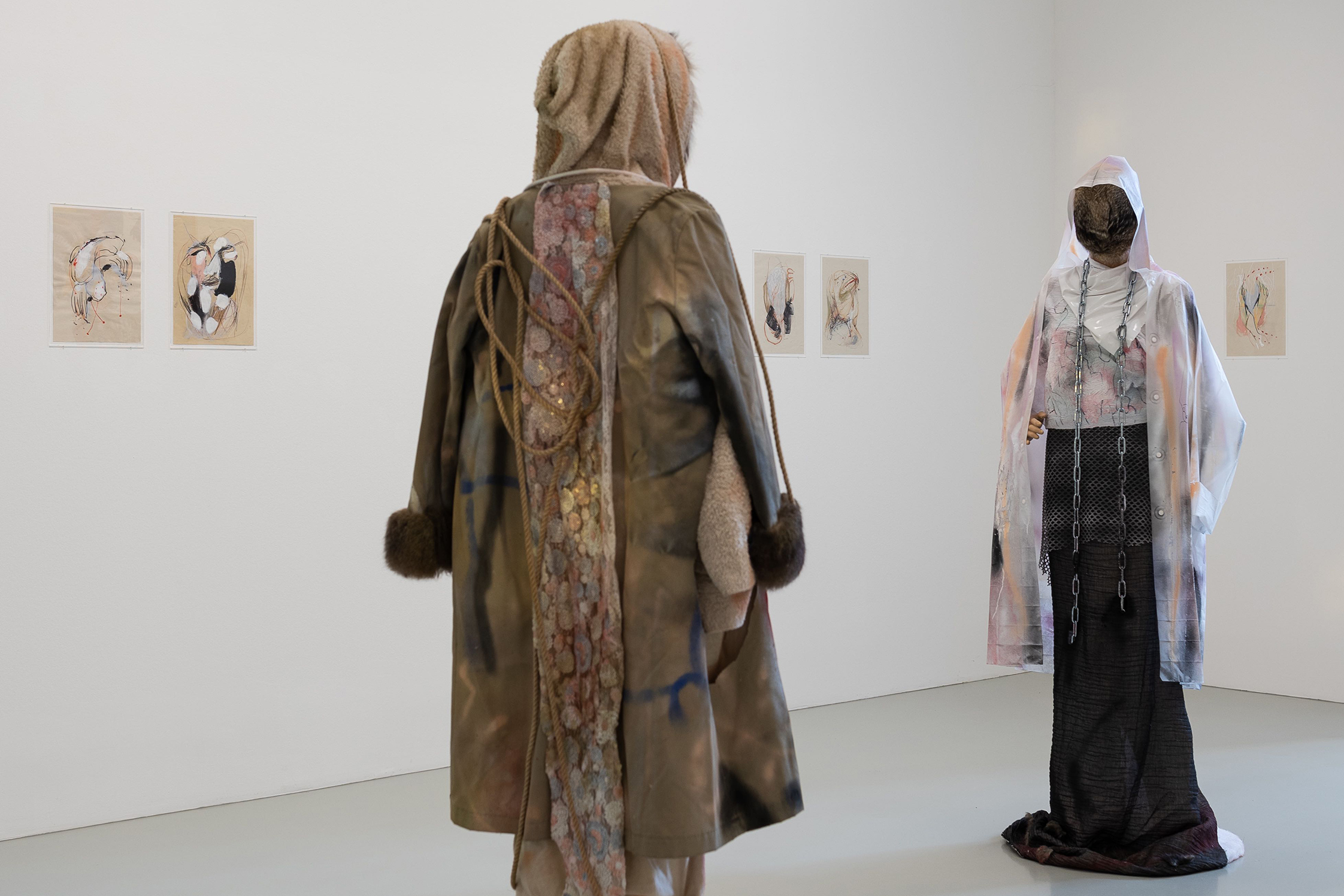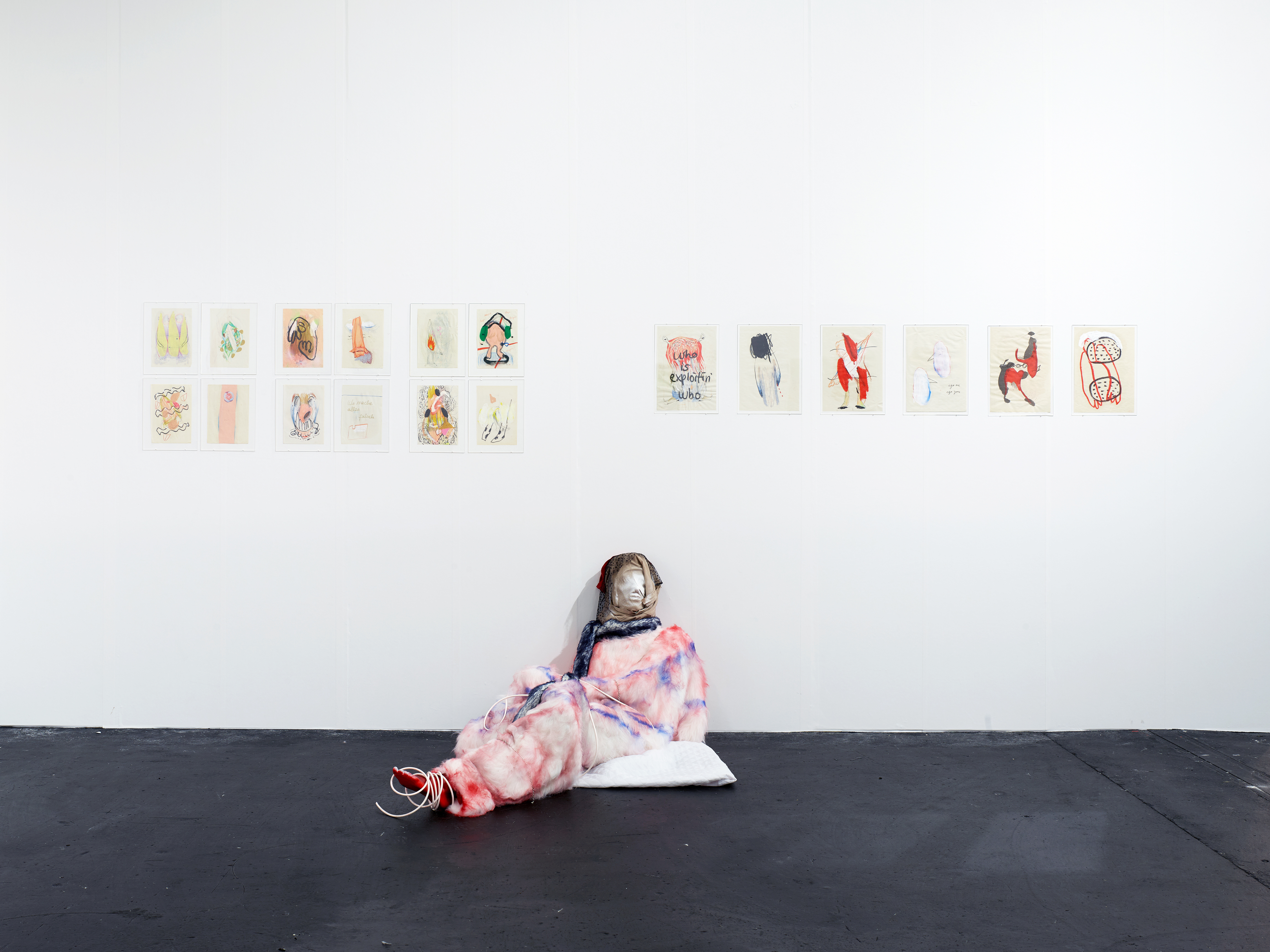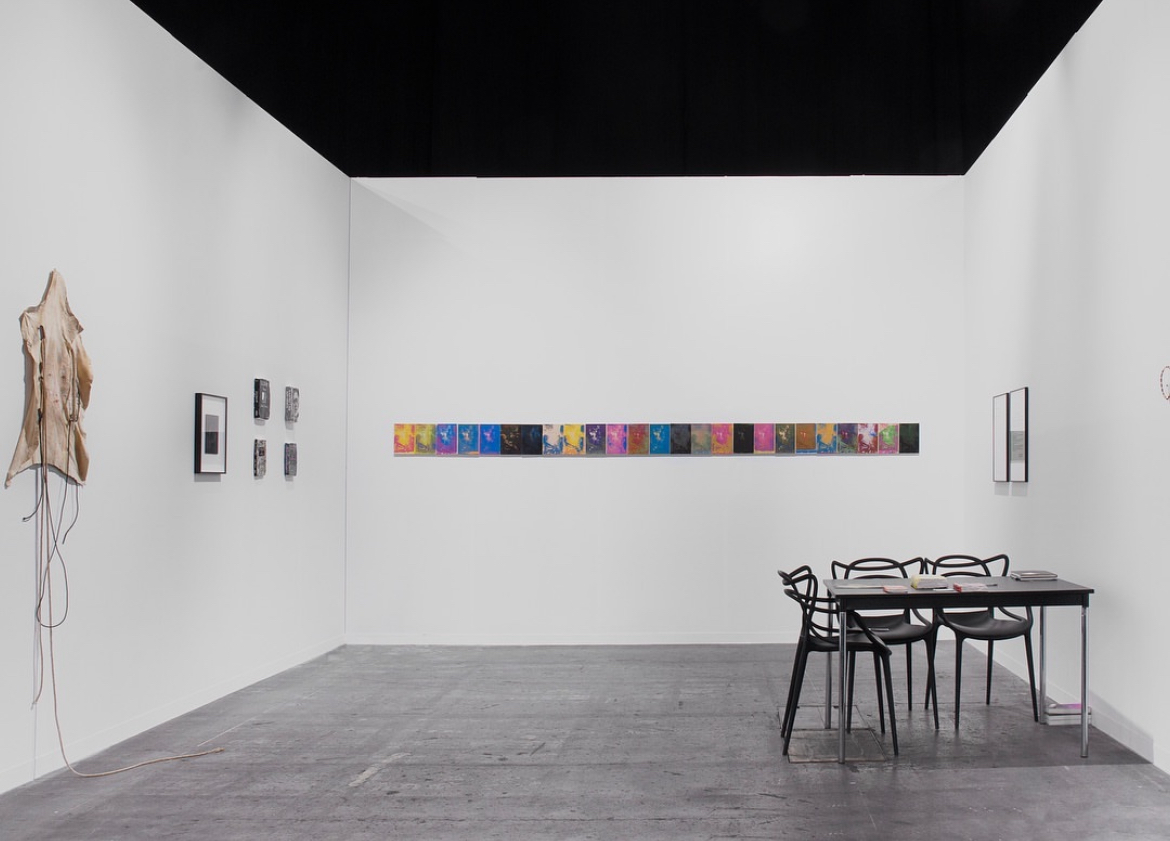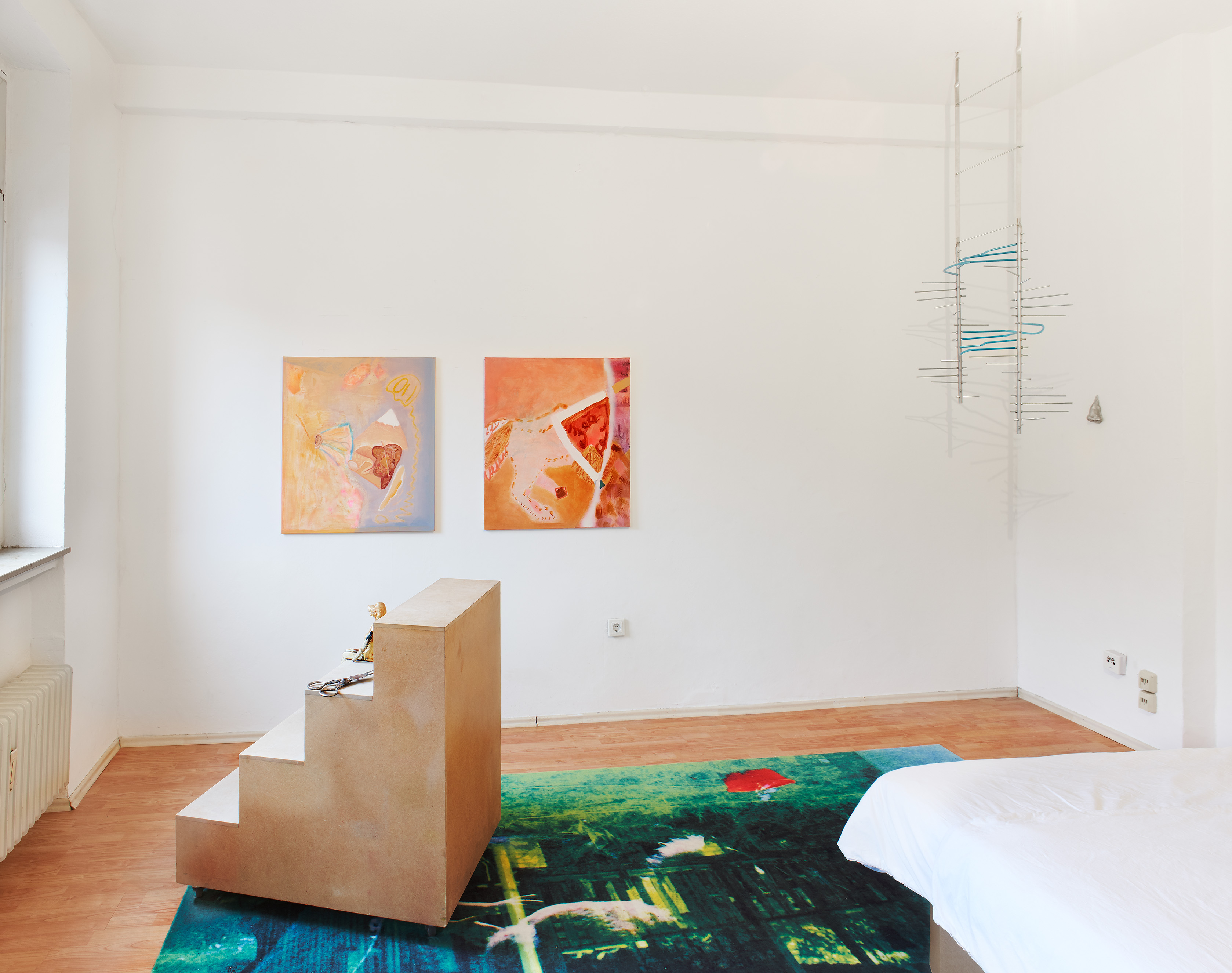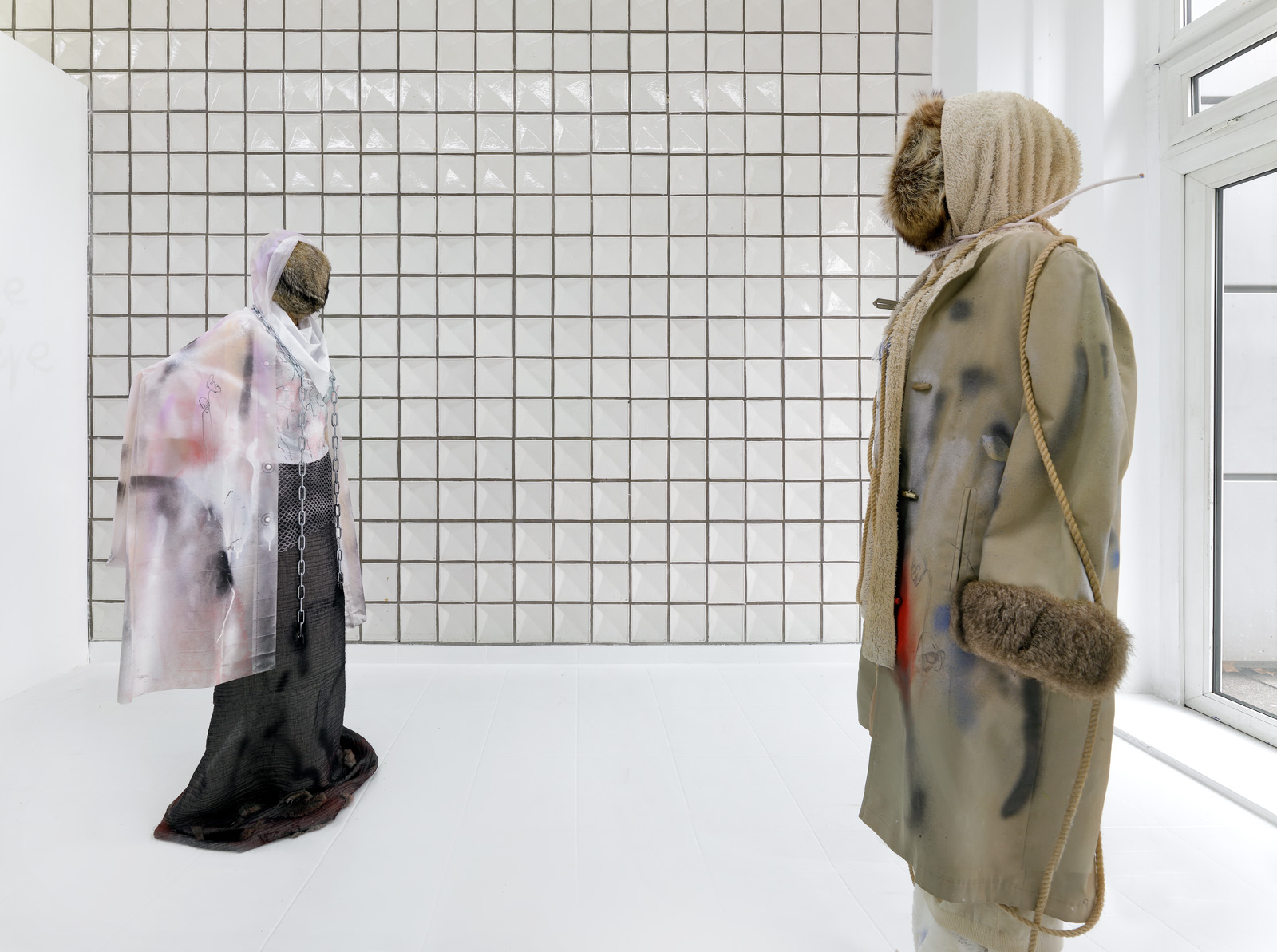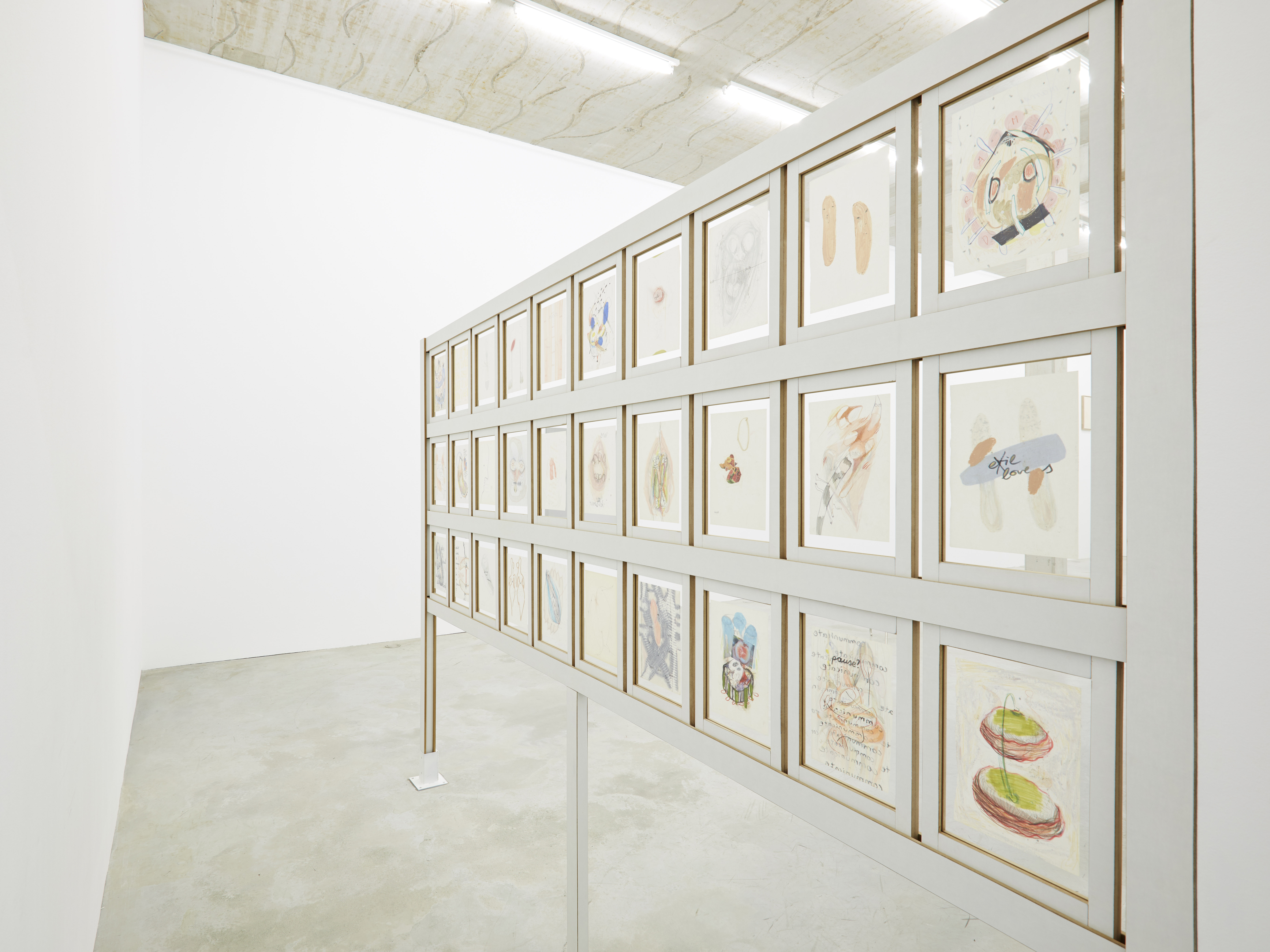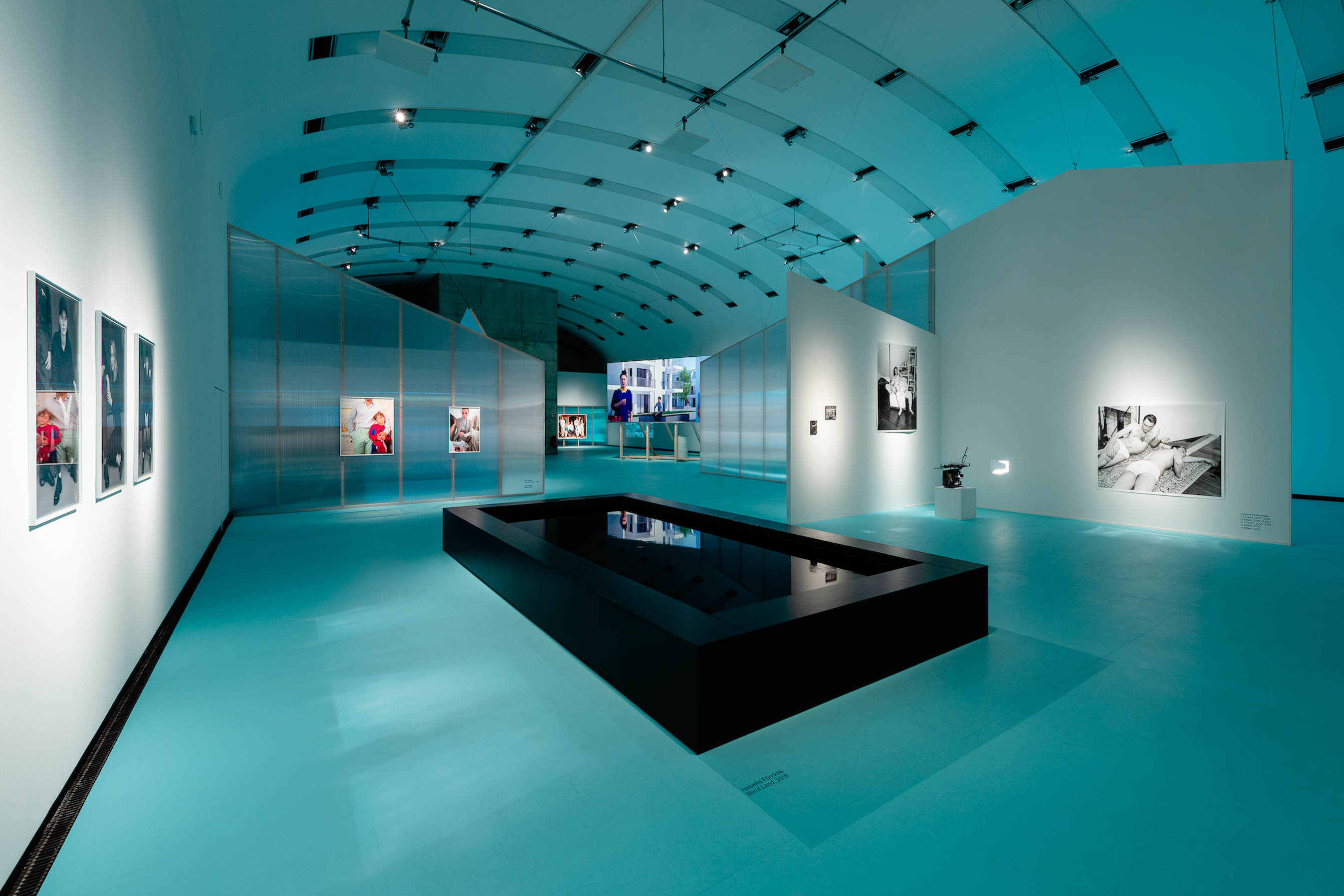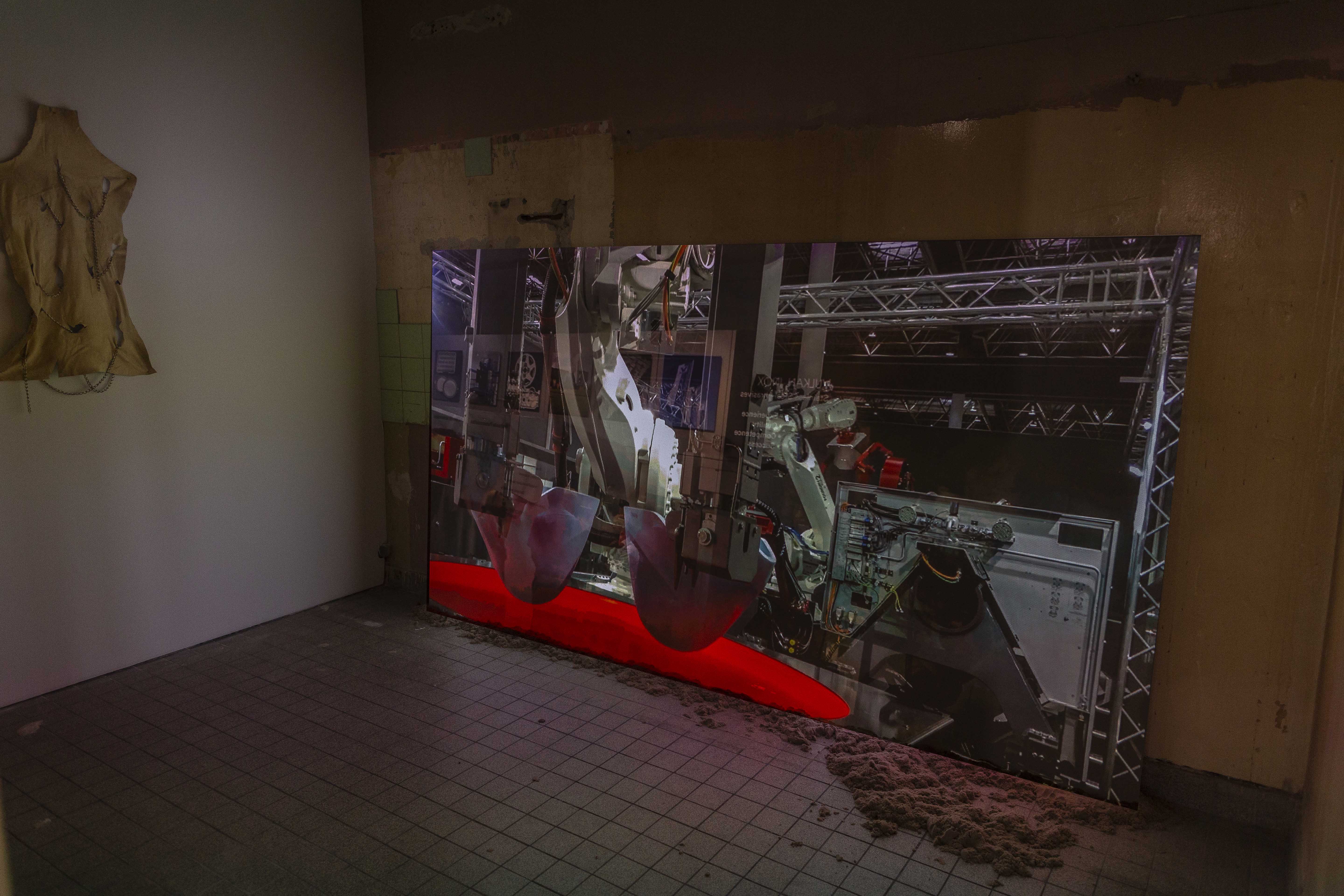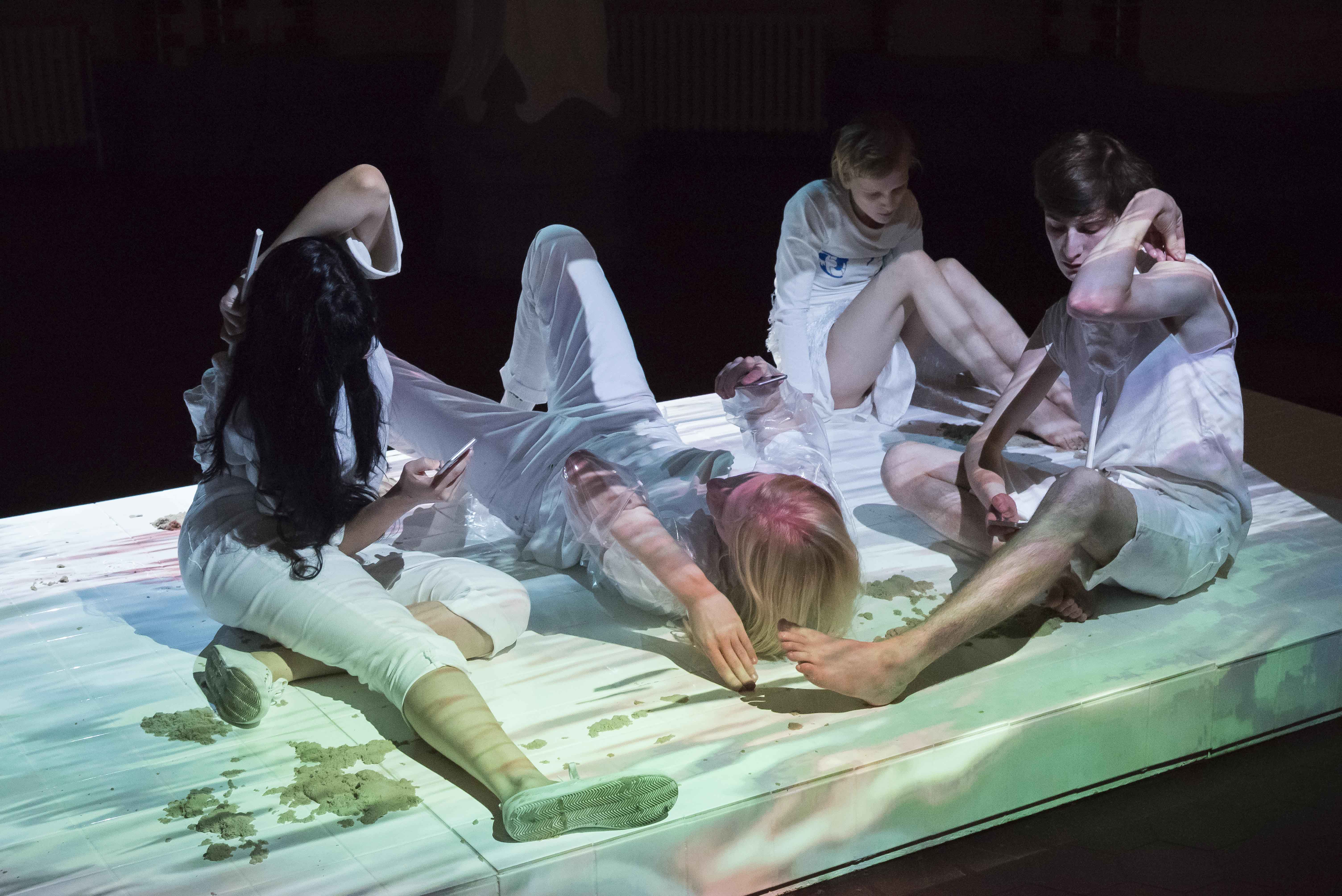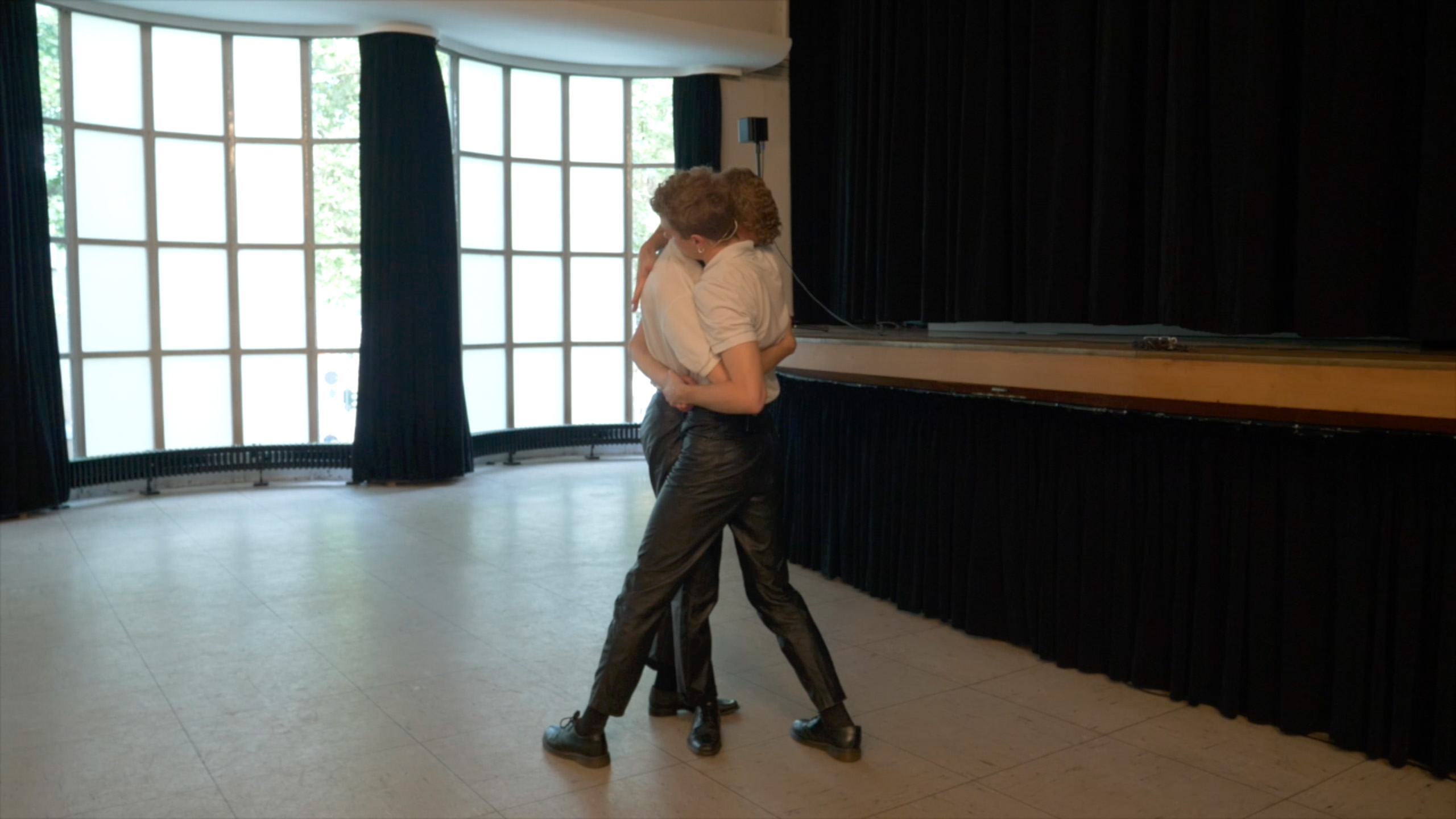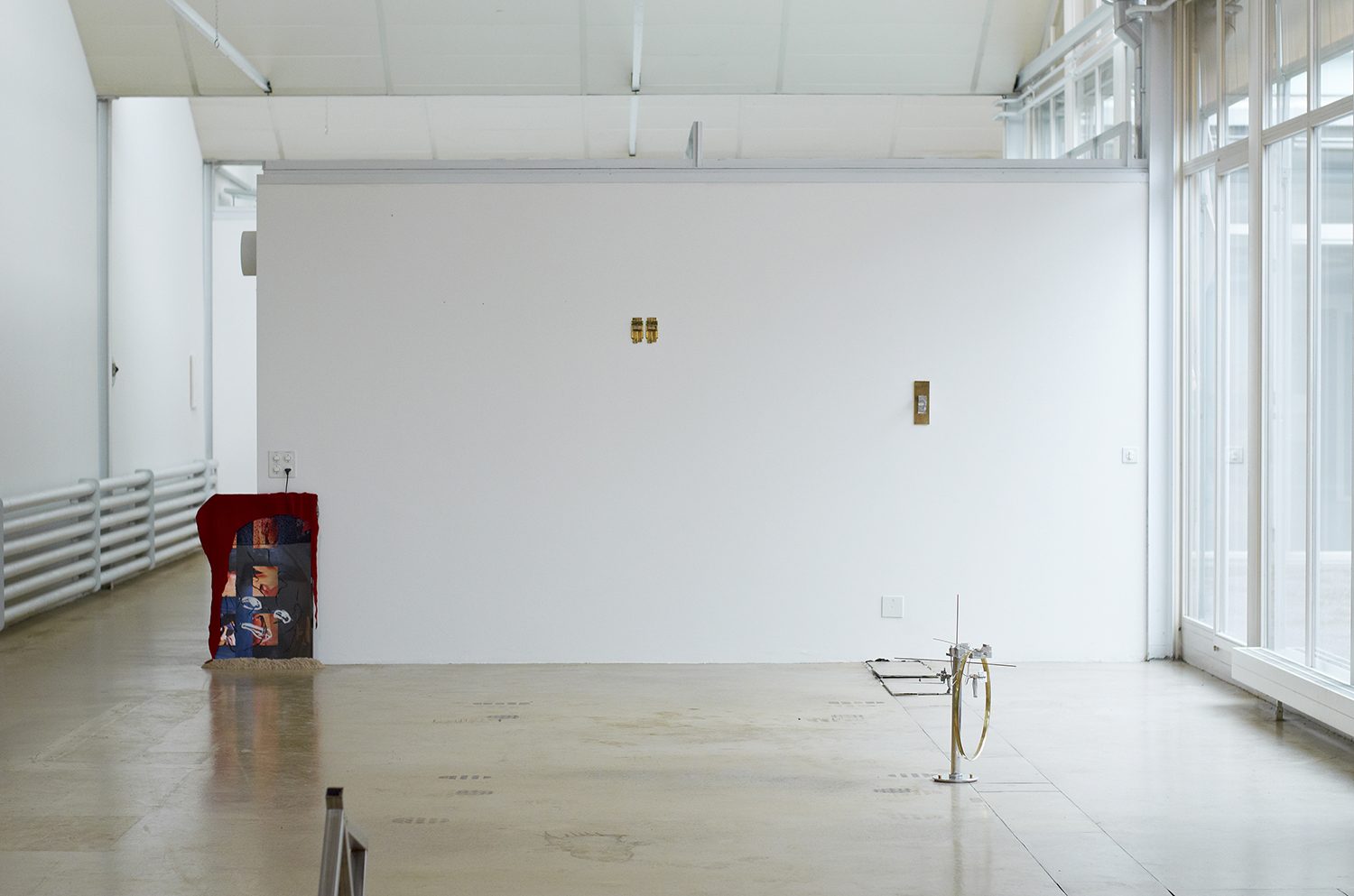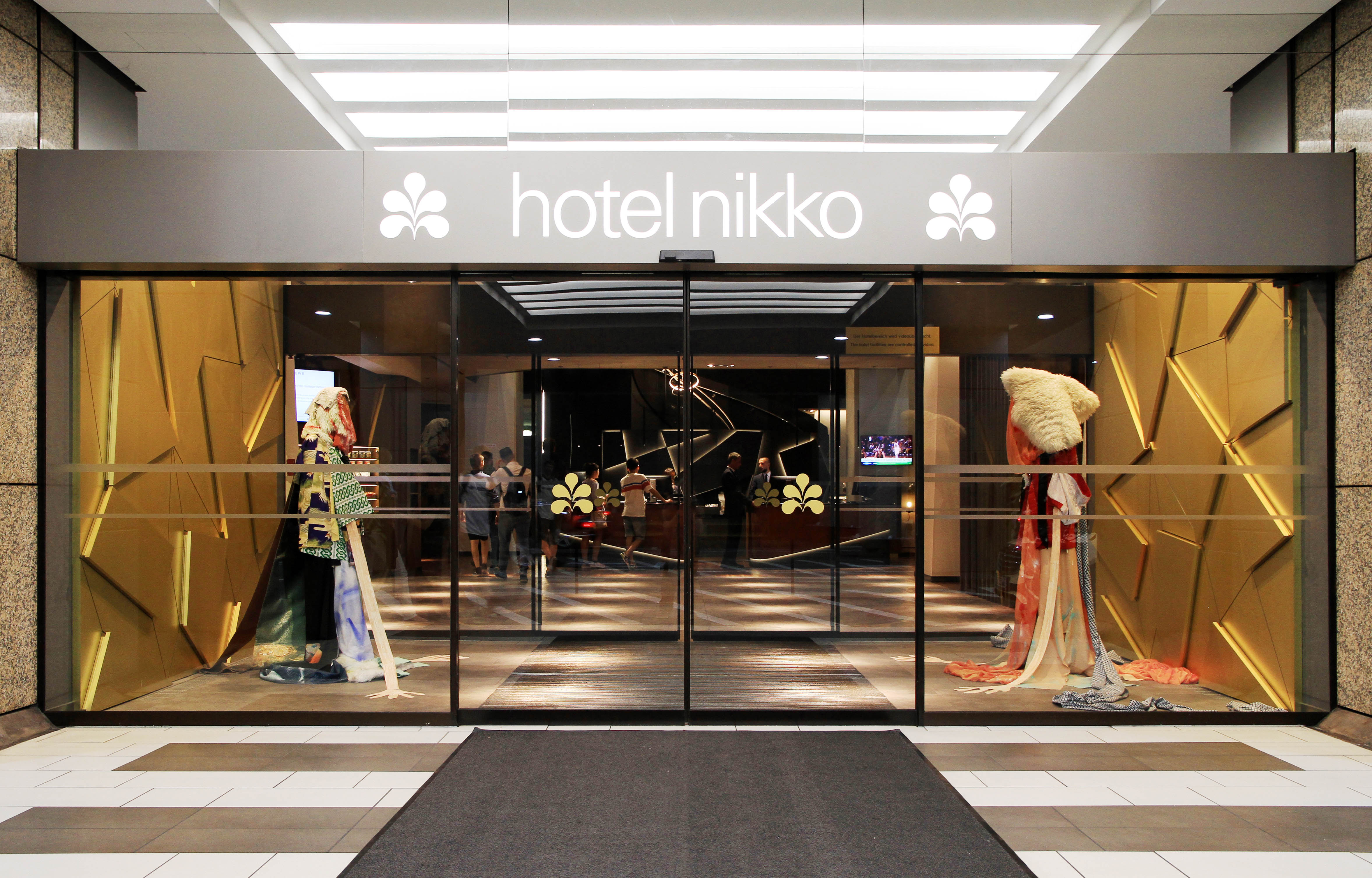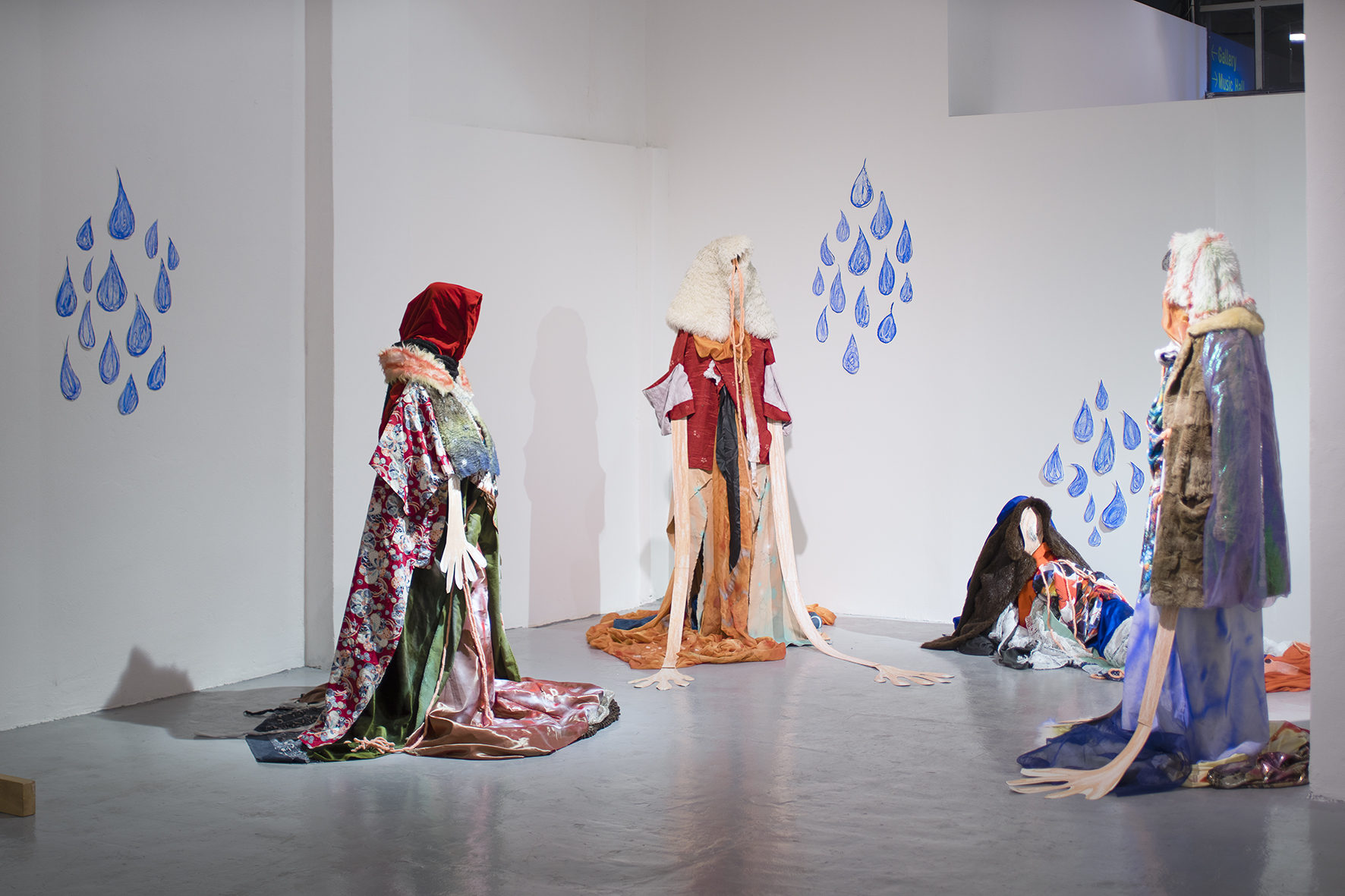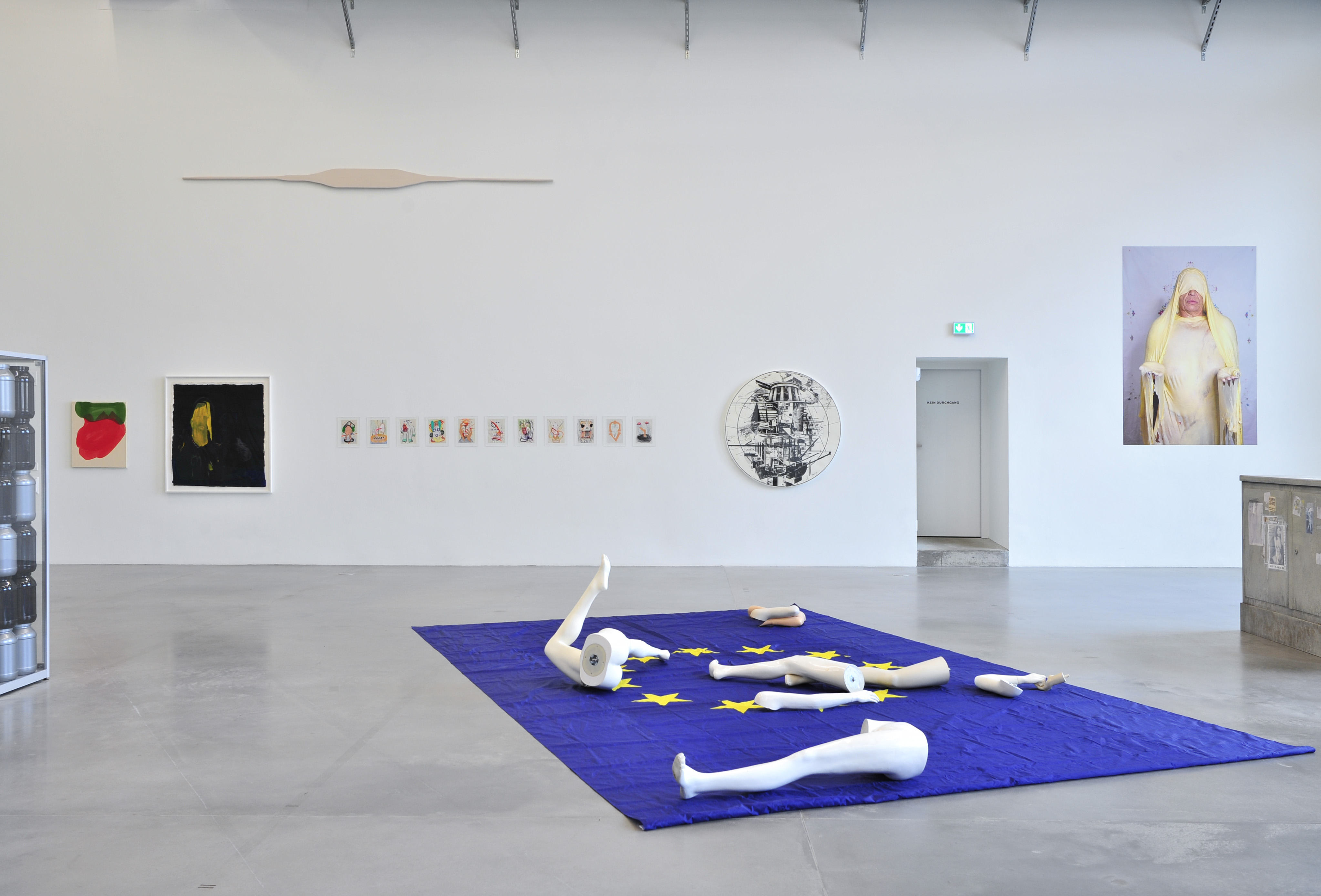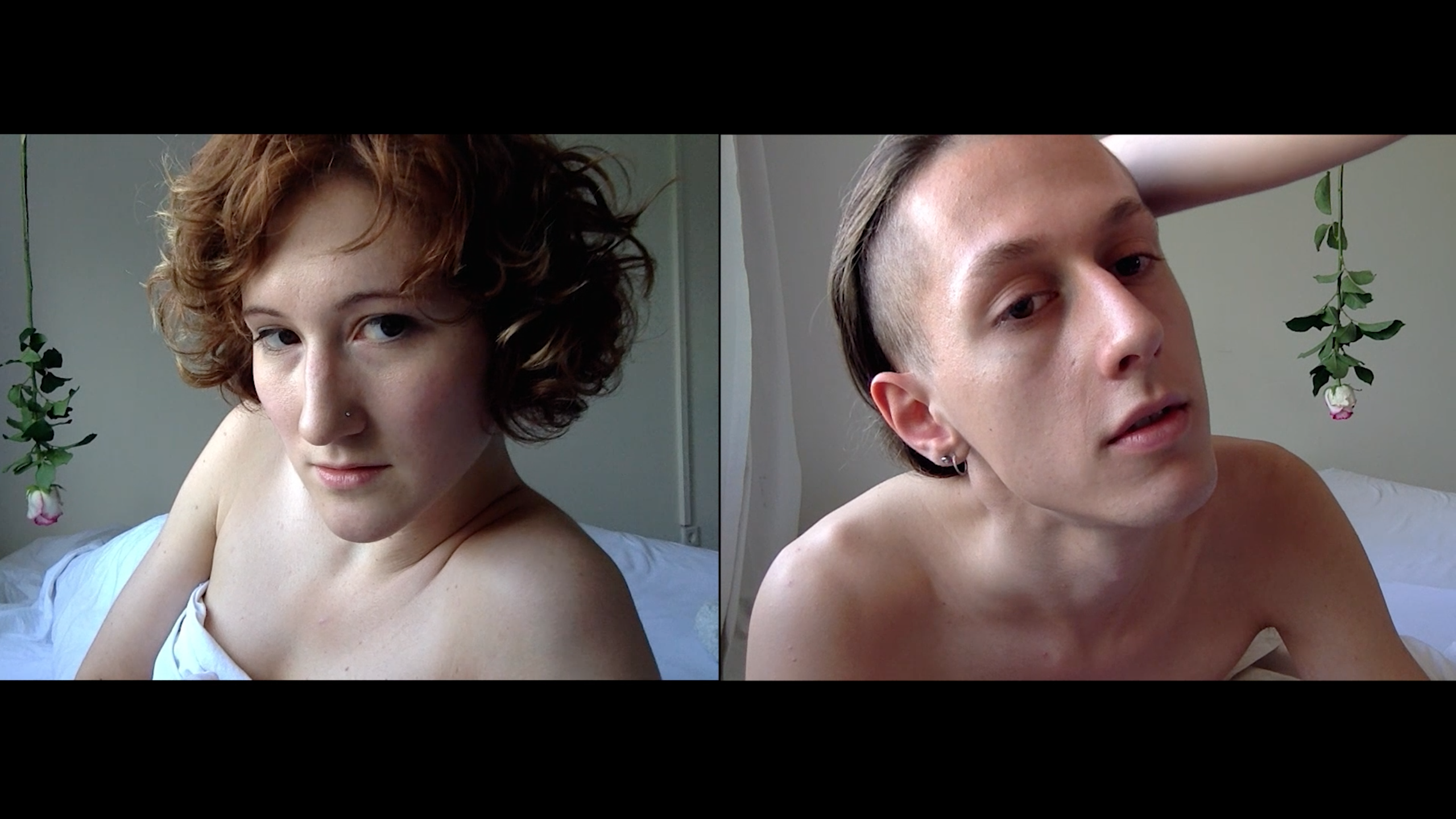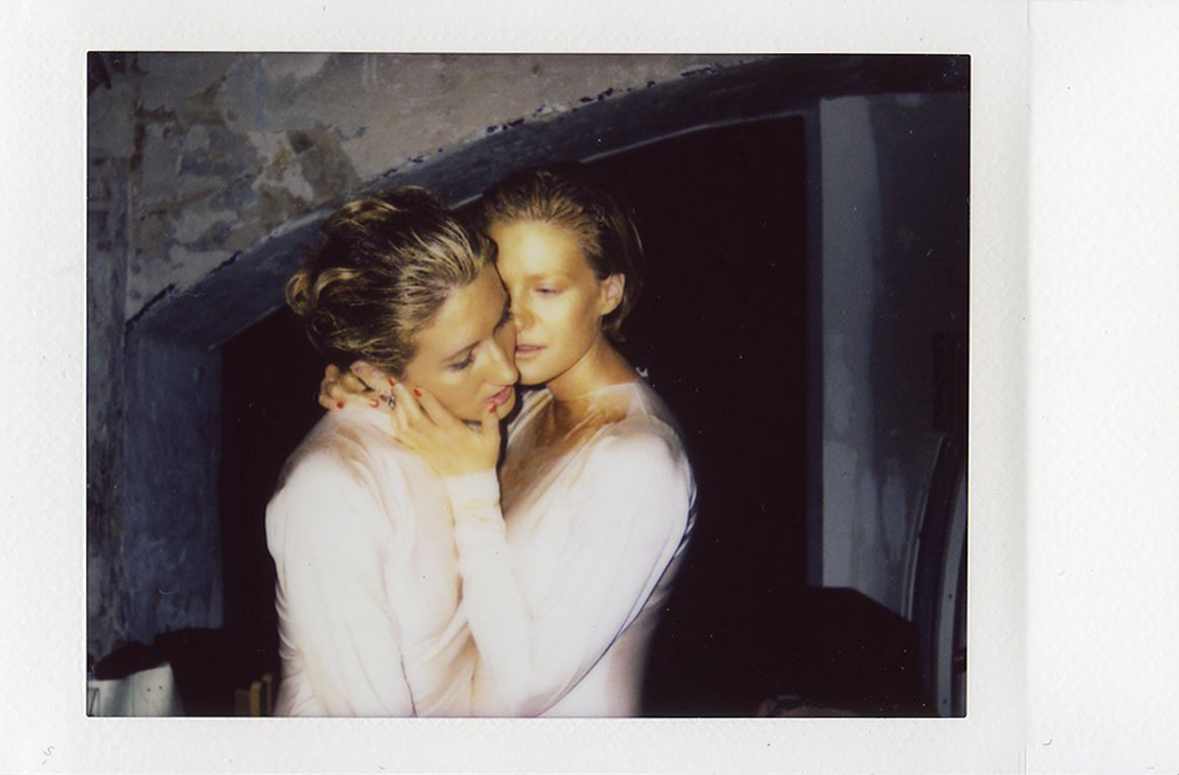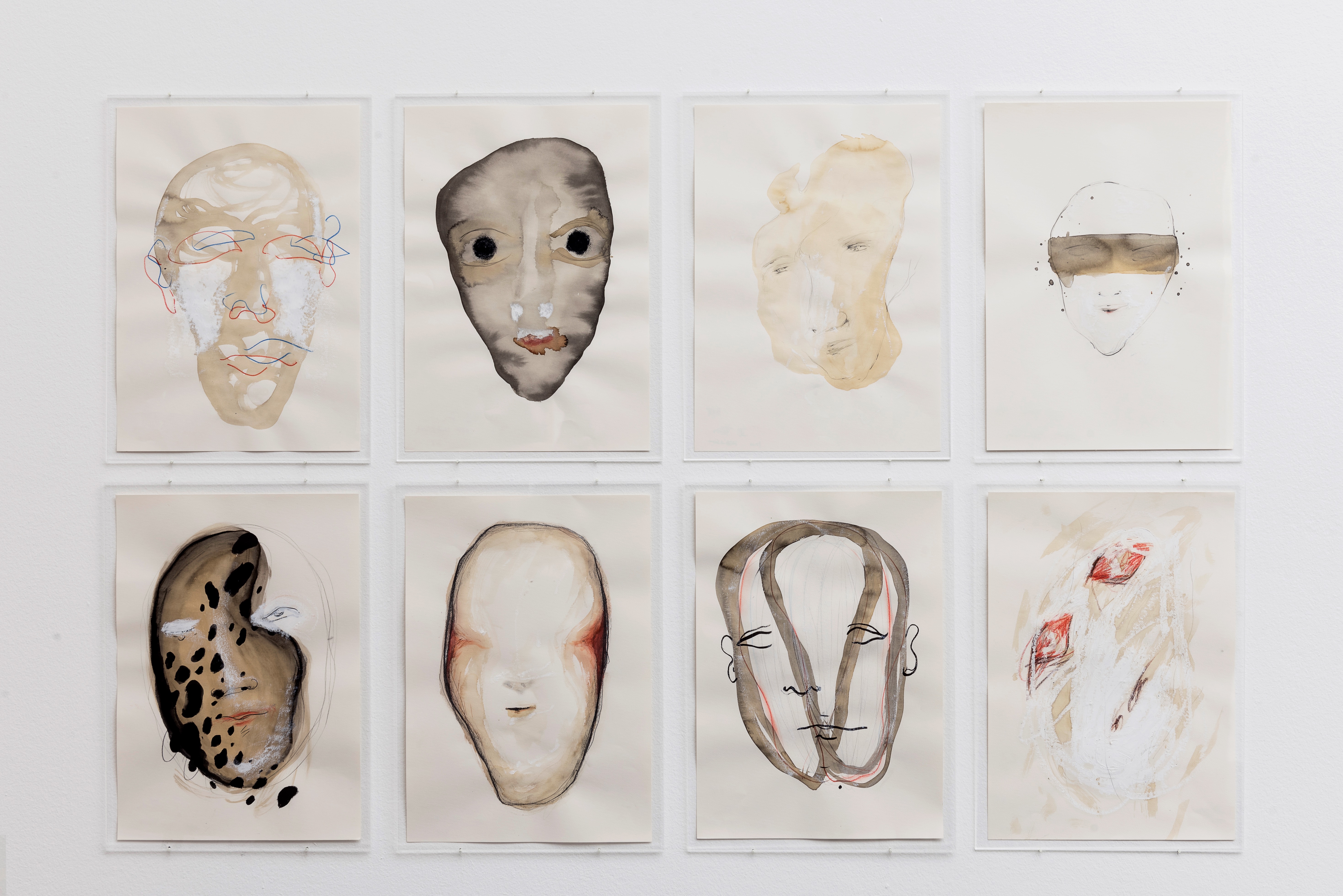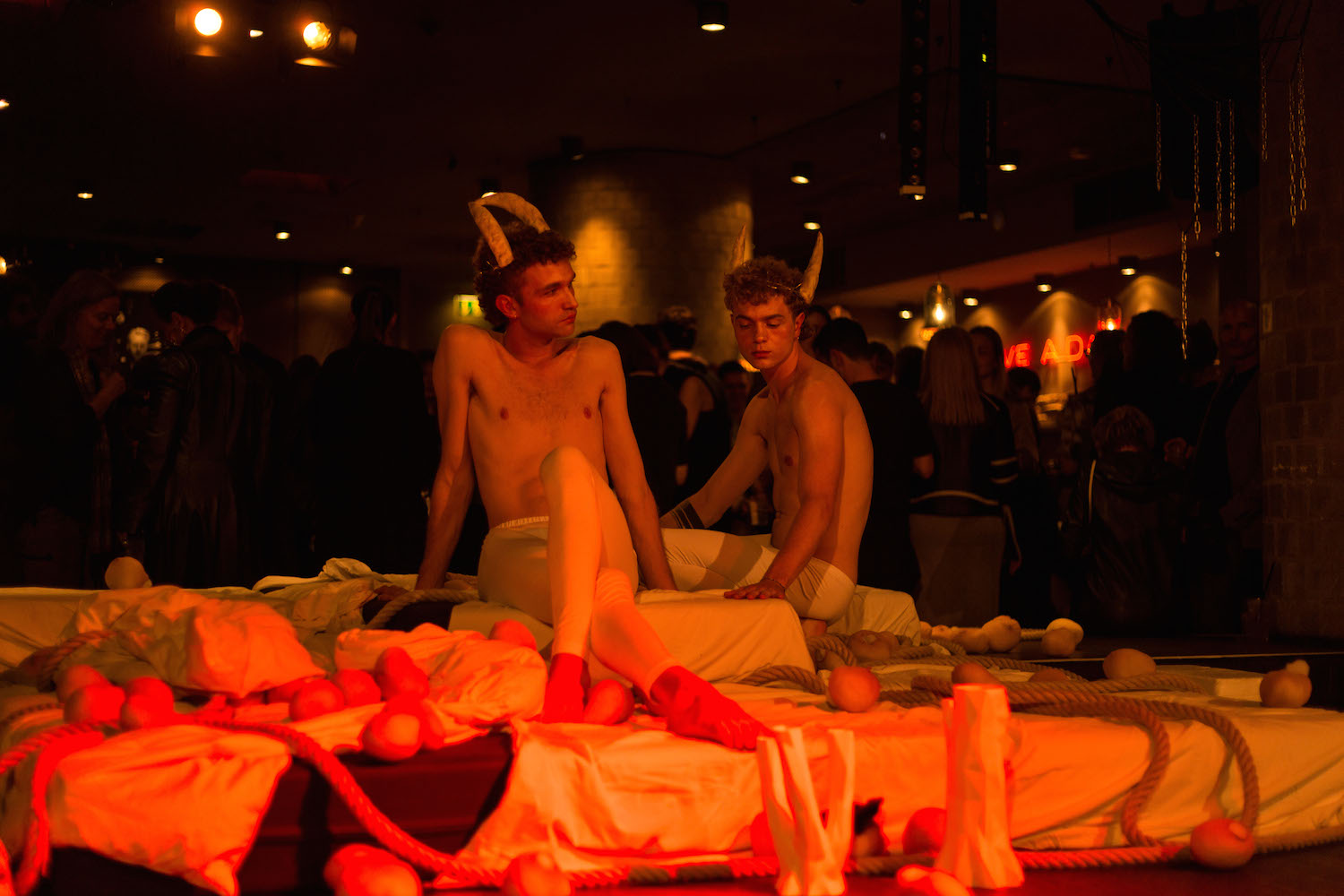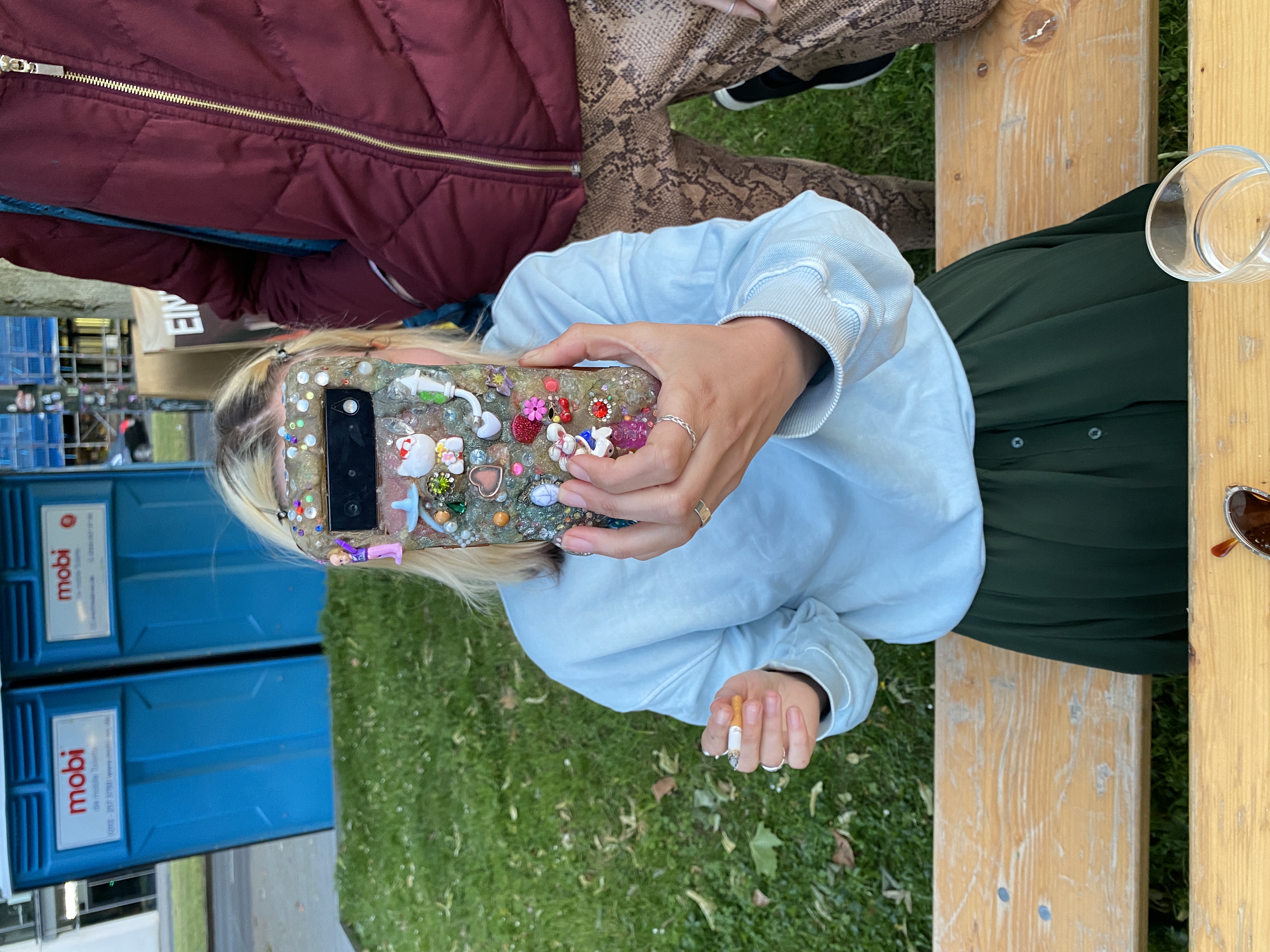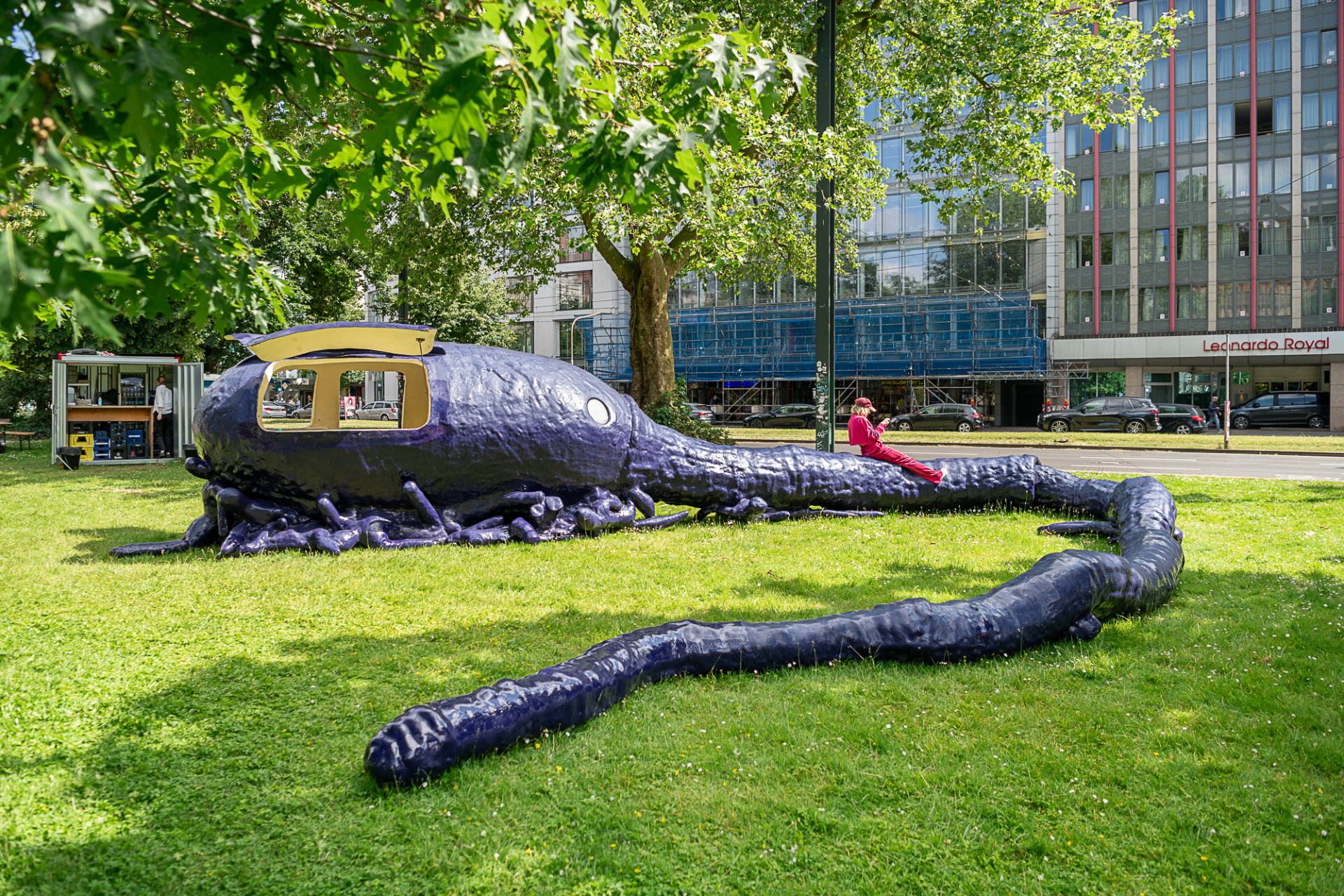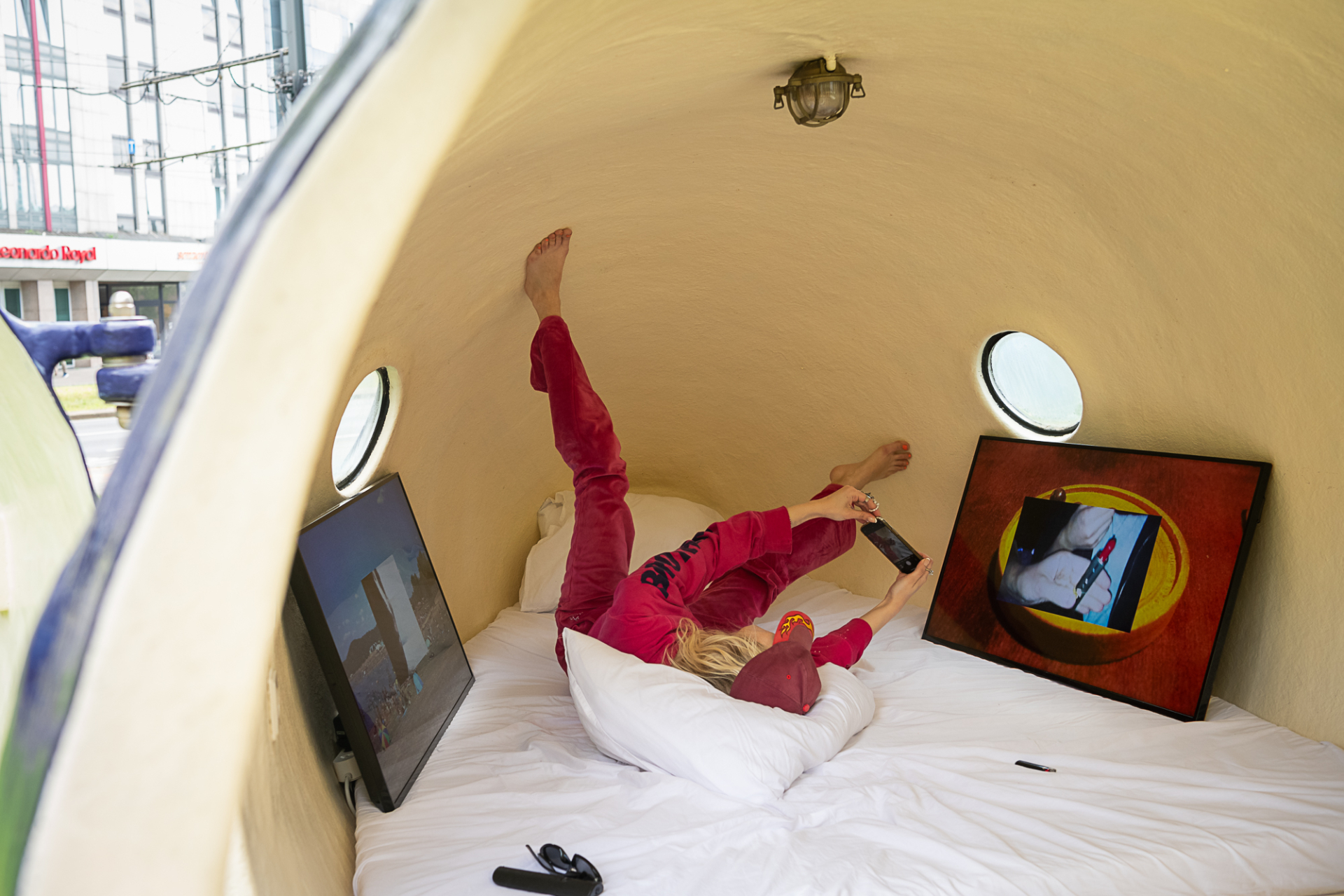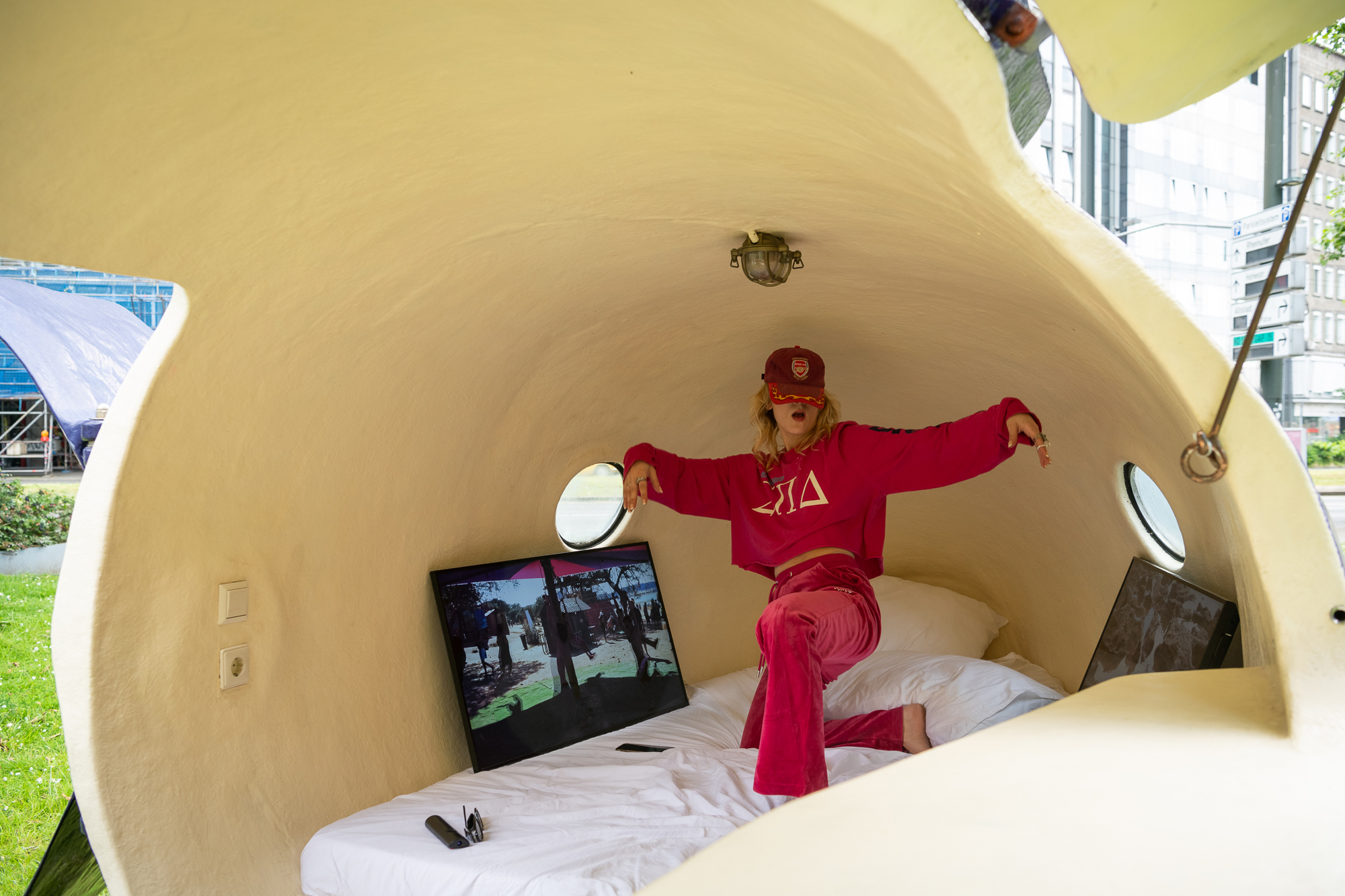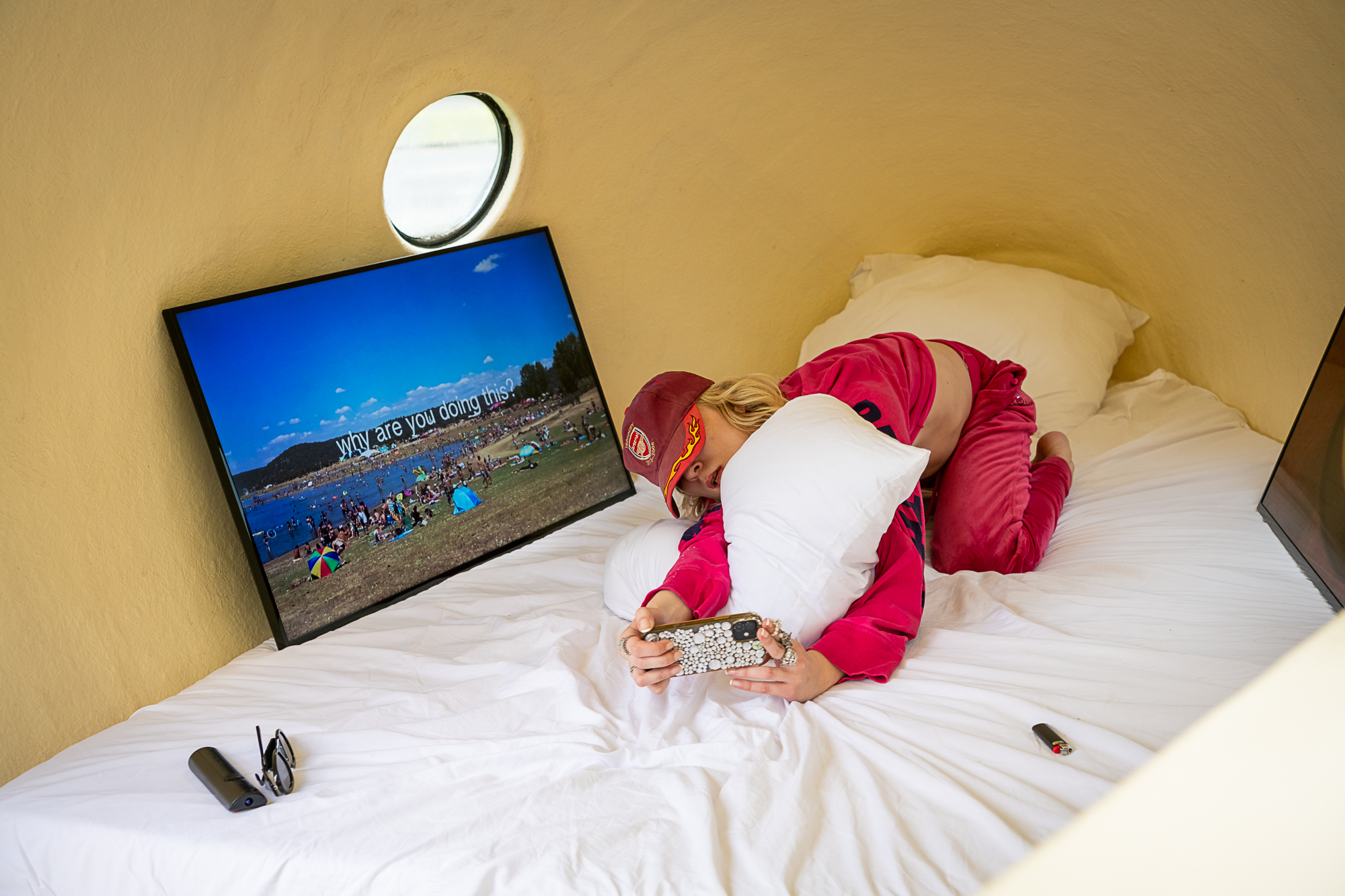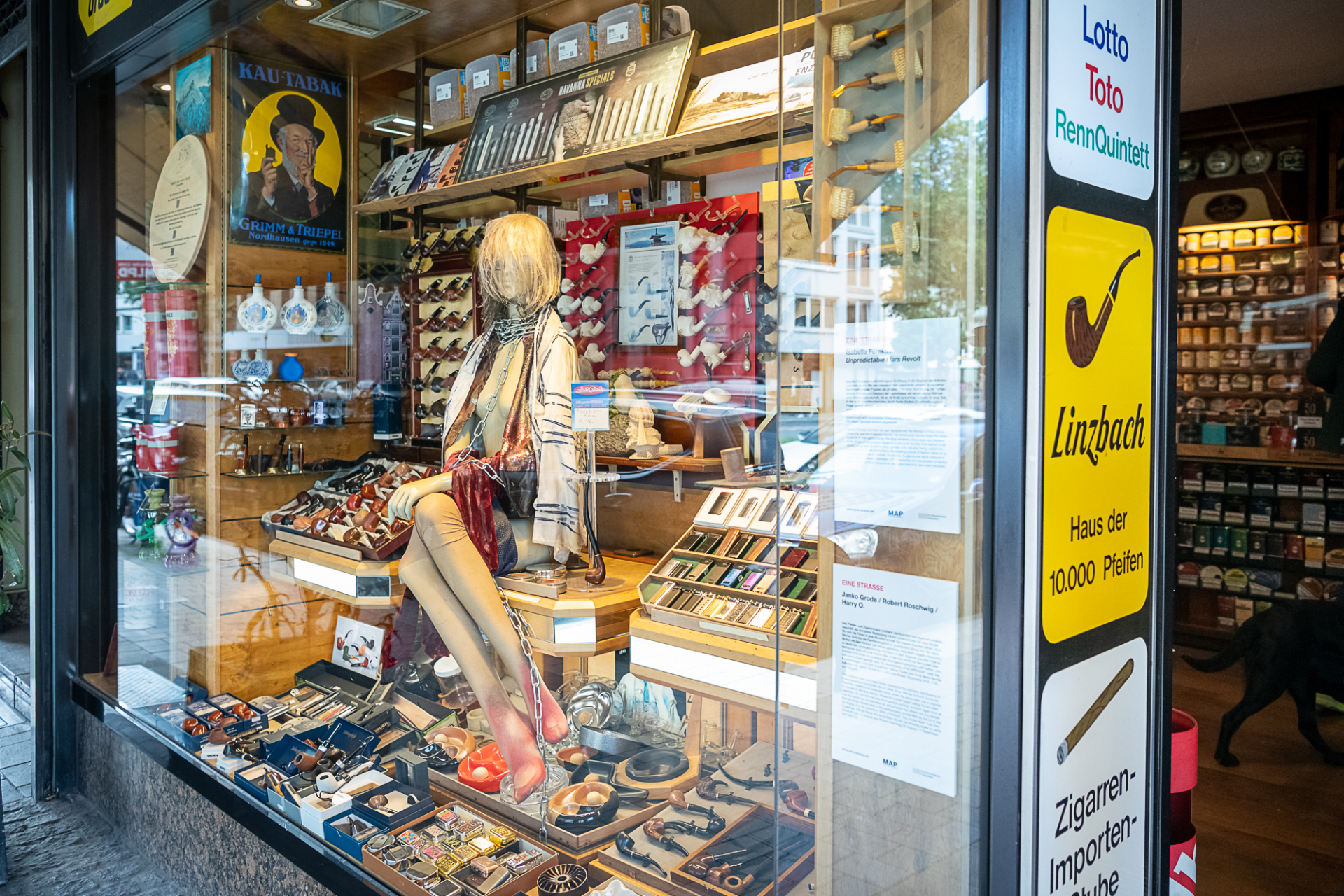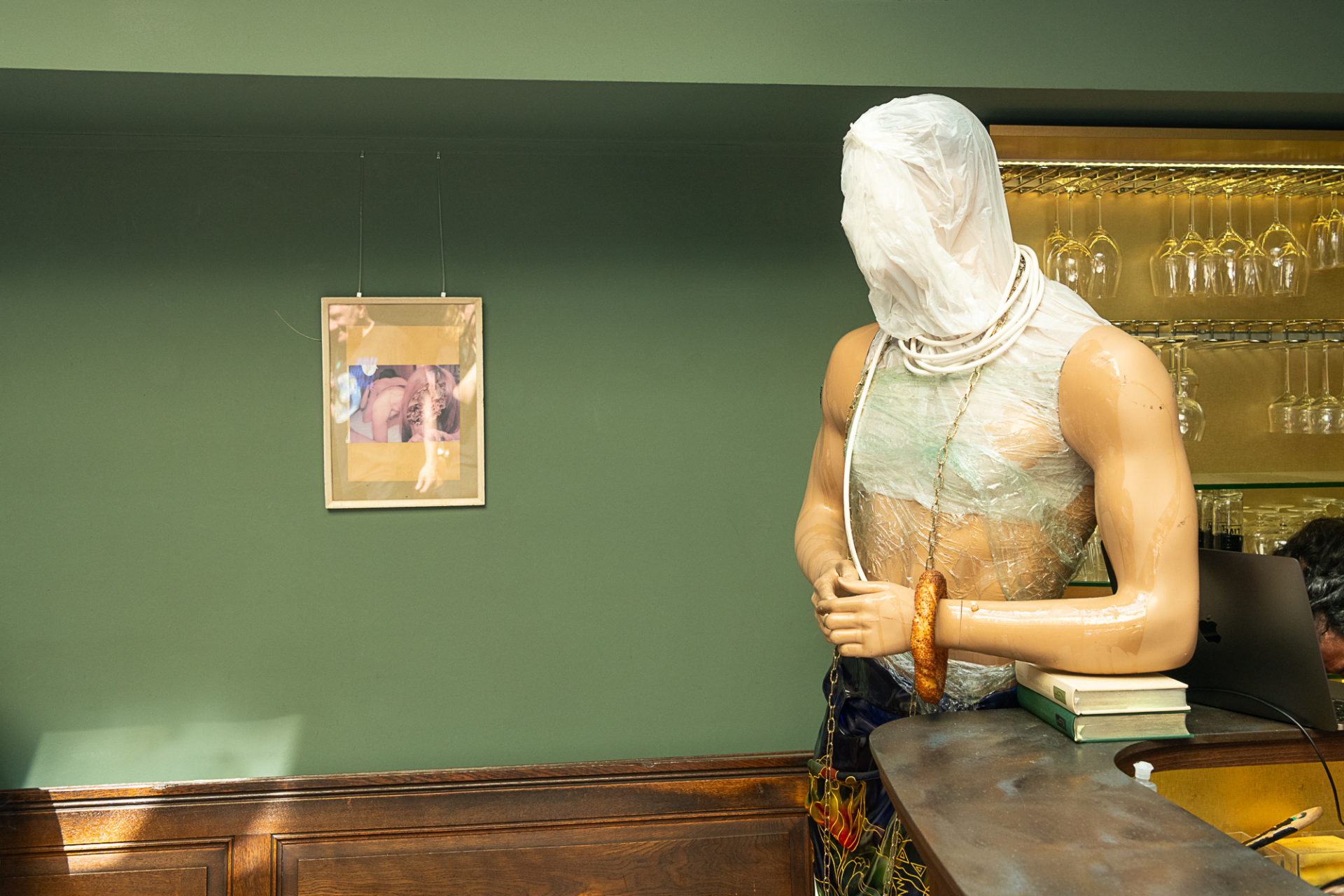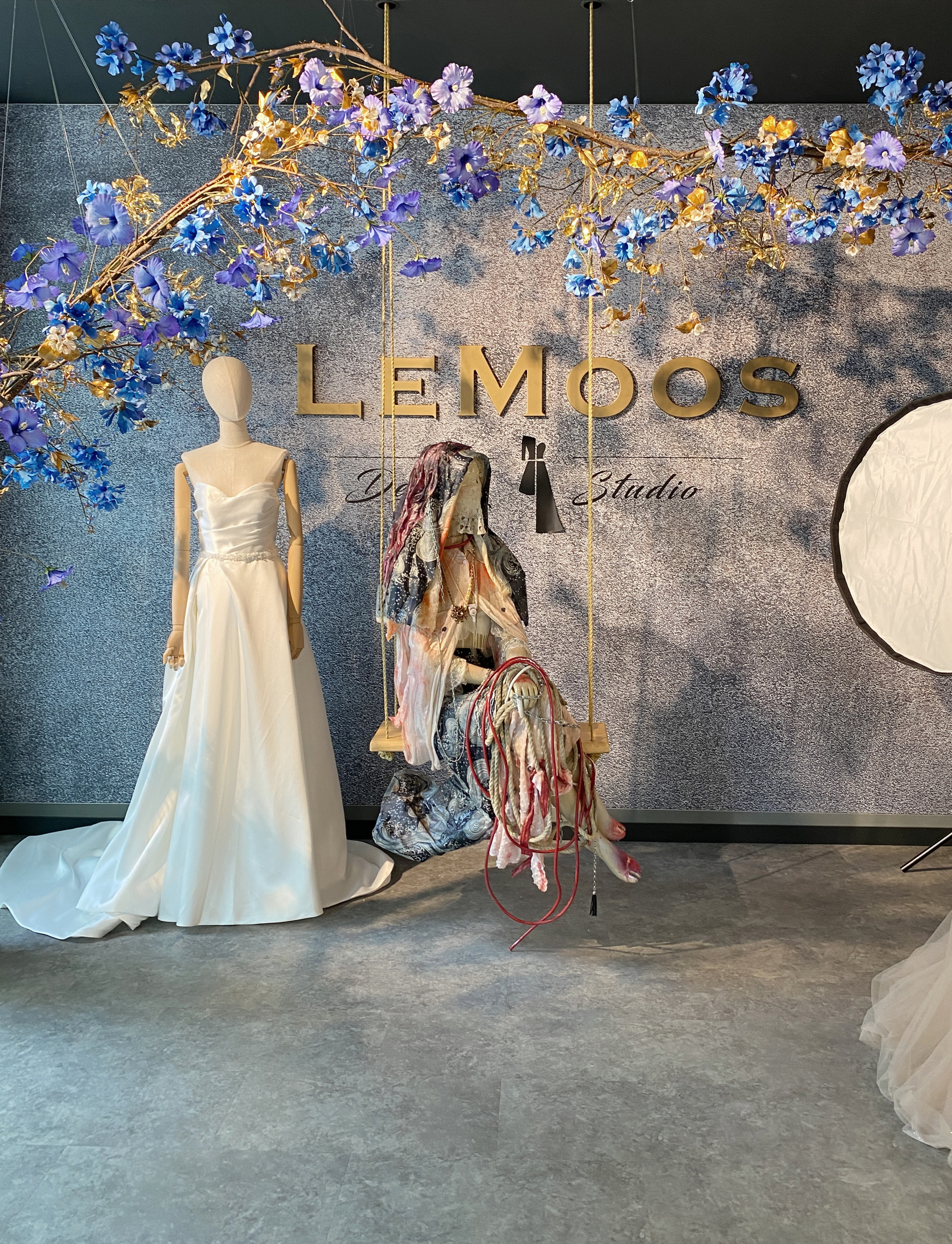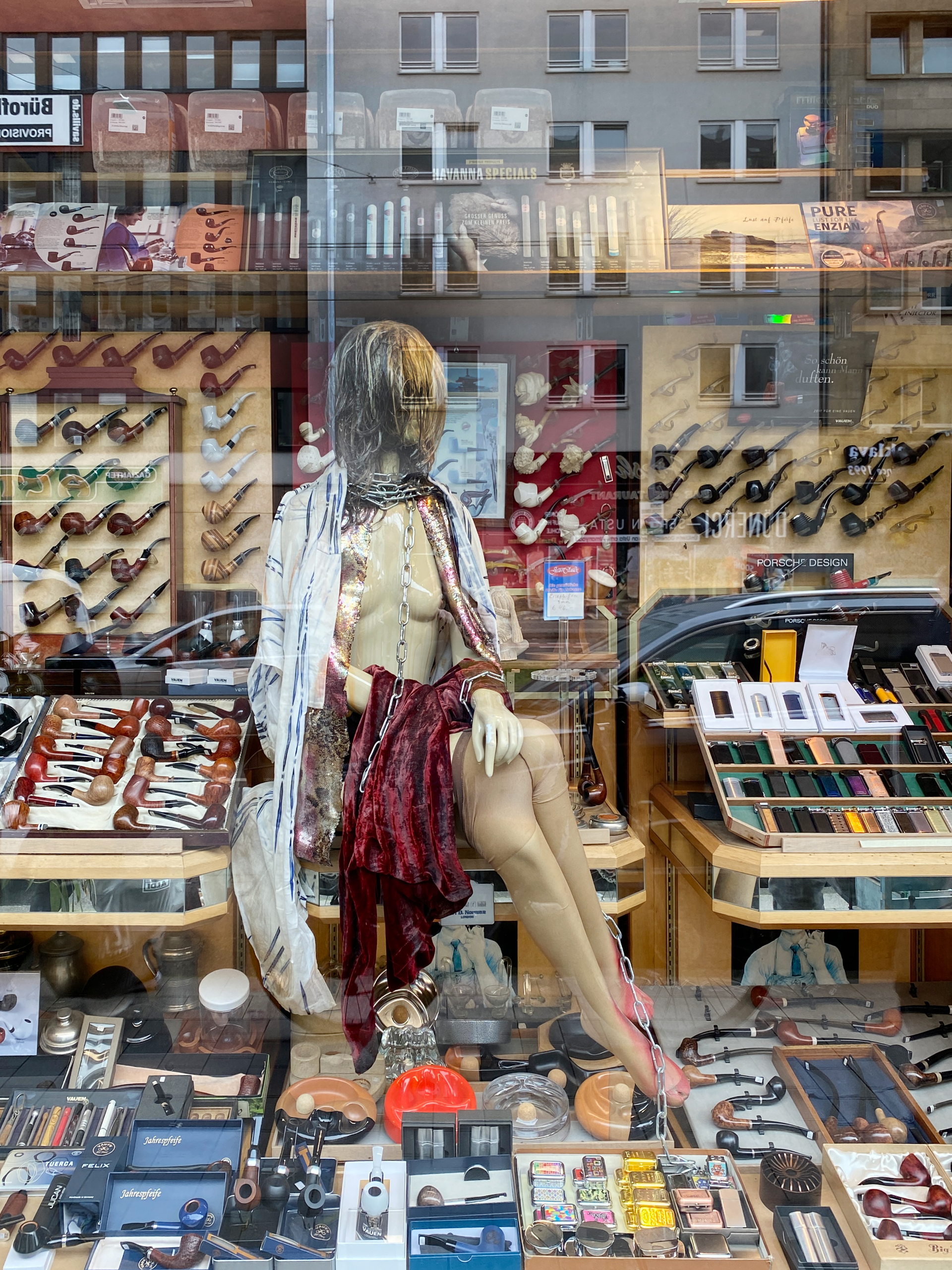Shows
Eine Strasse
Place: Markus Ambach Projekte, Düsseldorf
Date: -
Performed by: Marlene Kollender
Artists: Ortolana, Christoph Schäfer, Katharina Sieverding, Claus Föttinger, Isabella Fürnkäs, Manuel Graf, Atelier Van Lieshout, Catherina Cramer, Henning Fehr, Barbara Kempnich, Dirk Sauerborn, Jan Lemitz, Martin Pfeifle, KUNSTrePUBLIK, Der Plan, Andreas Wegner, Moritz Riesenbeck kuratiert von 701 e.V, Pyrolator in Coop mit Setareh X
Curated by: Markus Ambach Projekte
Works: Unpredictable Liars Revolt, Vice Versa
As a prominent route from the main railway station to the Rhine, Graf-Adolf-Strasse harbours great potential, but also classic inner-city problems. Originally conceived as a large civic boulevard, it was divided up into individual sub-areas in the 1960s in the spirit of the car-friendly city. Today it is home to a disjointed conglomerate of shopping streets and cultural institutions, small parks and the last inner-city residential areas.
Vacant shops and abandoned business addresses reflect the current problems of city centres. Monocultural consumerism, competition with online retail and the consequences of the coronavirus pandemic are causing city centres to continue to bleed out. Graf-Adolf-Straße is also suffering from the high volume of traffic.
Isabella Fürnkäs’ Unpredictable Liars are accompanying our exhibition projects for the third time now. In this series—continuously developed from show to show and from place to place—they draw a subtle arc through a variety of urban typologies and sites of social significance. In EINE STRASSE, it is especially committed family-run and individual businesses, which long shaped the once bourgeois grand boulevard, that provide an urban stage for the ensemble of figures. When Lena Moos’s bridal fashion is collaged by Fürnkäs into ambivalent figures—draped in veils and cable strands, seated on a wedding swing—two cultures intertwine in a bold game of mistaken identity and indistinguishability. The figure arranged at Linzbach in the time-honored pipe-decorated setting—wearing garters and a (barrier) chain—not only challenges the staff, but also makes people wonder in the workwear store directly on the Kö how repurposed DIY supplies could become opulent adornments.
With all its intended ambiguities and potential for confusion, Fürnkäs interprets the commercialized urban space—seemingly marked by vacancy and decline—as both a relic and a stage of a production-based society that appears to be nearing its end. However, the continuity of the three exhibitions also reveals a now permanently postponed exodus of that society, which—given its recent revivals in arms races and war production—is taking a dangerous turn toward a toxic economy more willing to drag the world into the abyss than change itself. Fürnkäs’ post-human figures accompany this development as silent witnesses, commenting on it from their dystopian perspective.
In this situation, the "EINE STRASSE" project asks about the future of the city centre as the centre of a solidary urban community, as a living space of urban society. How can inner-city neighbourhoods develop as complex urban spaces that reflect the diversity of their heterogeneous residents instead of merely providing consumer-oriented offerings? How can they provide space for a balanced relationship between economy, culture and social engagement in order to bring together residents, committed business owners and cultural actors?
The project poses these questions together with the residents of the street, with everyday cultural actors and artists, but also with politicians and other parts of society, in order to search for the city centre of tomorrow in an interdisciplinary dialogue.
Civic engagement plays a special role in this, and is represented in the project through numerous collaborations with initiatives, associations and cultural actors. From Fridays for Future to educational initiatives such as HISPI or franzfreunde to 701 e.V., there is a wide range of organisations that are committed to their city in a variety of ways. Questions about the space we give them in the redesign of city centres must be discussed in order to achieve genuine participation by citizens in their city.
The exhibition shows the first examples of this, inviting visitors to rediscover the fragmented space of Graf-Adolf-Straße as a living urban space. A trail leads along artistic works into hidden niches, to undiscovered places or to small parks and squares that seem to have fallen victim to the dynamics of traffic. Island locations such as Bahnstraße, which Andreas Wegner elevates to a culinary Bermuda triangle with a canopy of banners, as well as those on Schwanenspiegel, into which Moritz Riesenbeck injects another self-sufficient cell, come back into focus. Social hotspots such as the Mintropkiez neighbourhood, where the legendary band "Der Plan" gives a very special concert at the Ellington, or Stresemannplatz, where Christoph Schäfer focuses on the socially committed work of franzfreunde with Düsseldorf's homeless, reveal themselves as necessary places of urban life. Noisy traffic corridors, which Katharina Sieverding confronts with a monumental pictorial frieze and which become a real-life laboratory of the traffic turnaround in the project, are linked to noble shopping boulevards such as the Kö, which the artist collective Ortolana immerses in the scent of money.
Graf-Adolf-Platz will become the new centre of the street with many art projects and will open up new insights into the buildings of its neighbours, such as GAP 15 or Kreissparkasse Düsseldorf, with special exhibitions. A billboard curated by Pola Sieverding measures the still undeveloped side of the square, while an audio walk by local protagonists Barbara Kempnich and Dirk Sauerborn invites you to get to know the entire street and its residents in 27 interviews in order to understand why they see Graf-Adolf-Straße as their home.
The theme of home is a particular focus of the project. The ambivalent term, which originally only describes the "first place" in the world - a place that can be abandoned, inhabited, lost or found again - urgently needs to be updated. In the "Performing Homes" programme, EINE STRASSE explores precisely those perspectives that offer new insights and experiences. Perspectives from the LGBTQ+ community, migrant experiences and ecological issues in particular promise to transform the concept towards a world that is understood as a shared home for all.
The exhibition will be accompanied by an extensive programme of events, performances, concerts and city tours as well as partner projects from local residents such as K21 to Zigarrenhaus Linzbach. Everyone is invited to discover a street that is now only perceived as a traffic corridor as a complex urban space that must be rethought in the future.
- Text by Markus Ambach
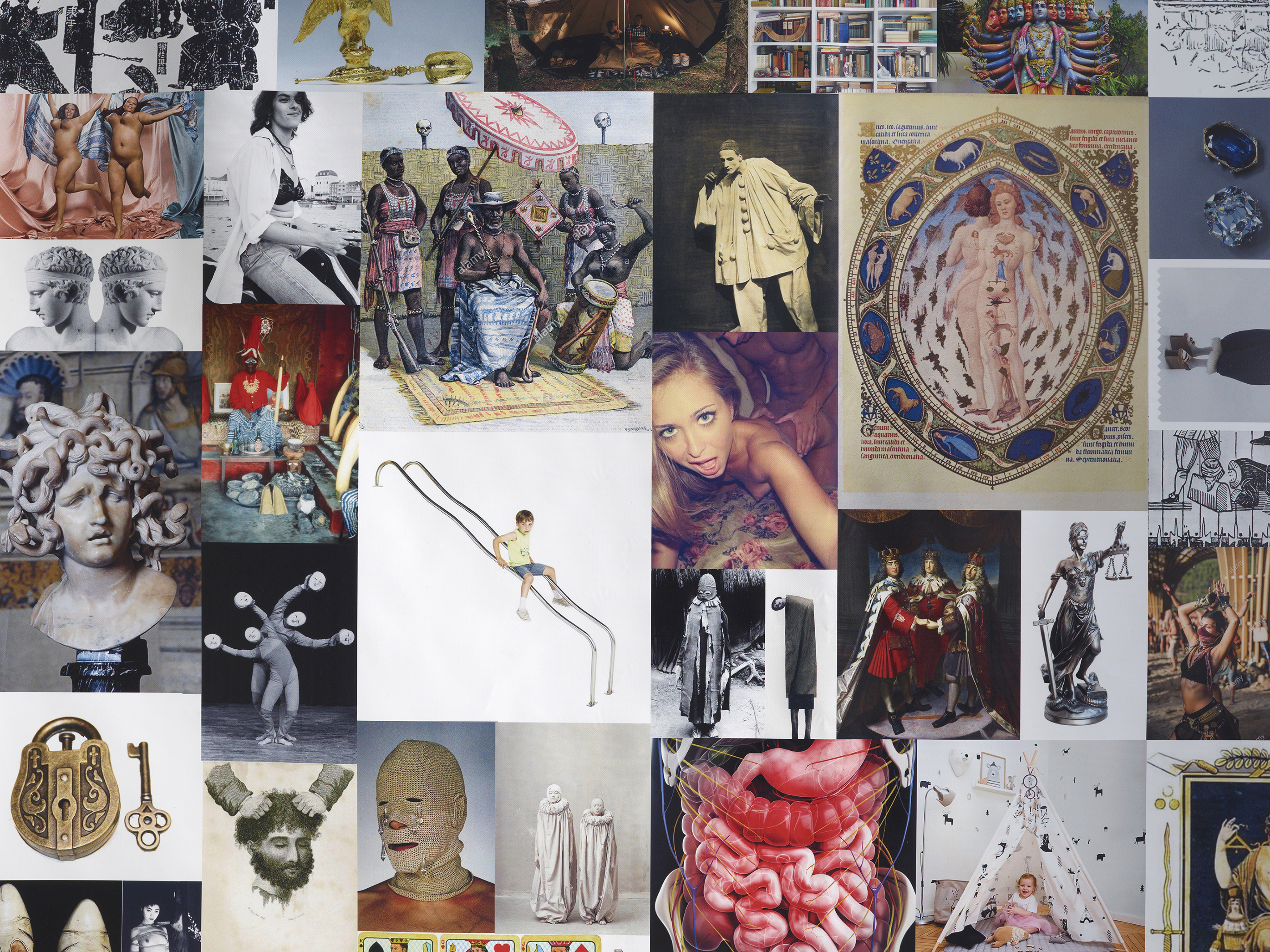

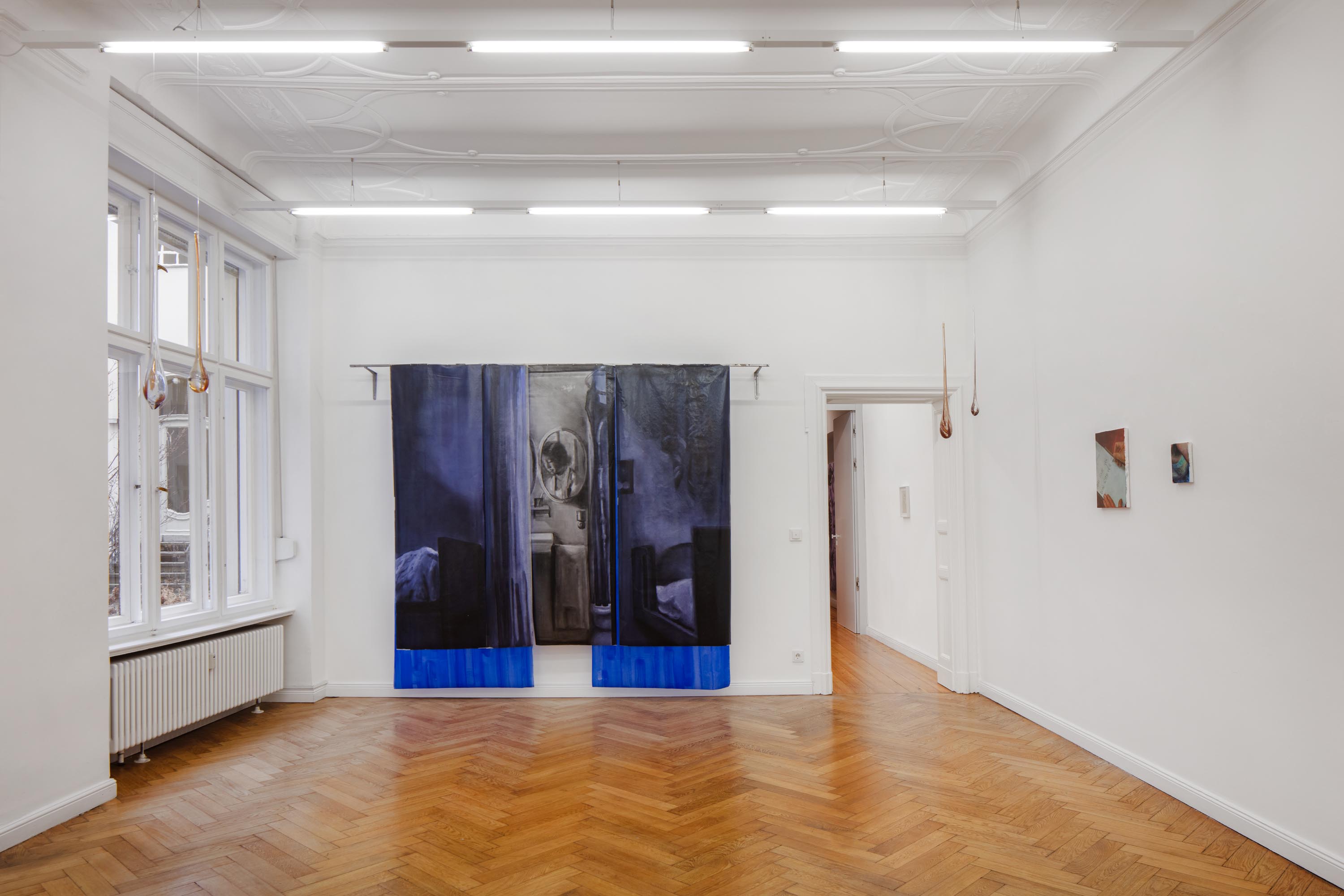

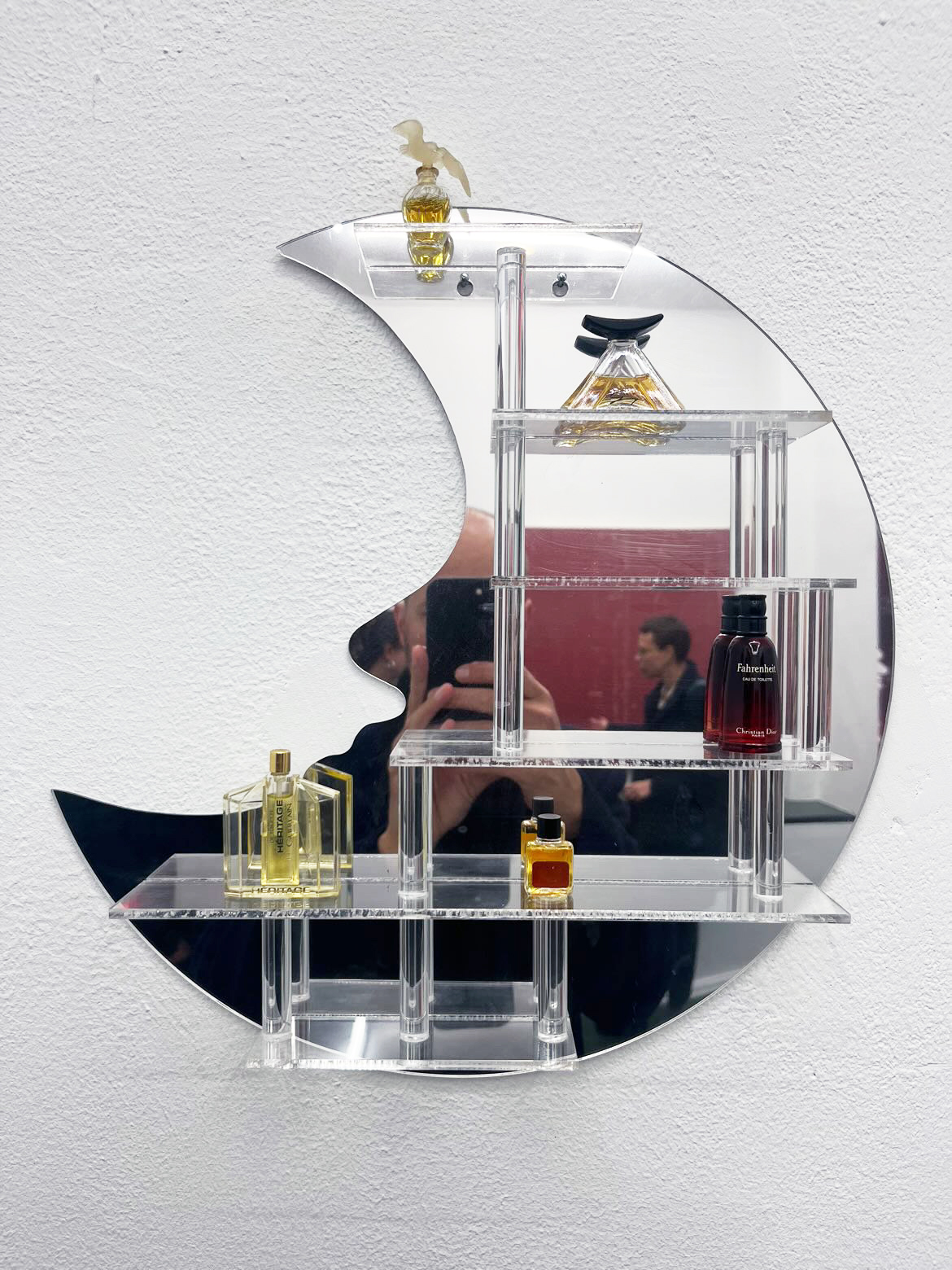
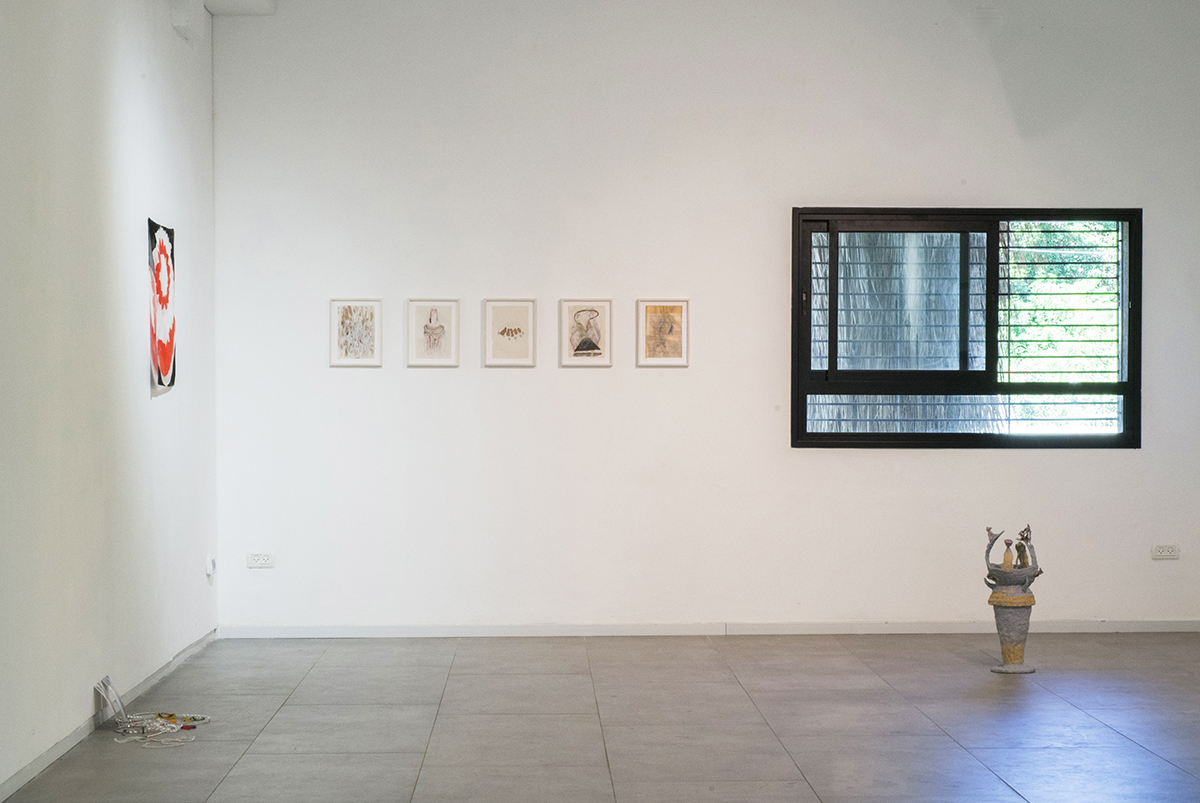
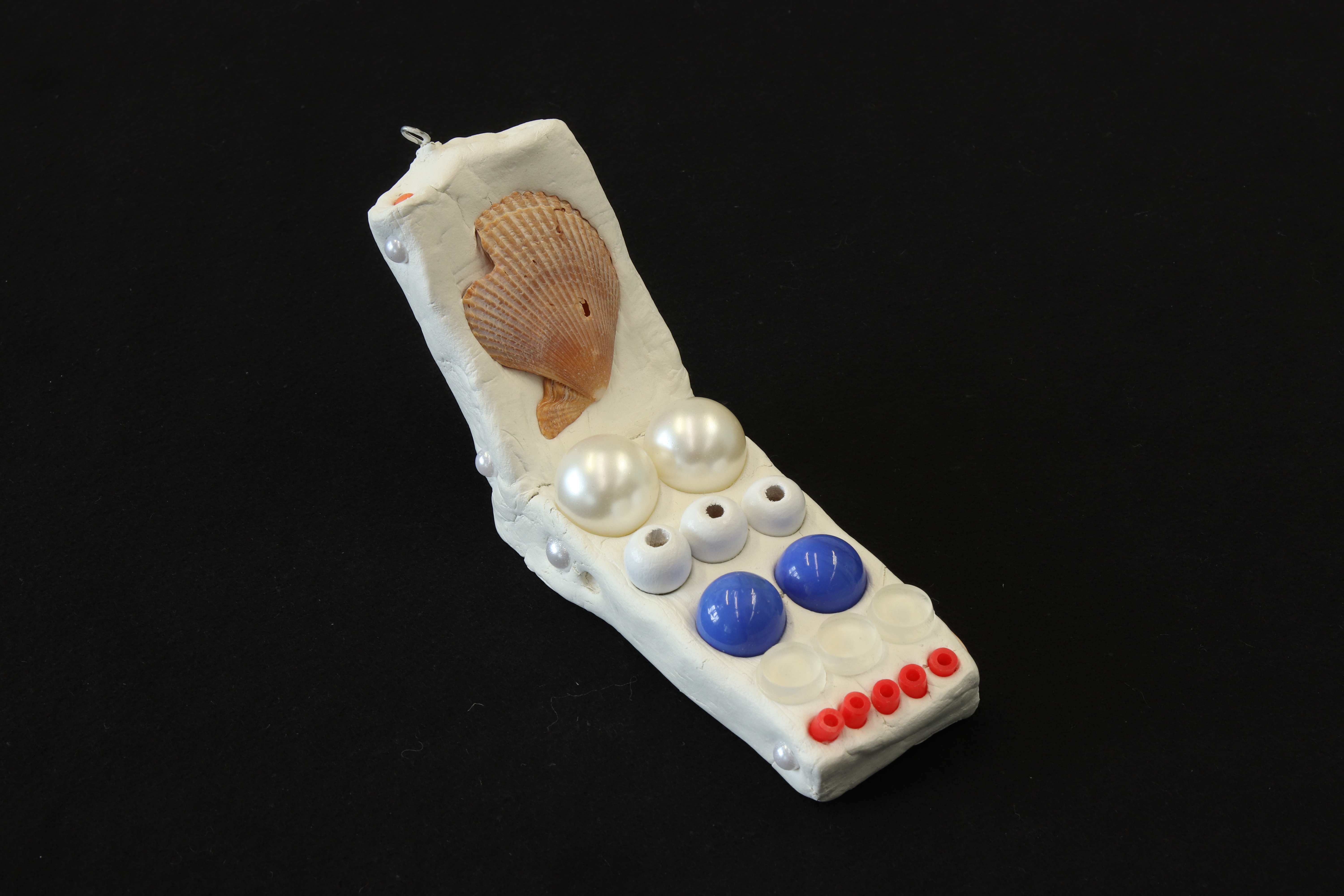
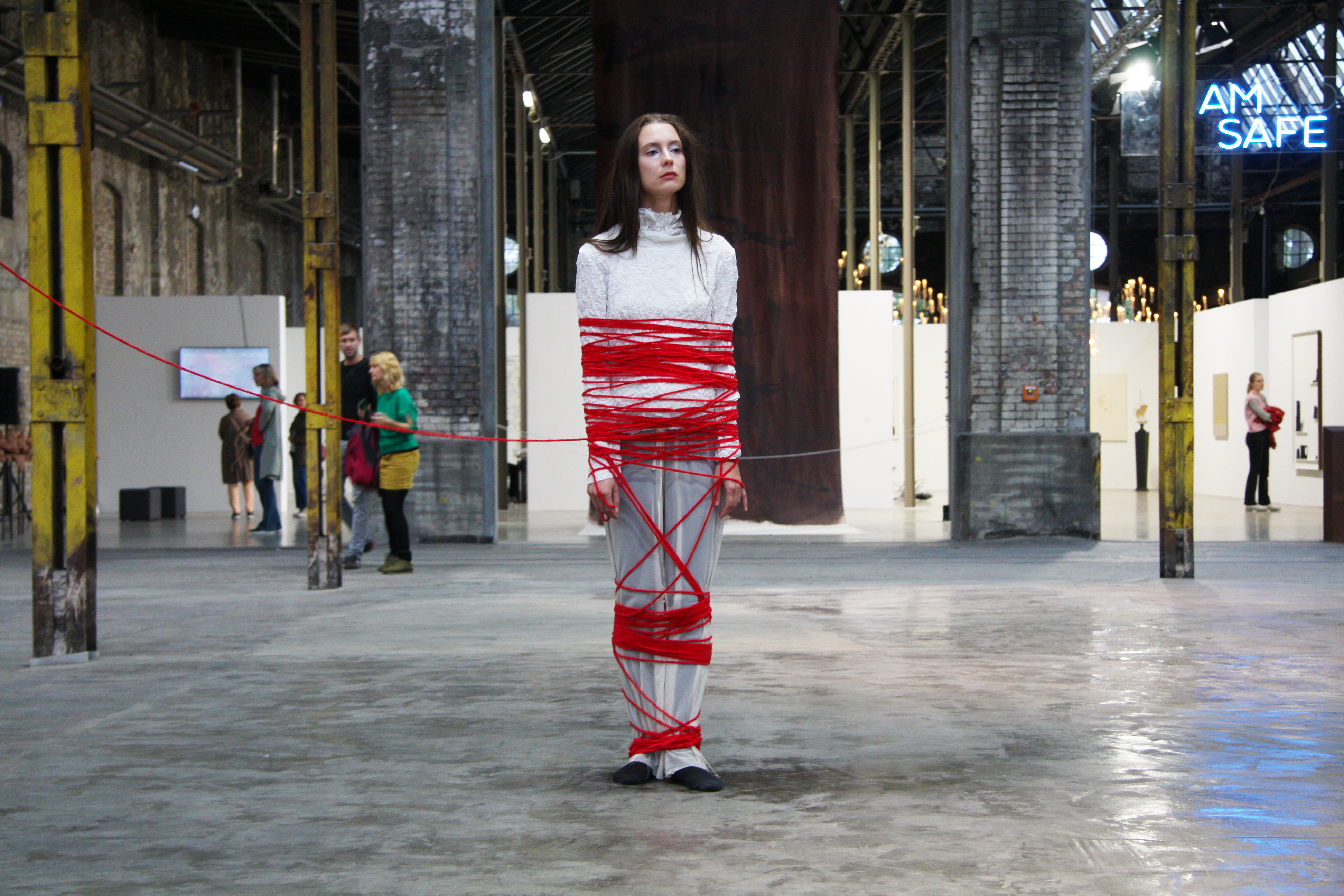
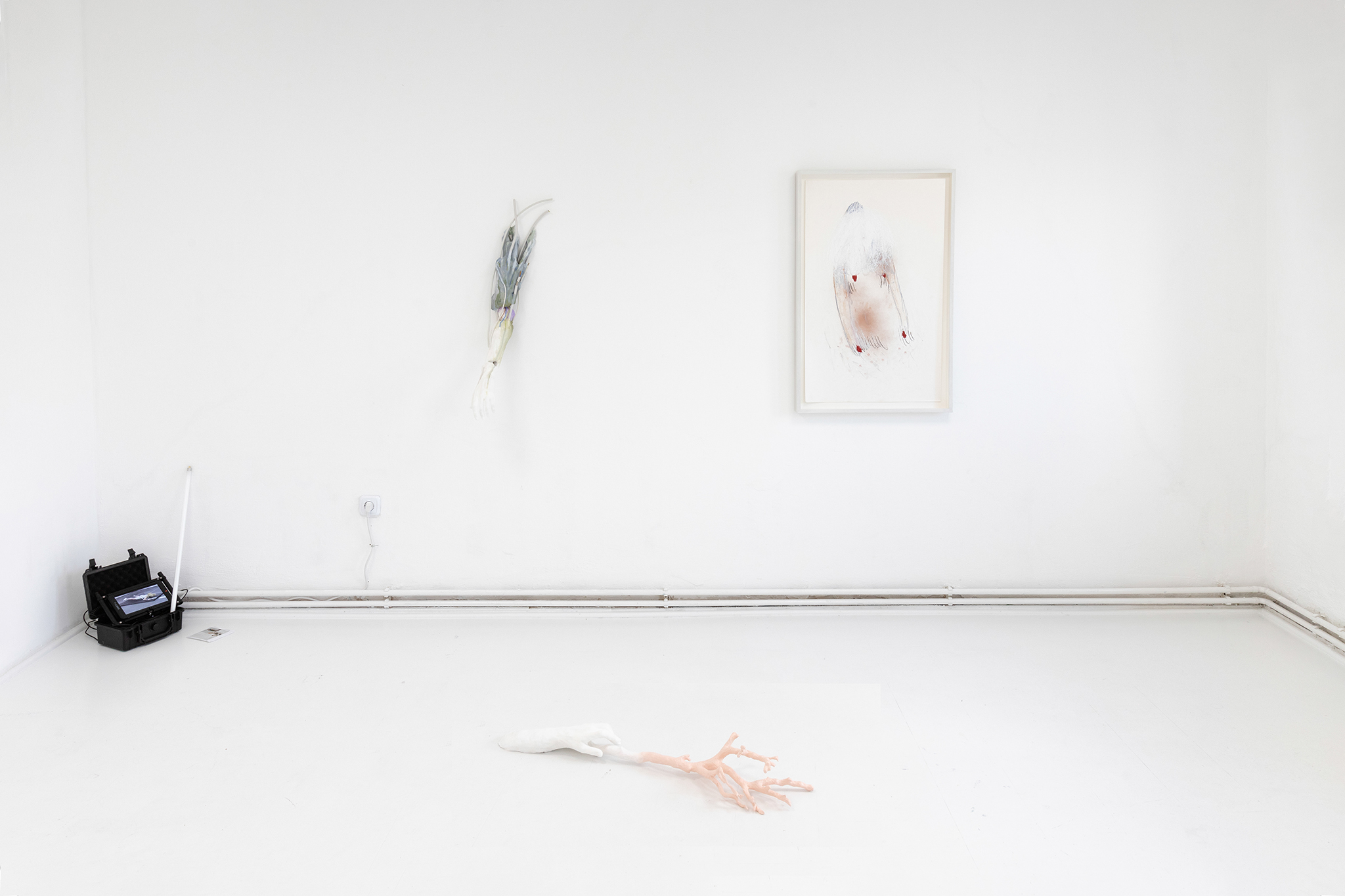
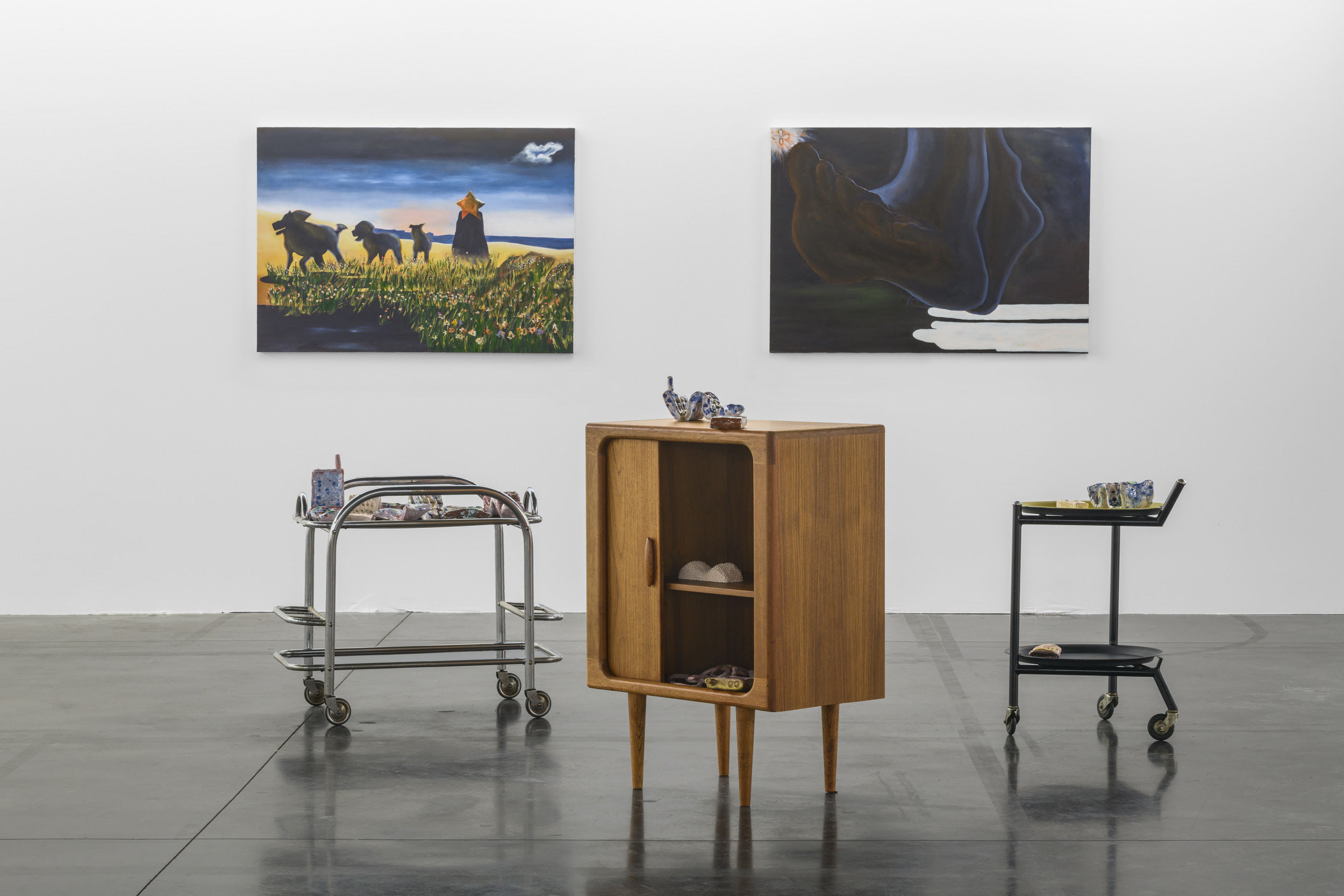
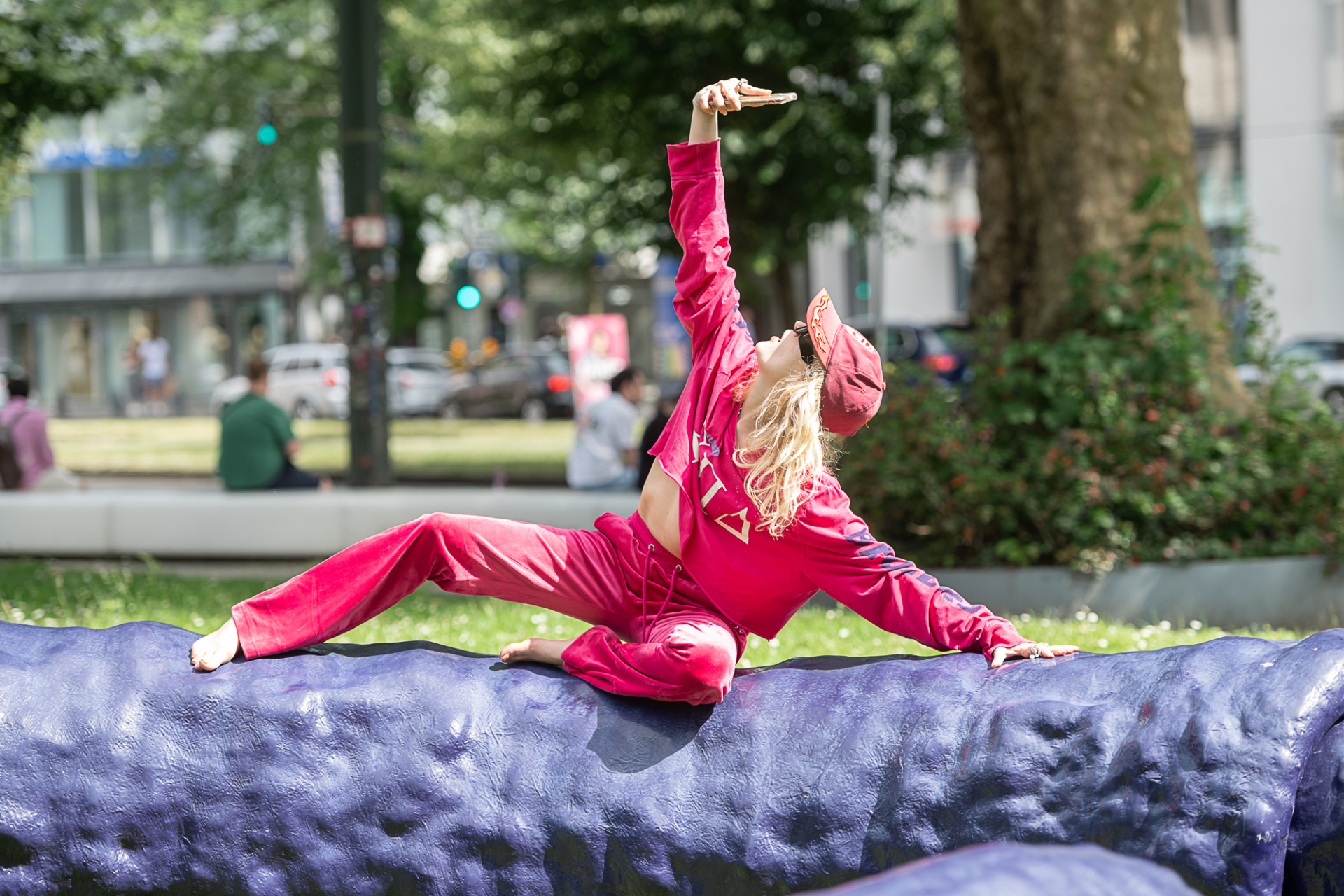
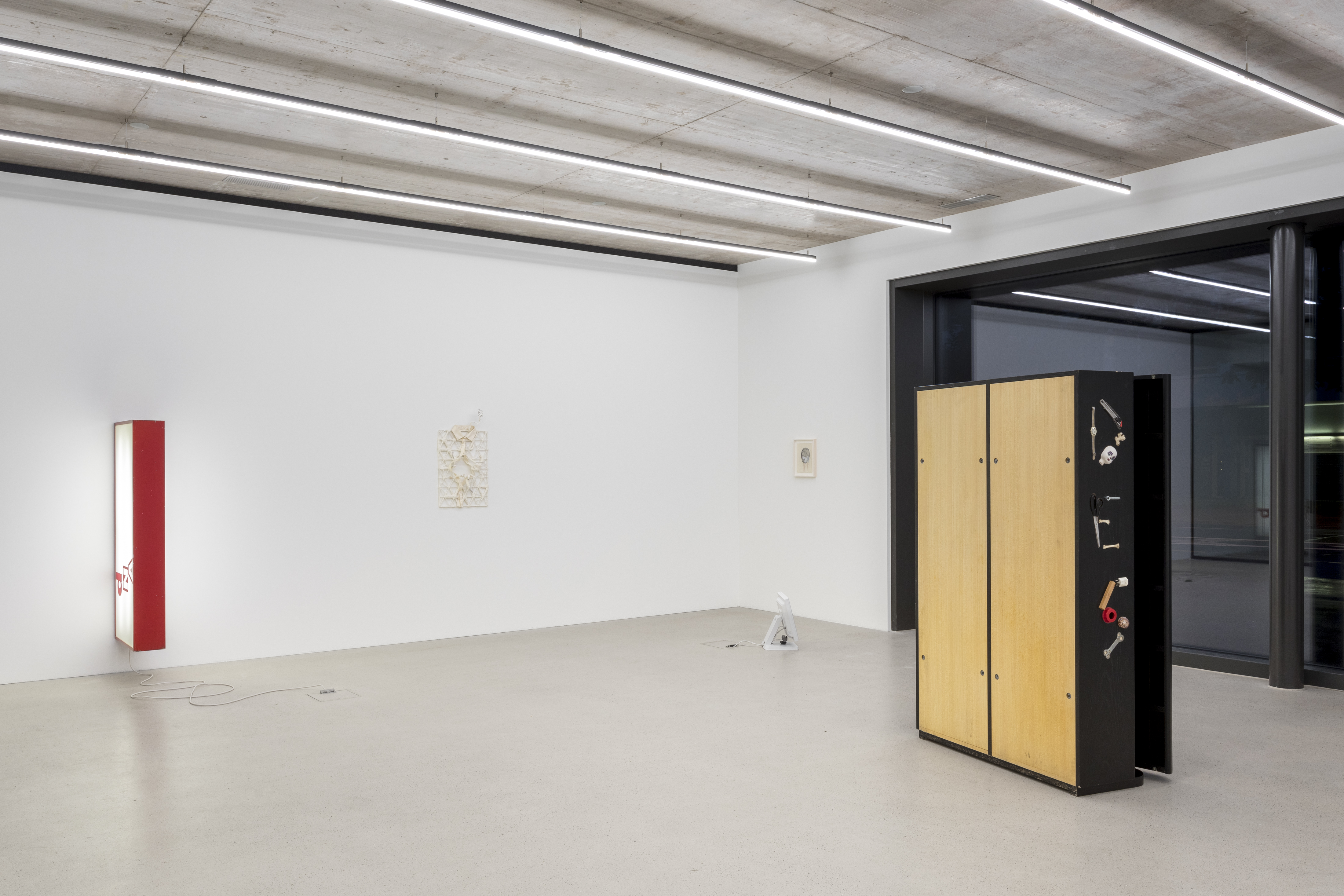
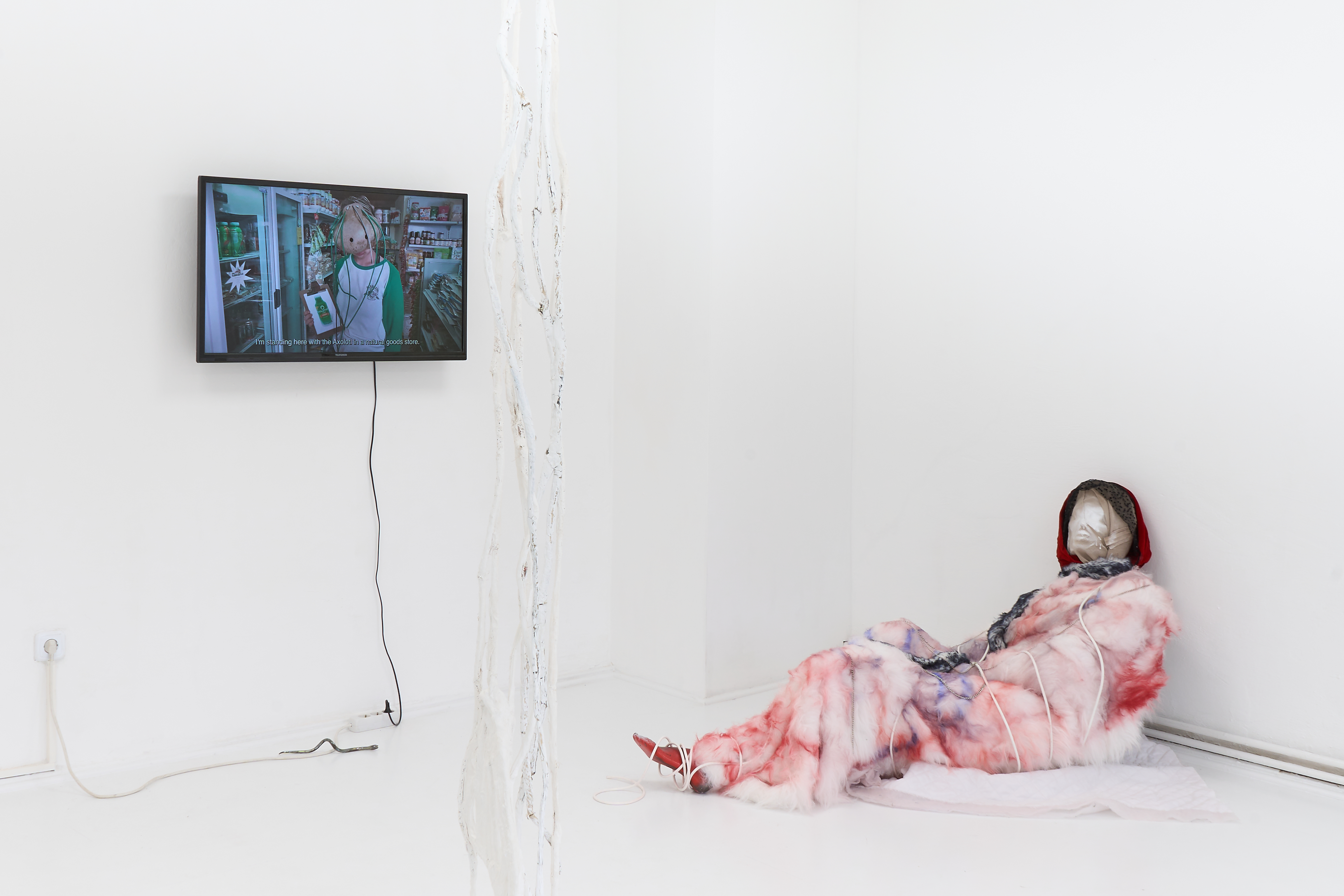
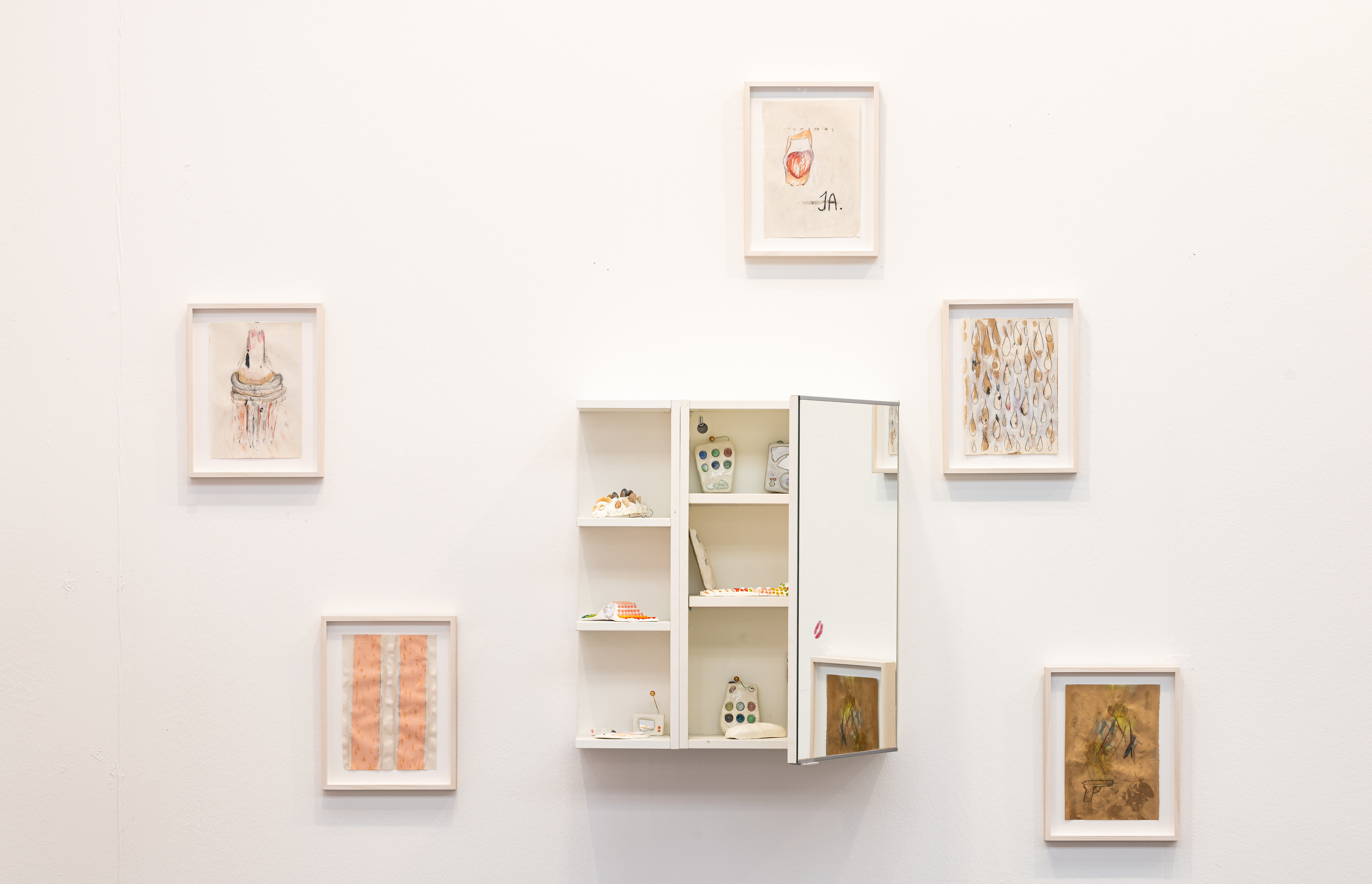
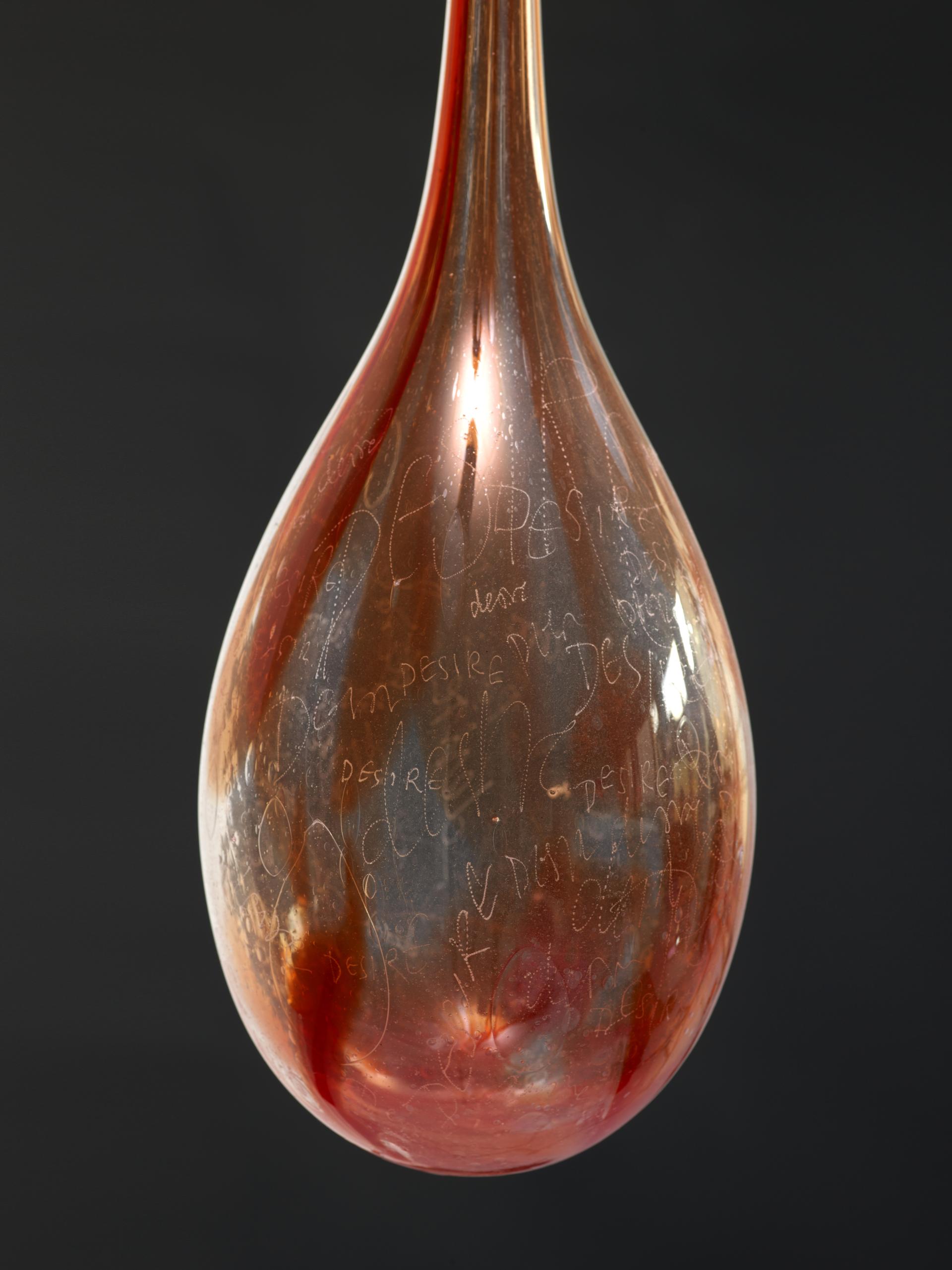
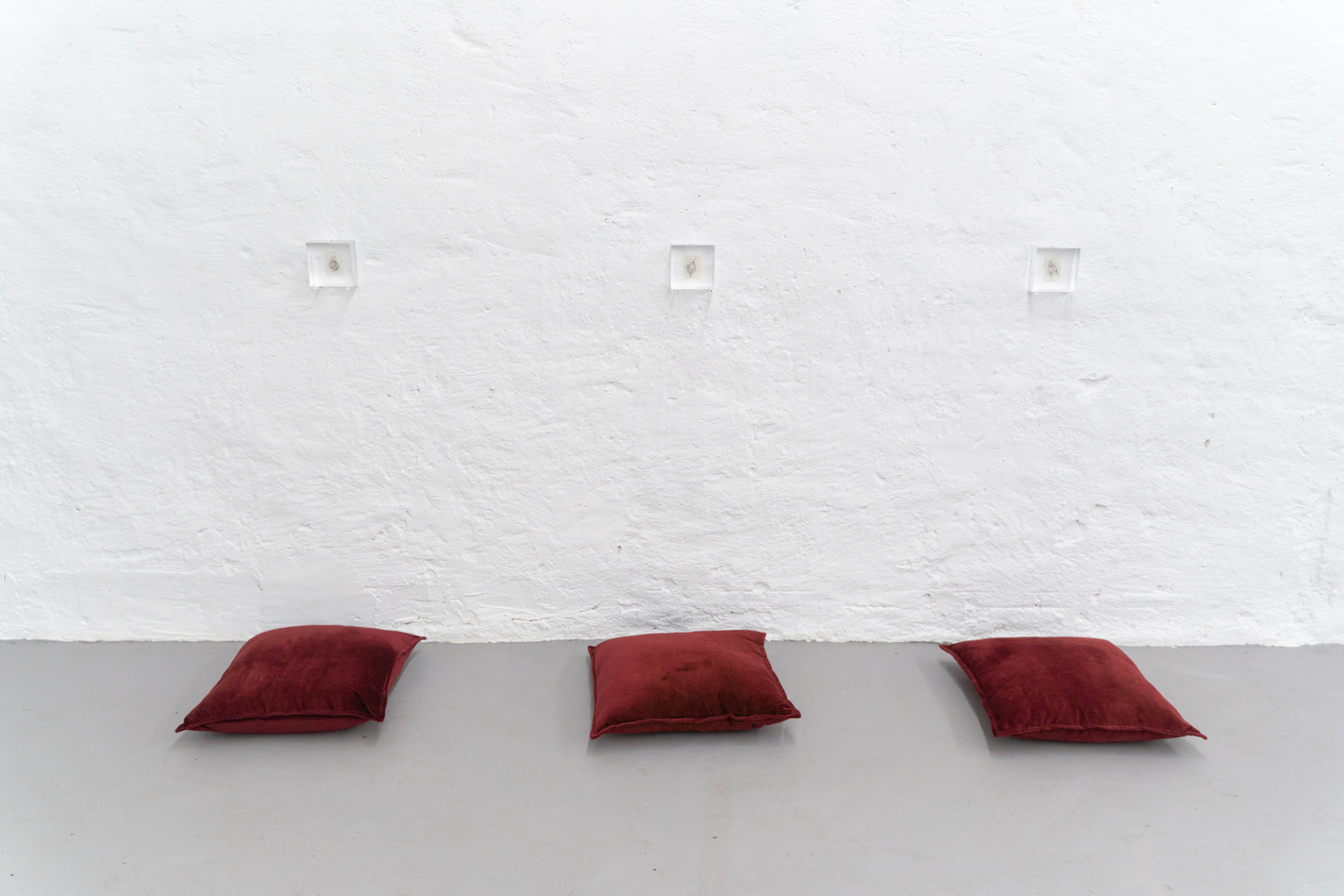
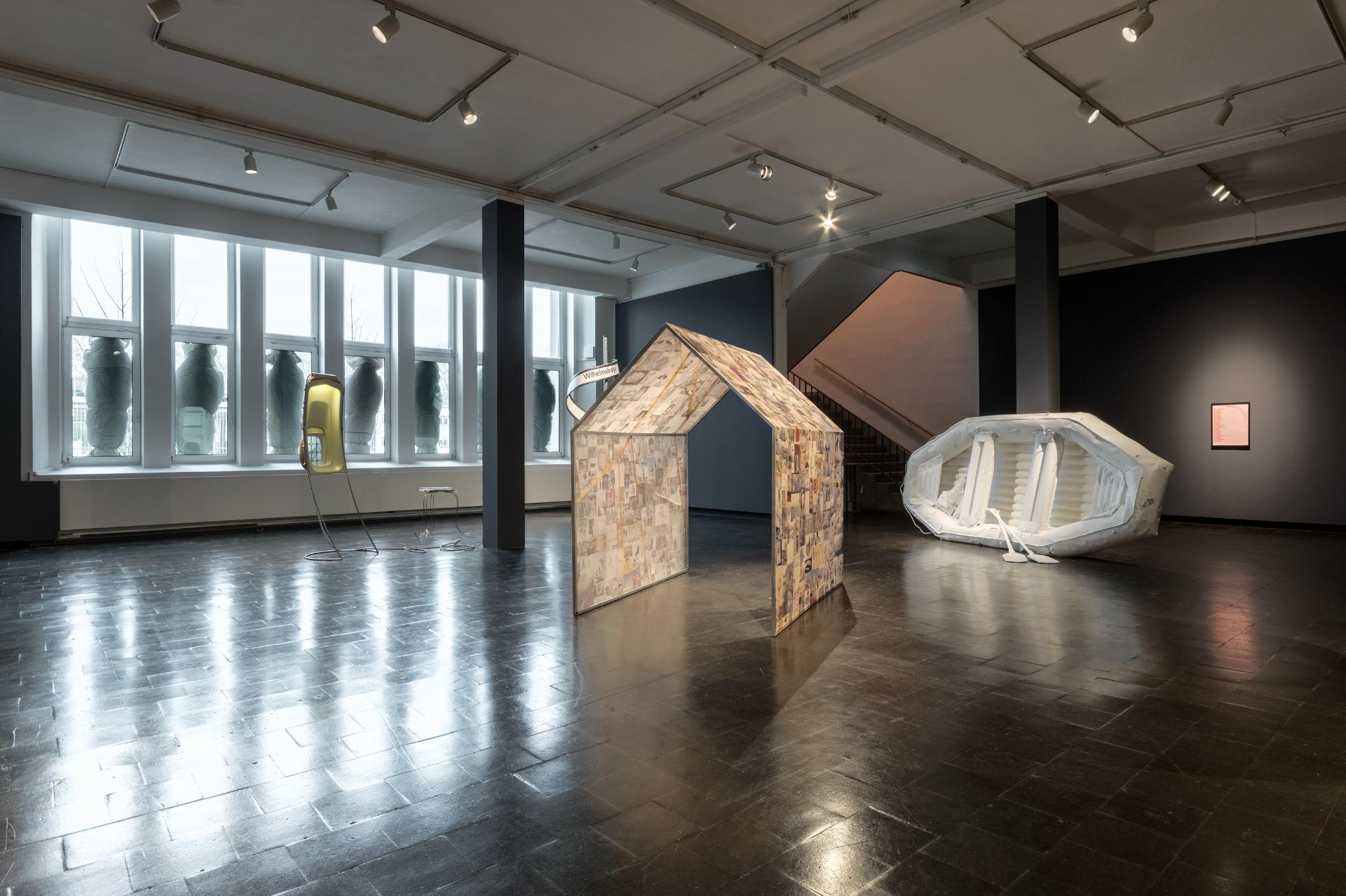
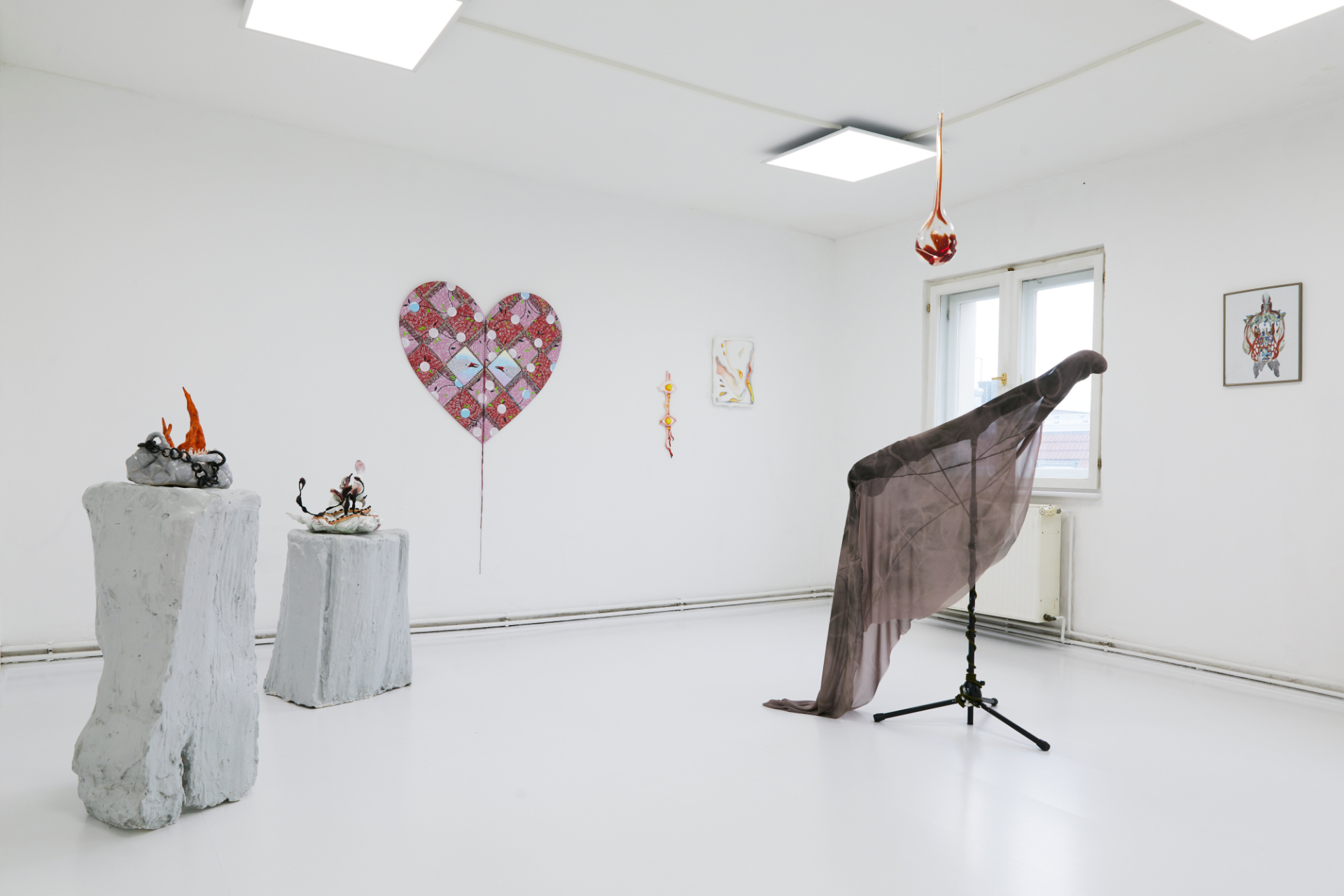
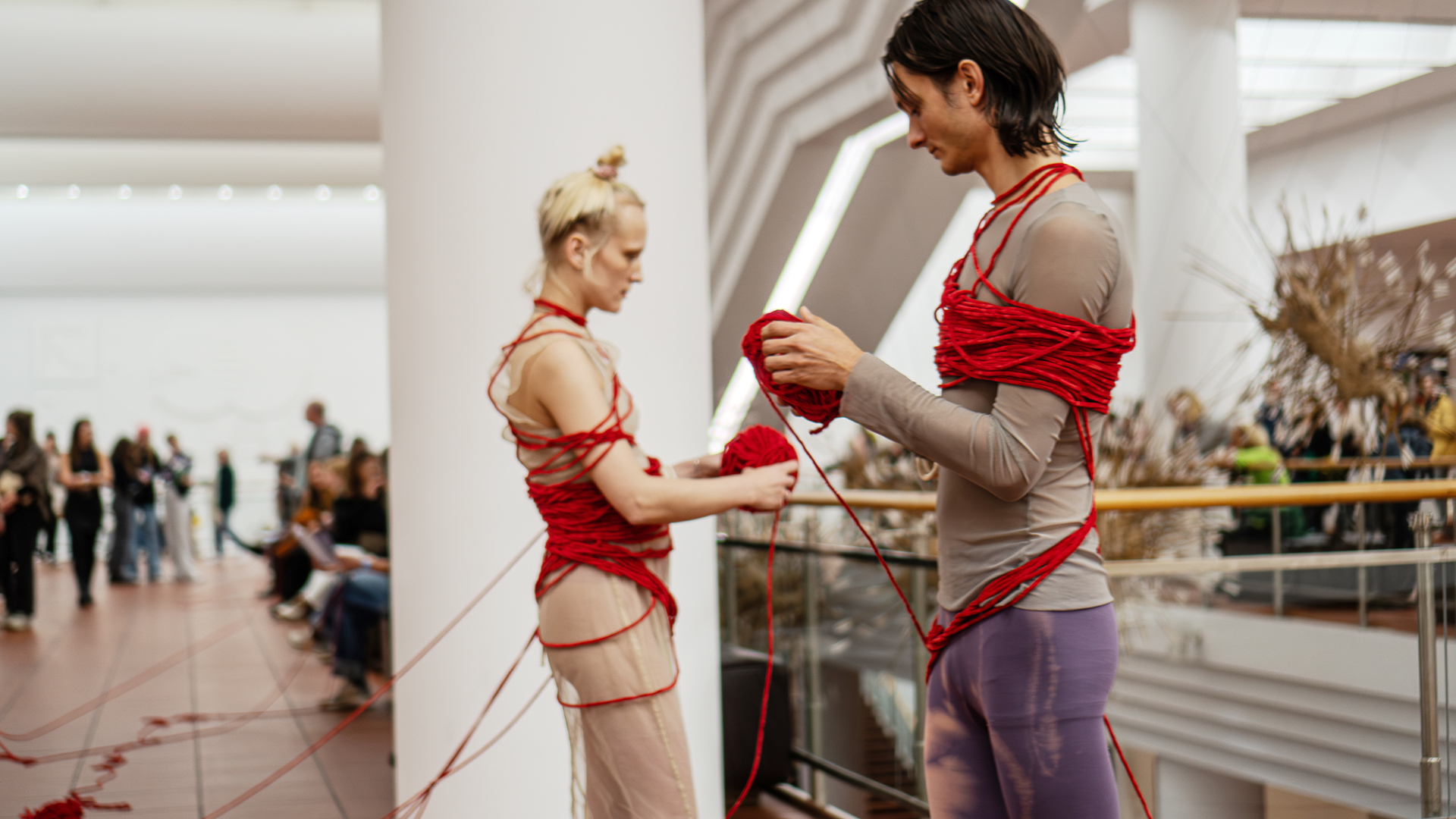
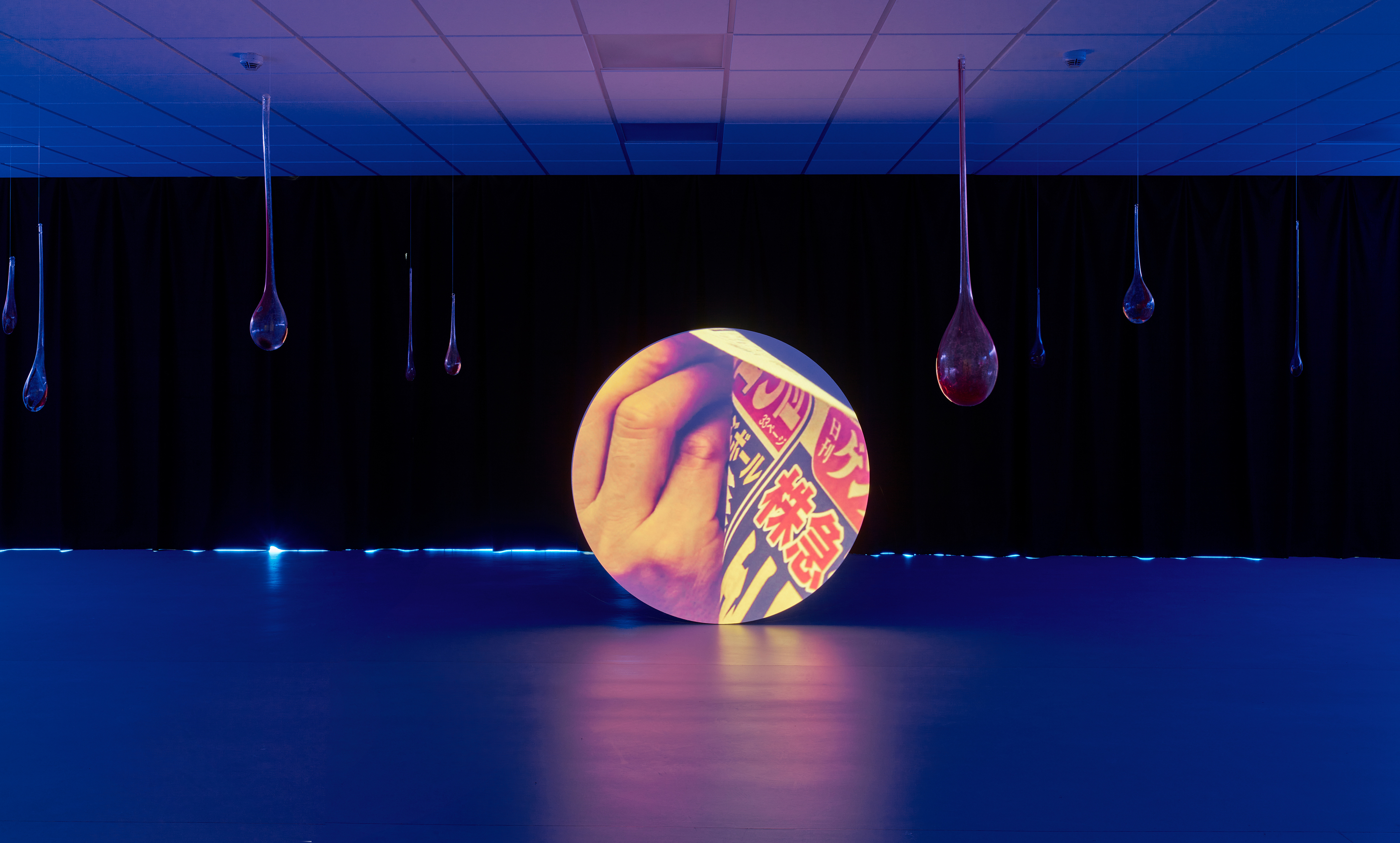
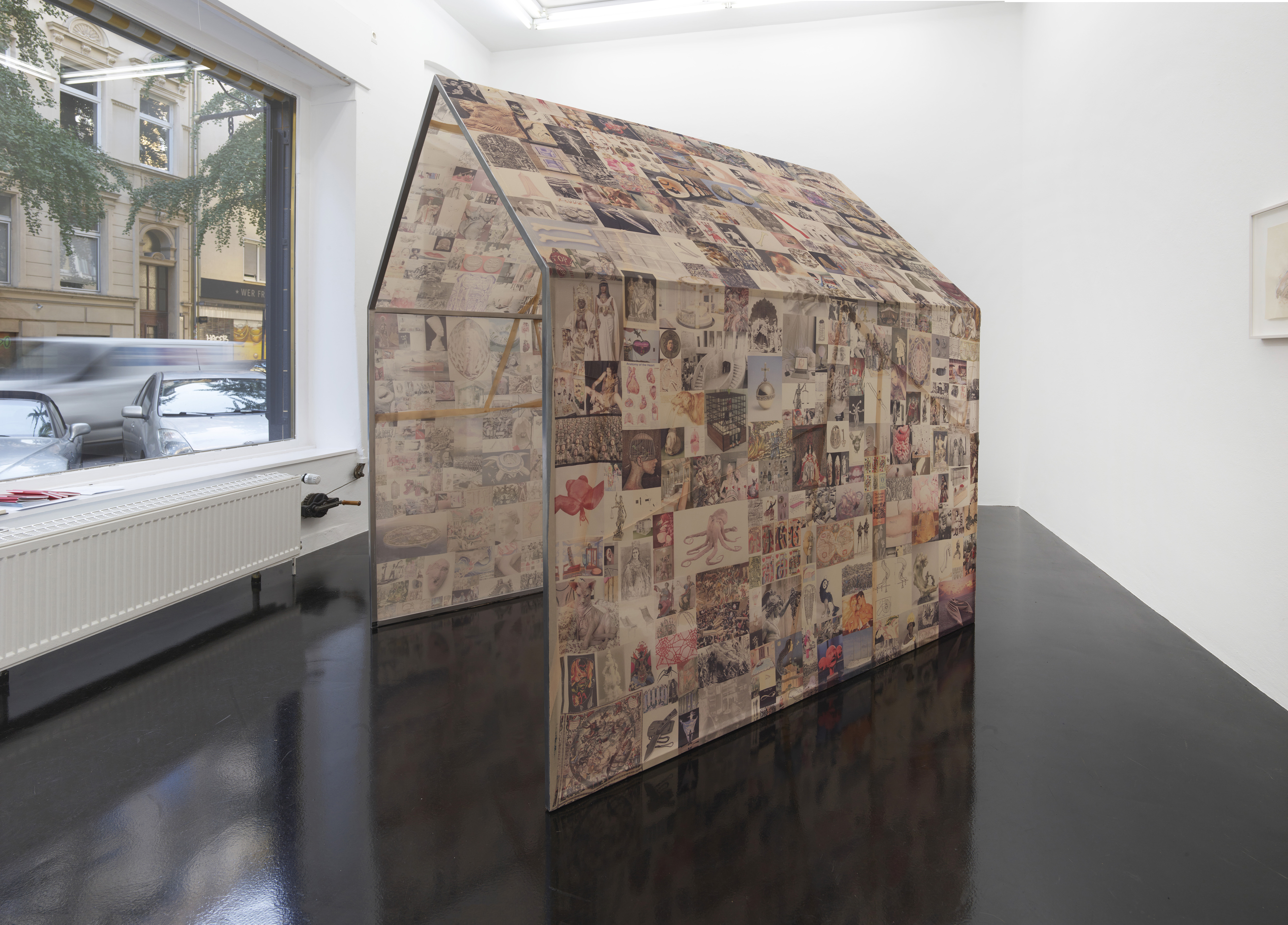
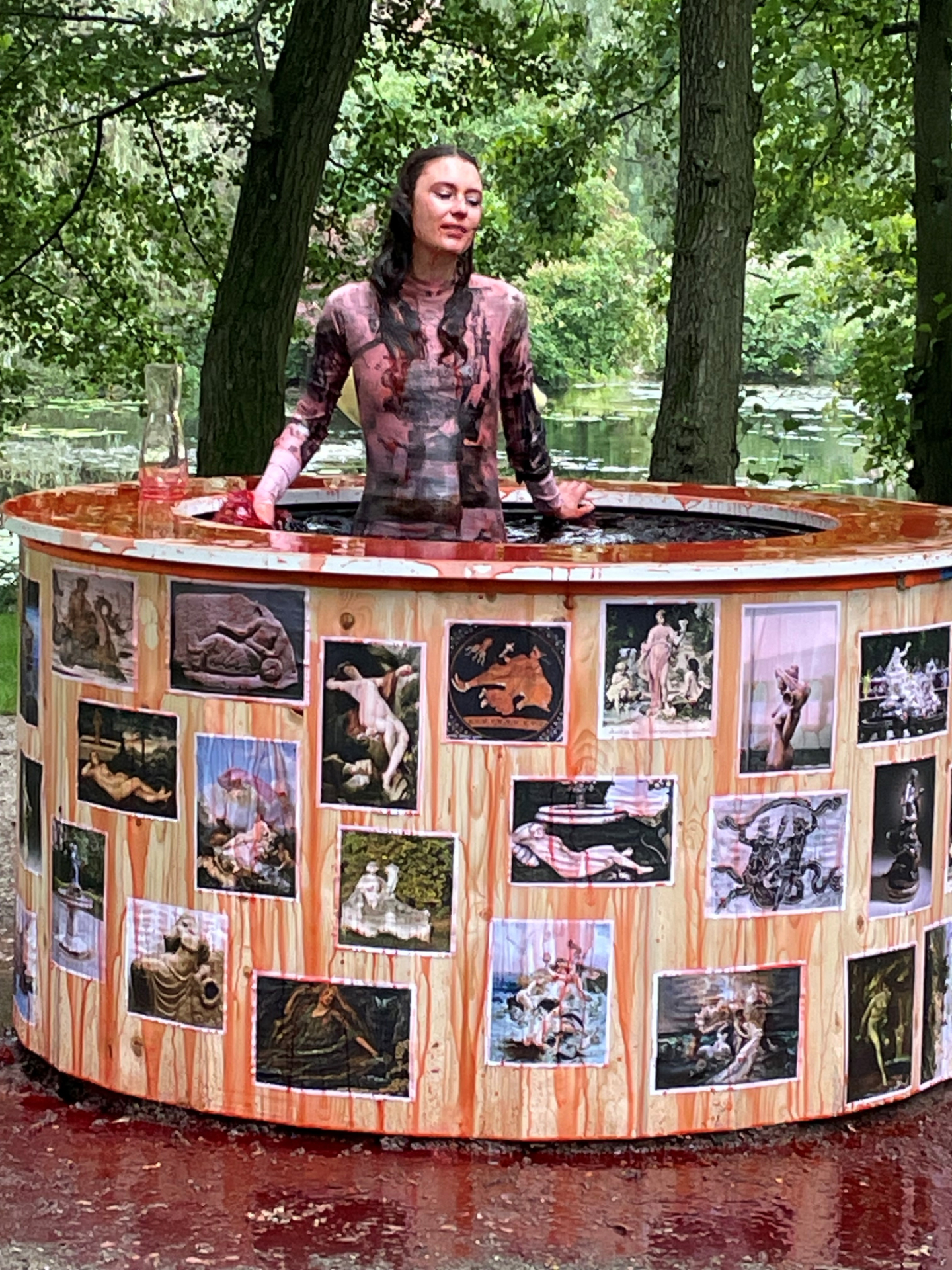
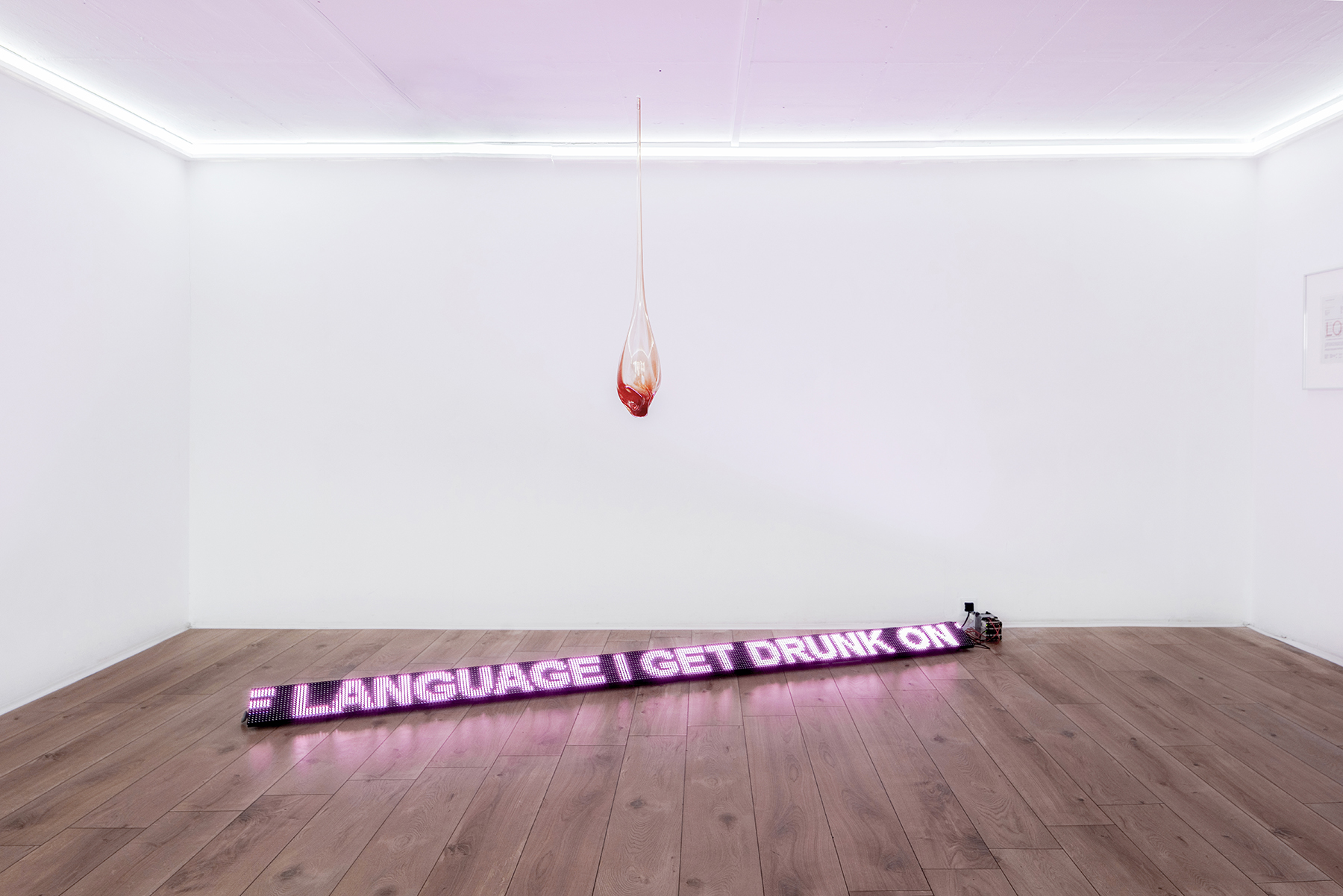
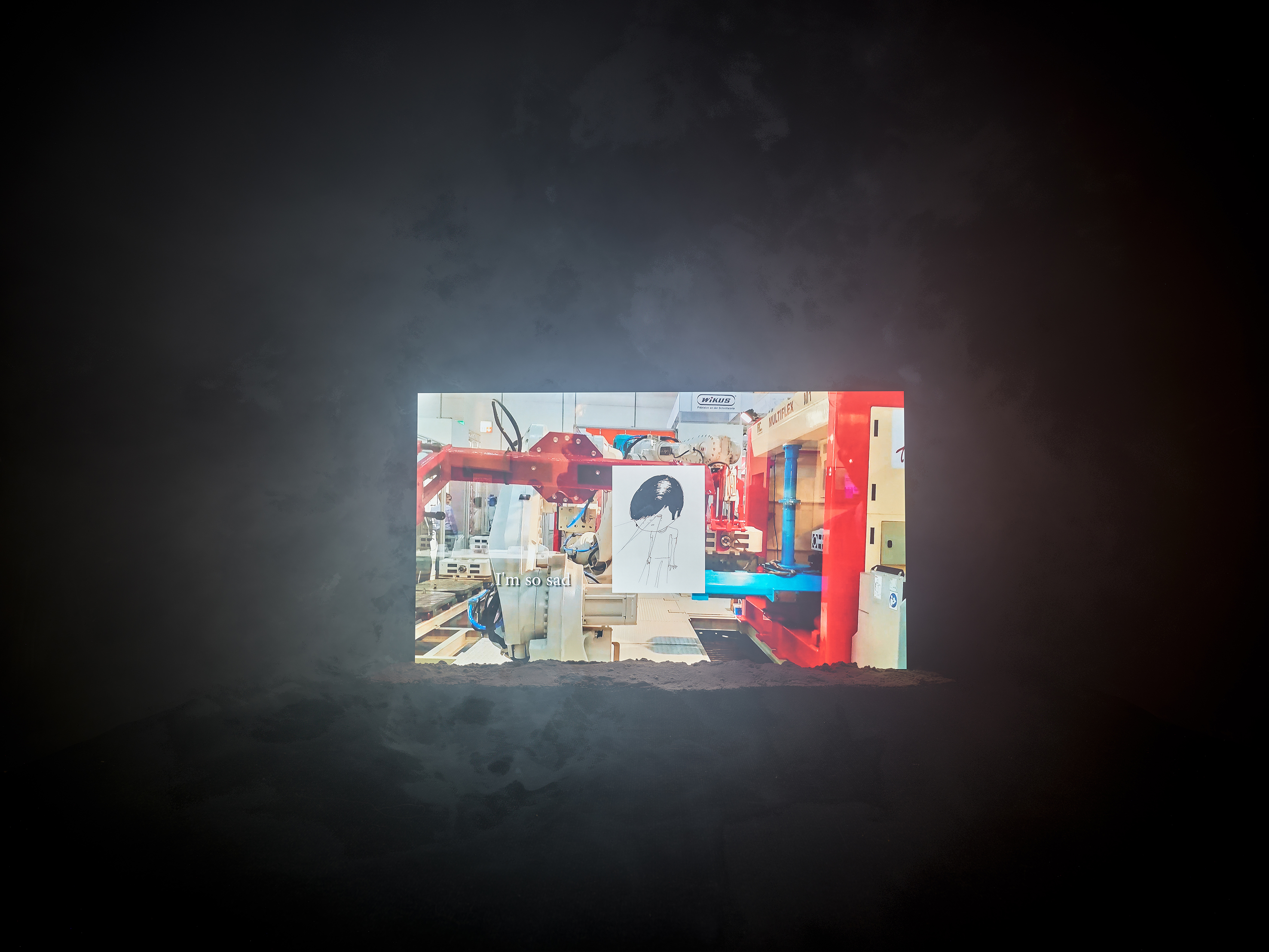
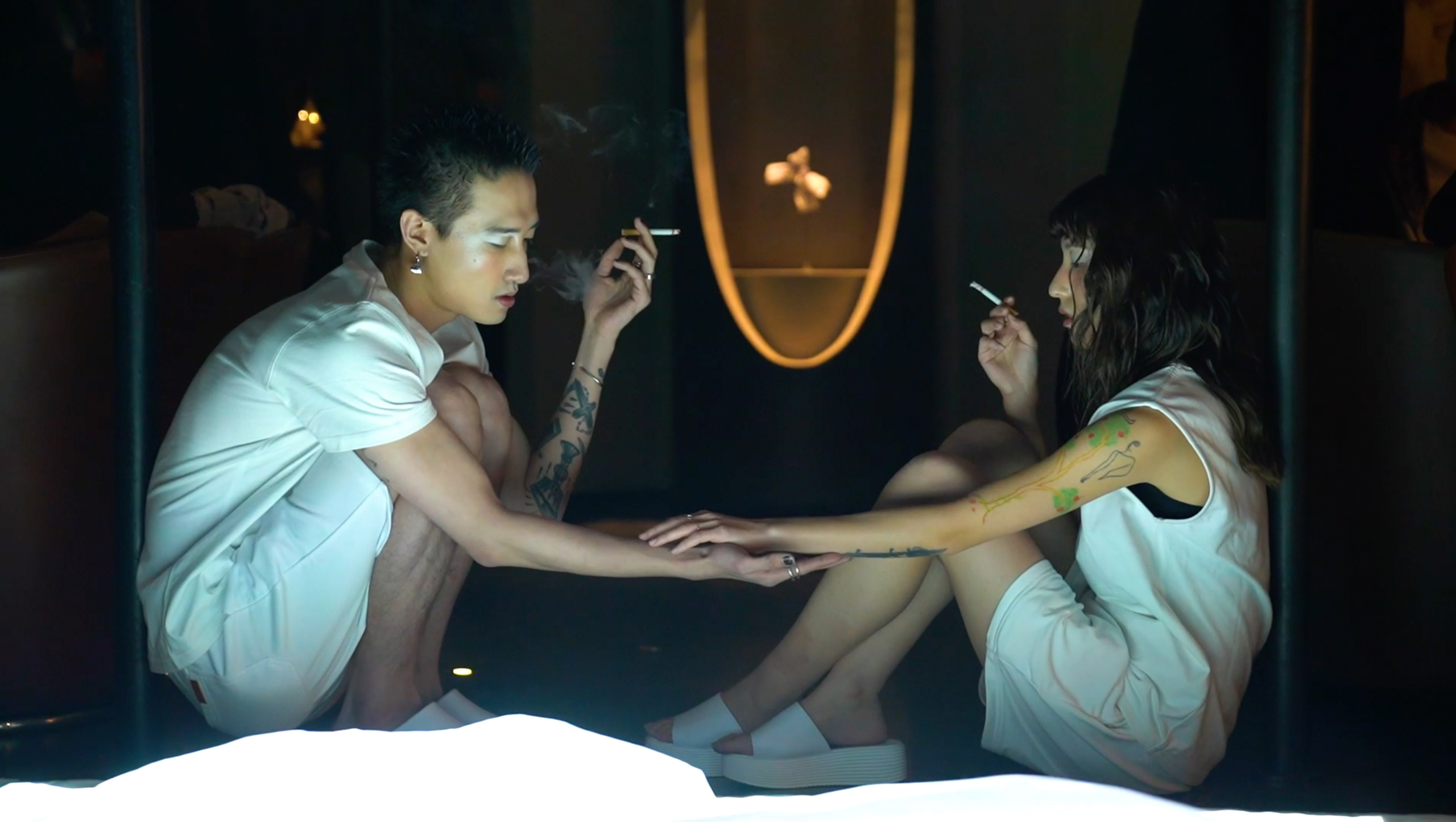
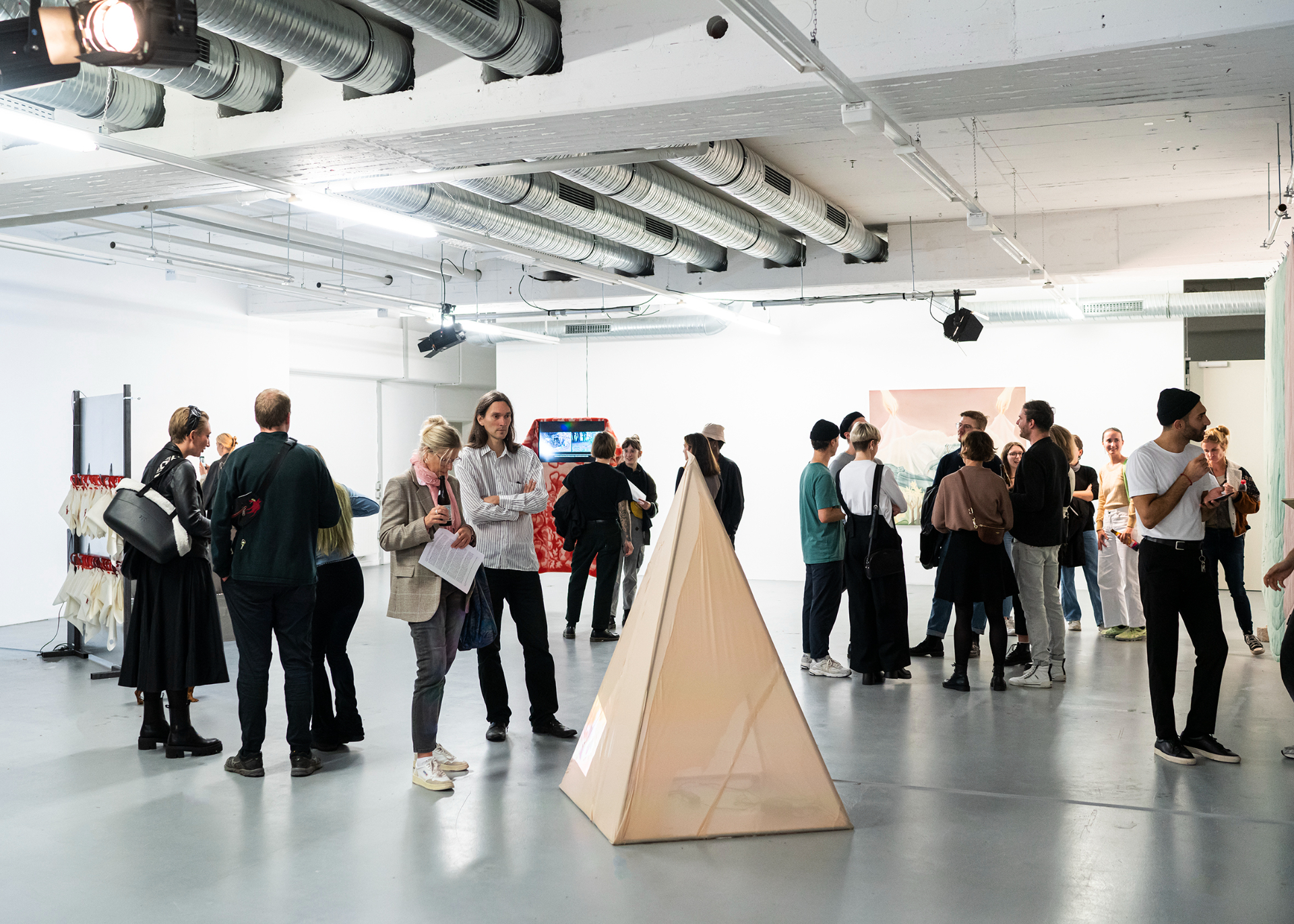
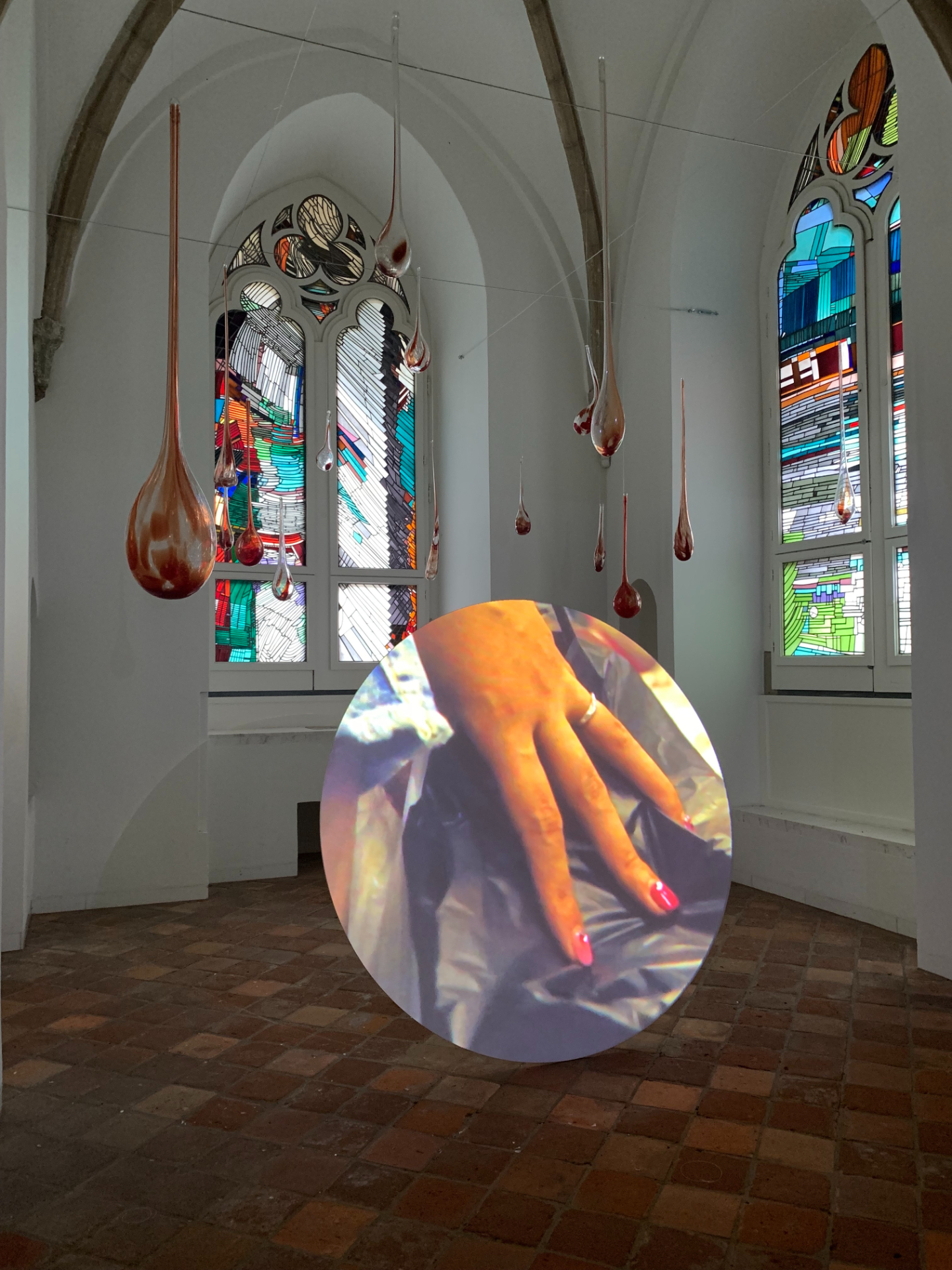
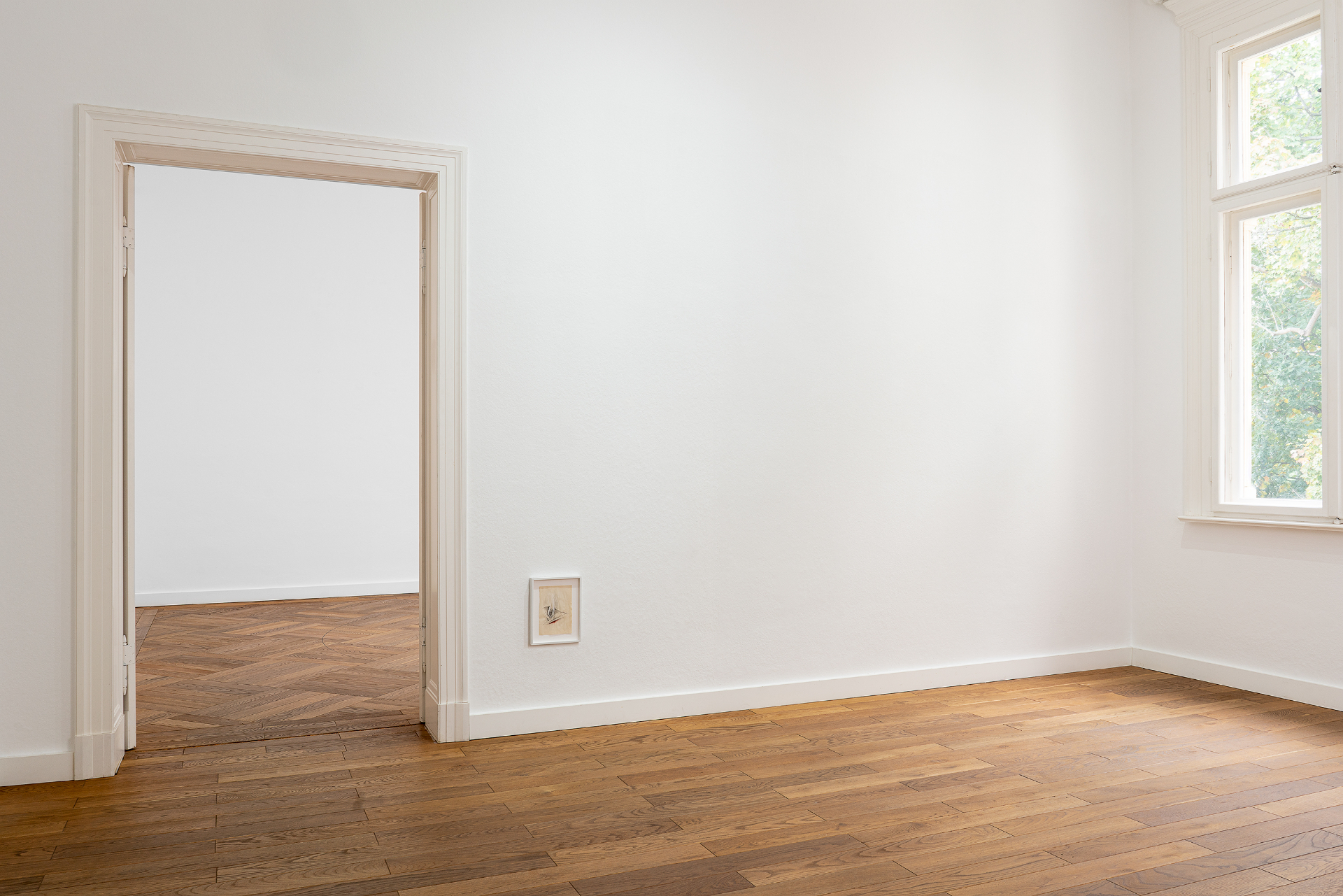
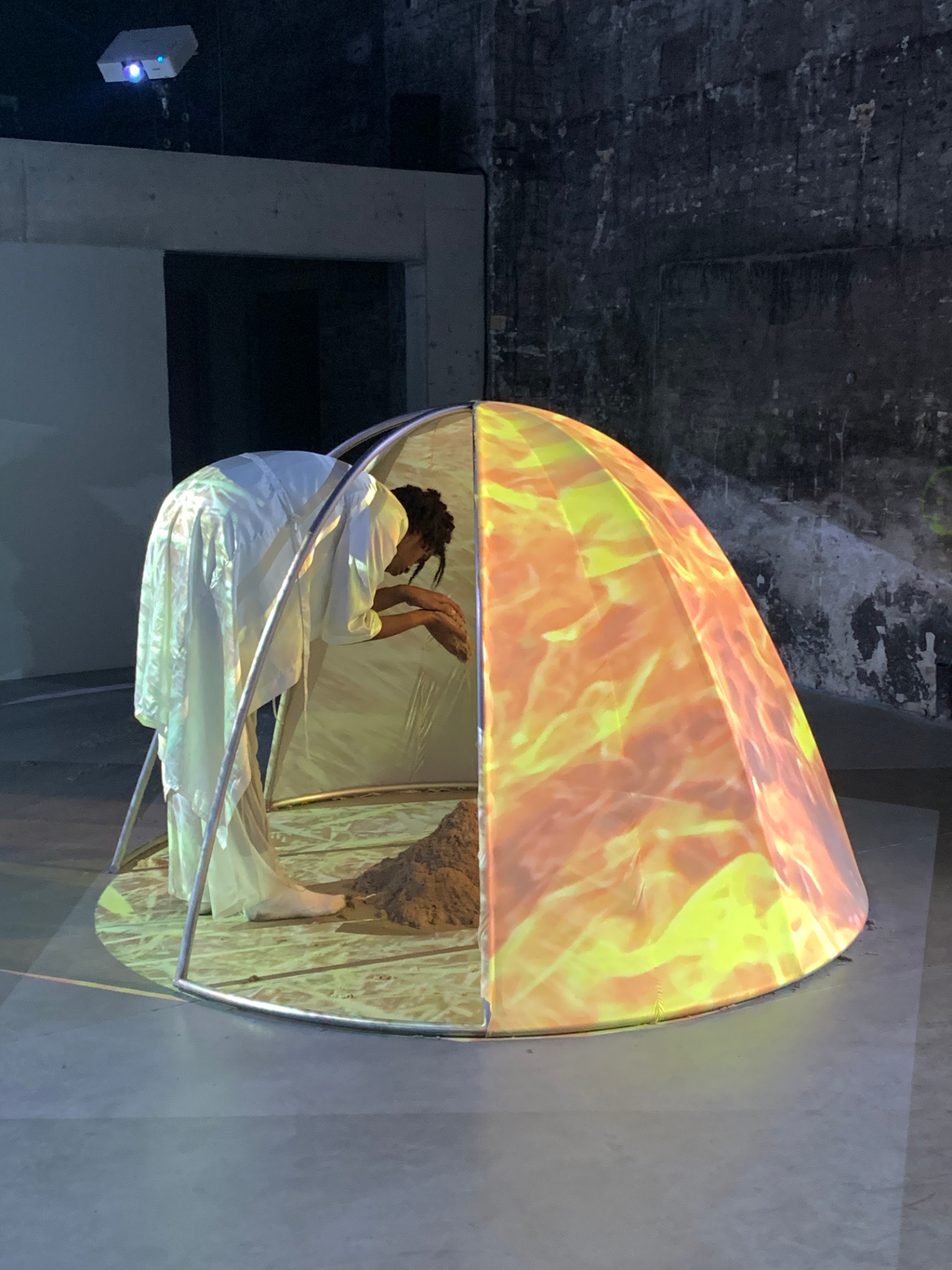

![Metamorphoses of Control [Catalogue launch]](https://media.isabellafuernkaes.com/Isabella_Fuernkaes_Mouches_Volantes_Metamorphoses_of_Control_2022_00001.jpg)
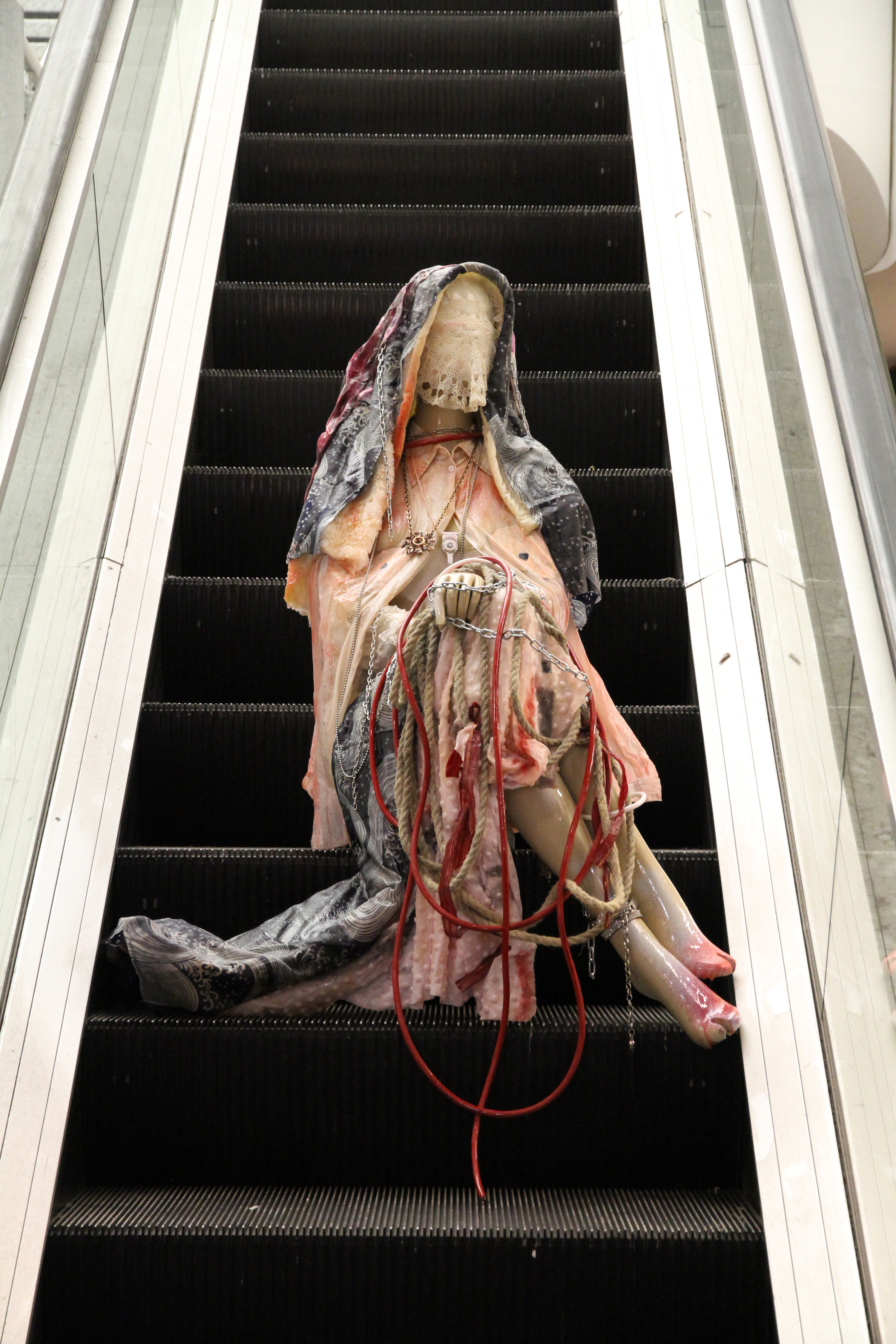
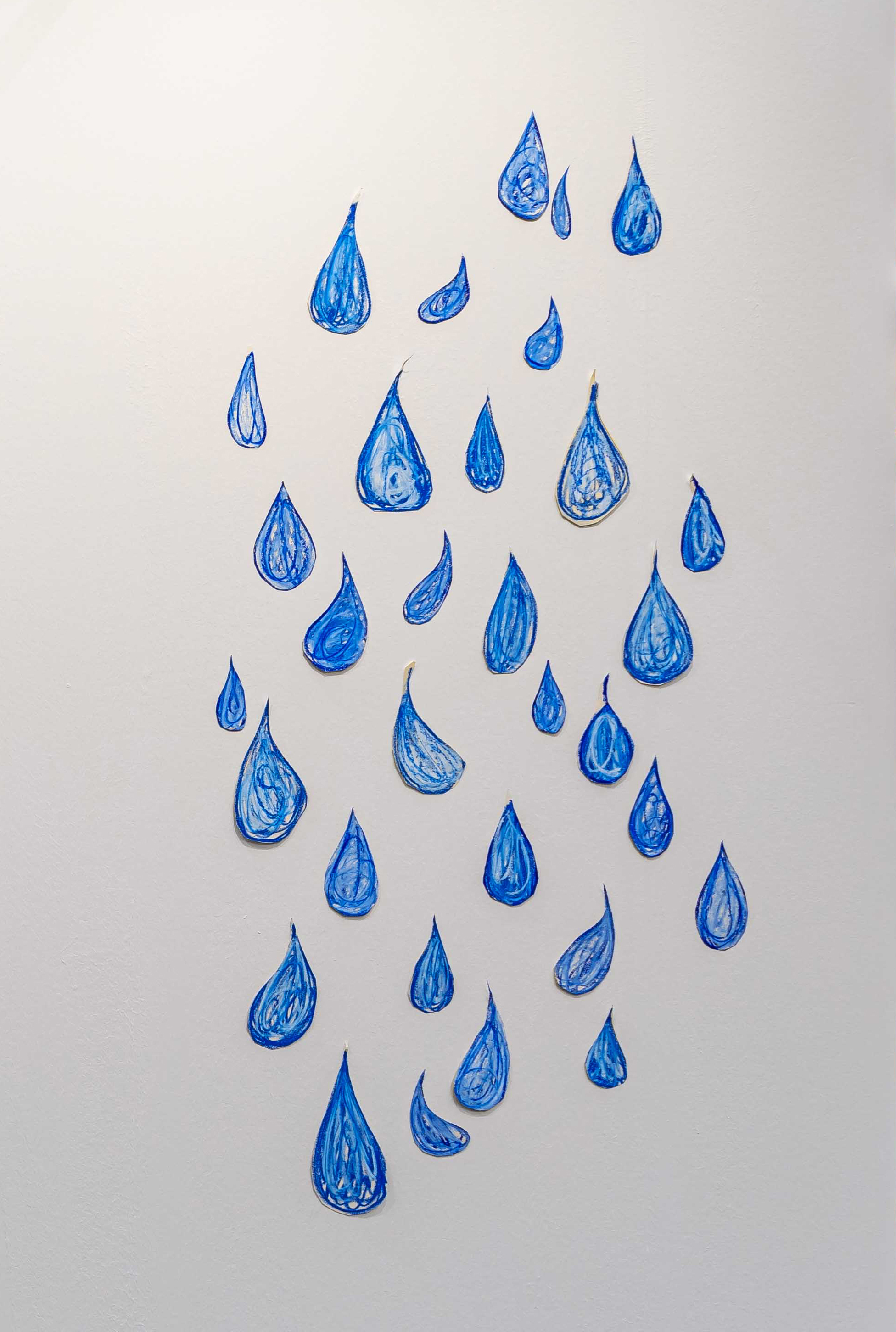
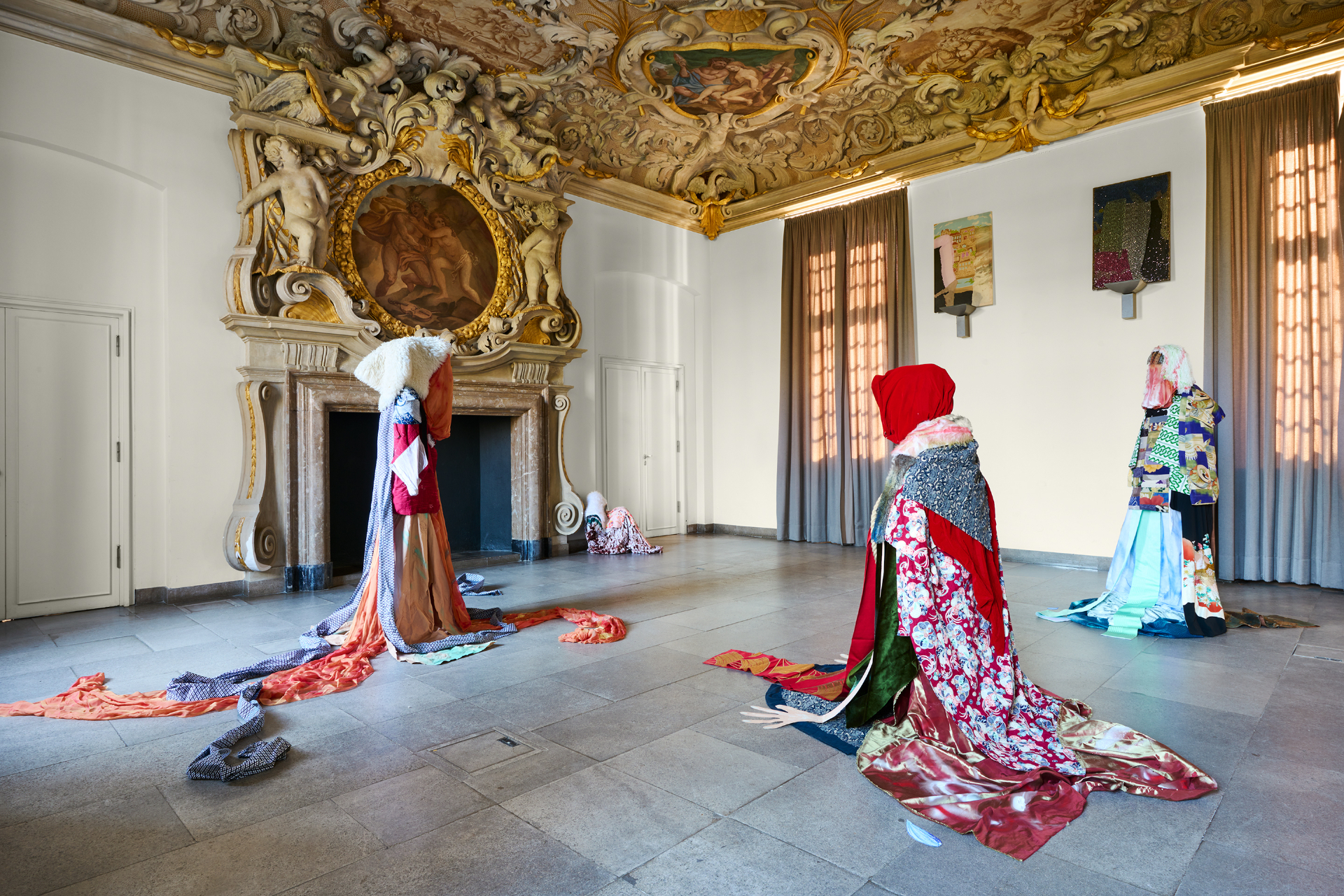
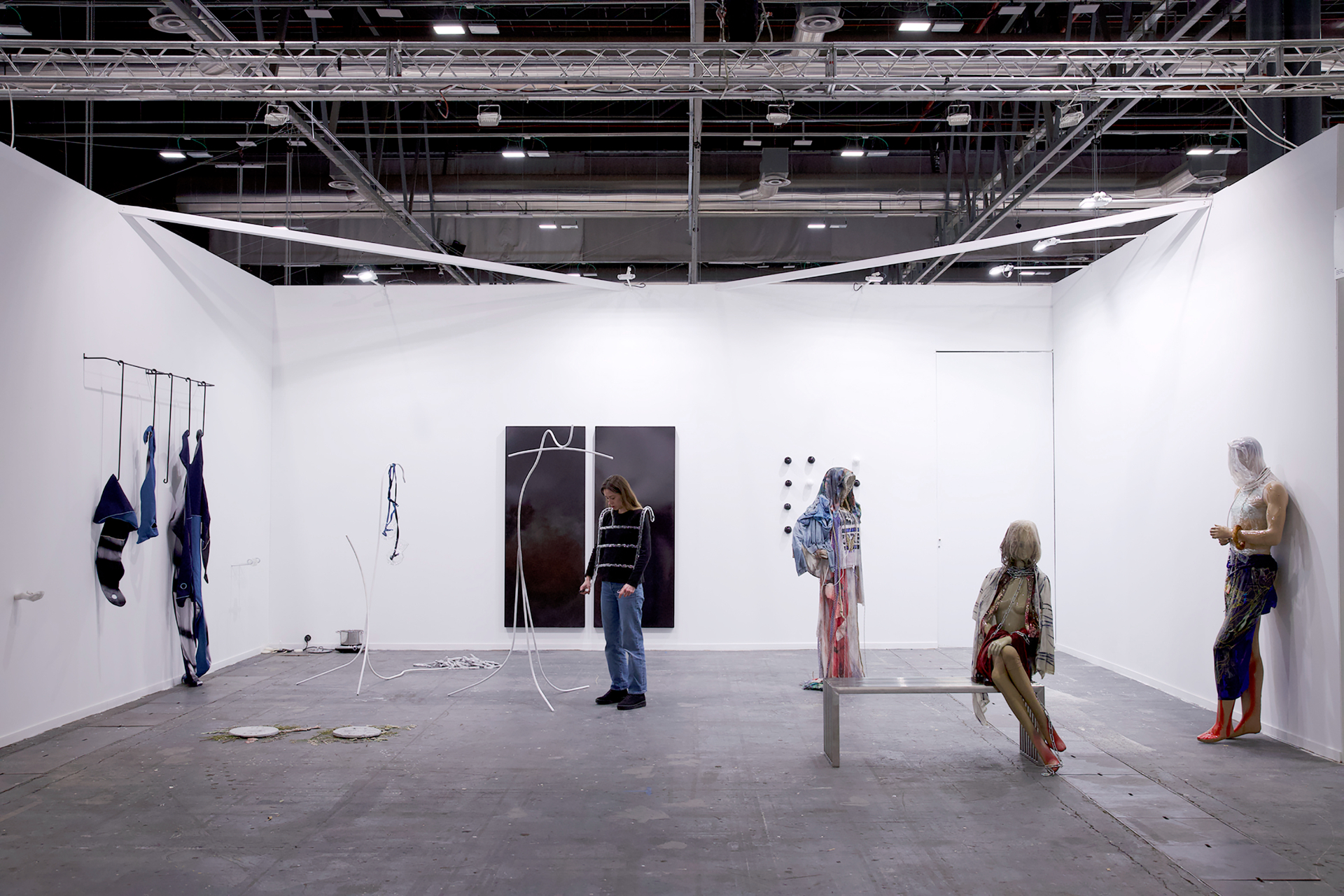
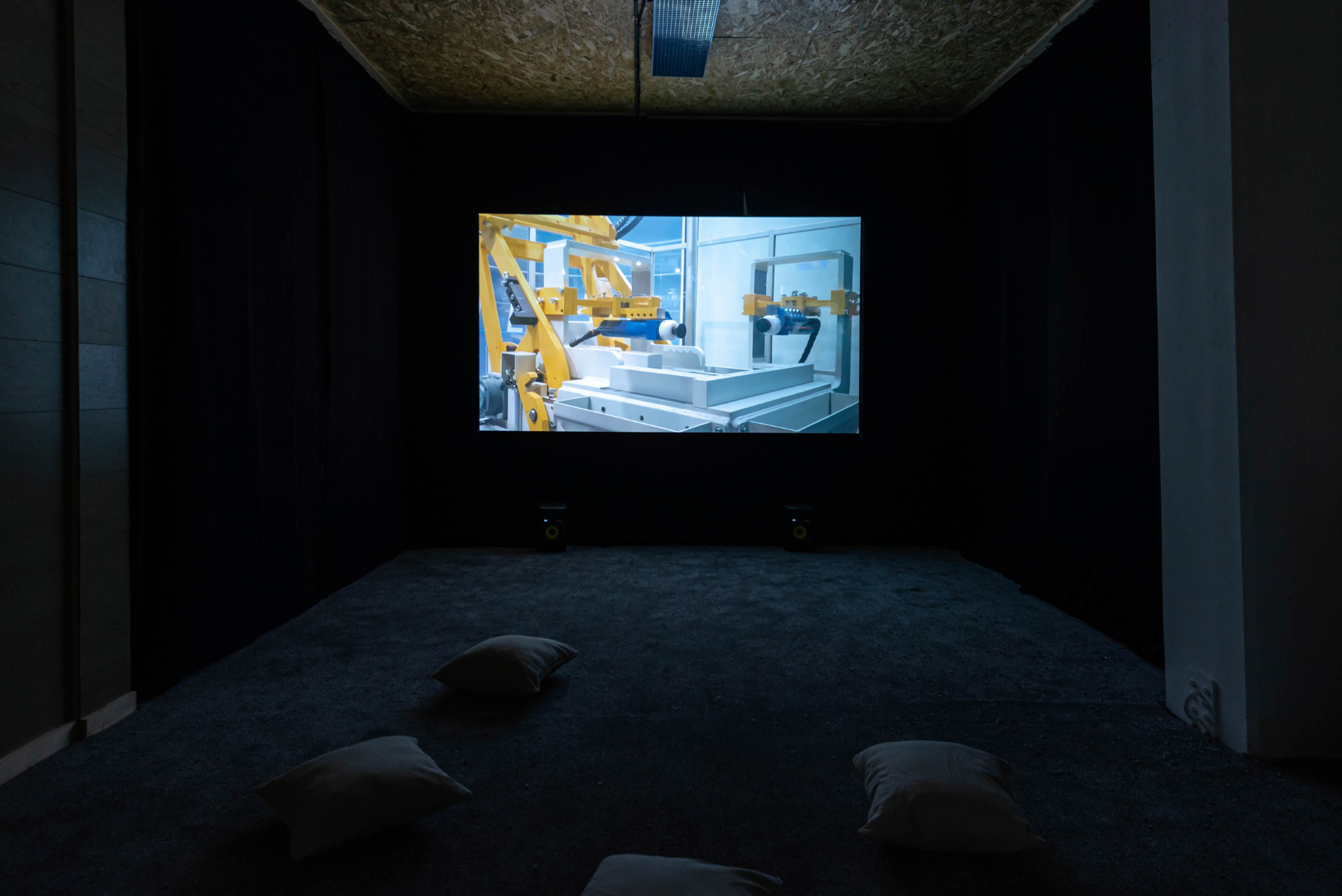

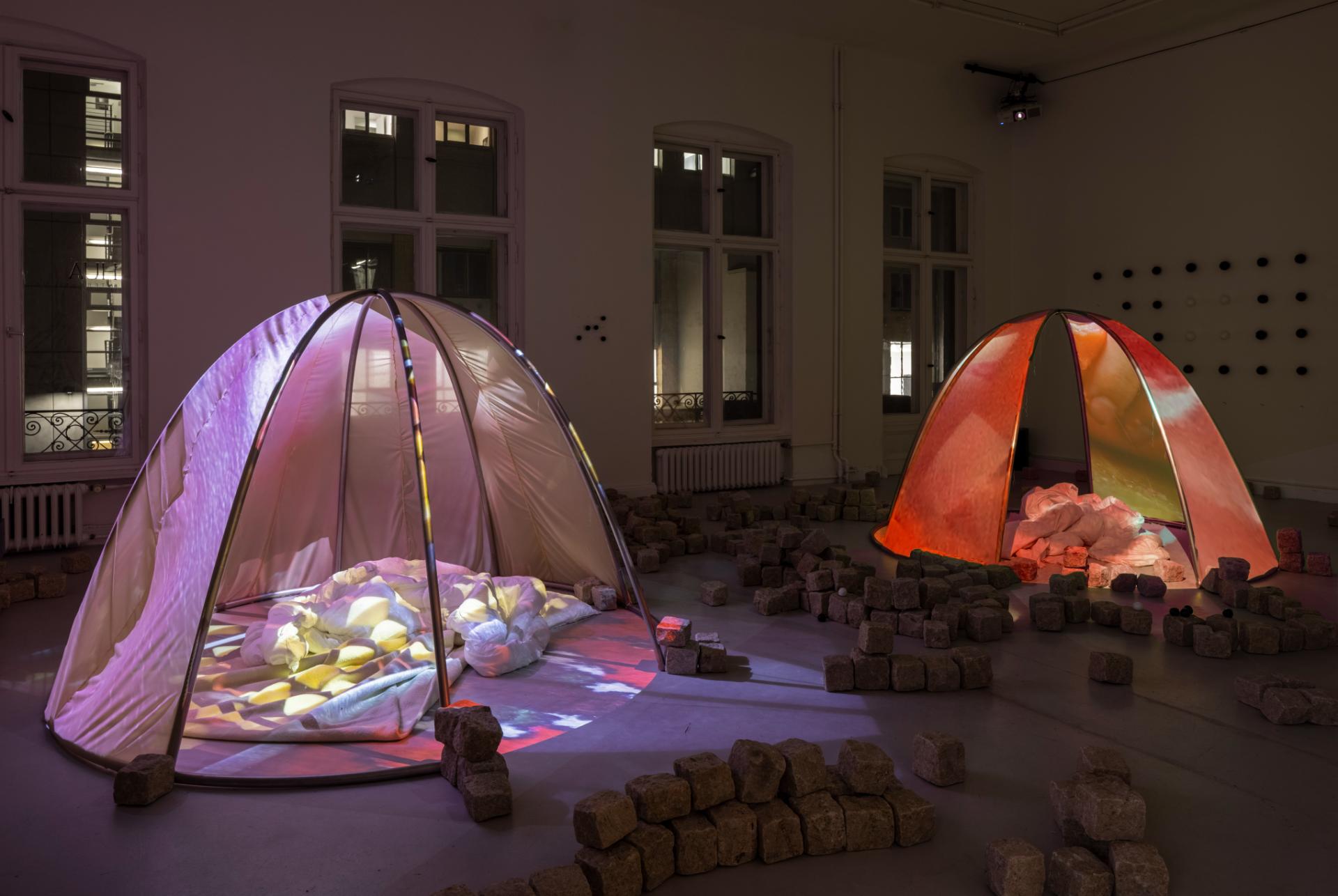
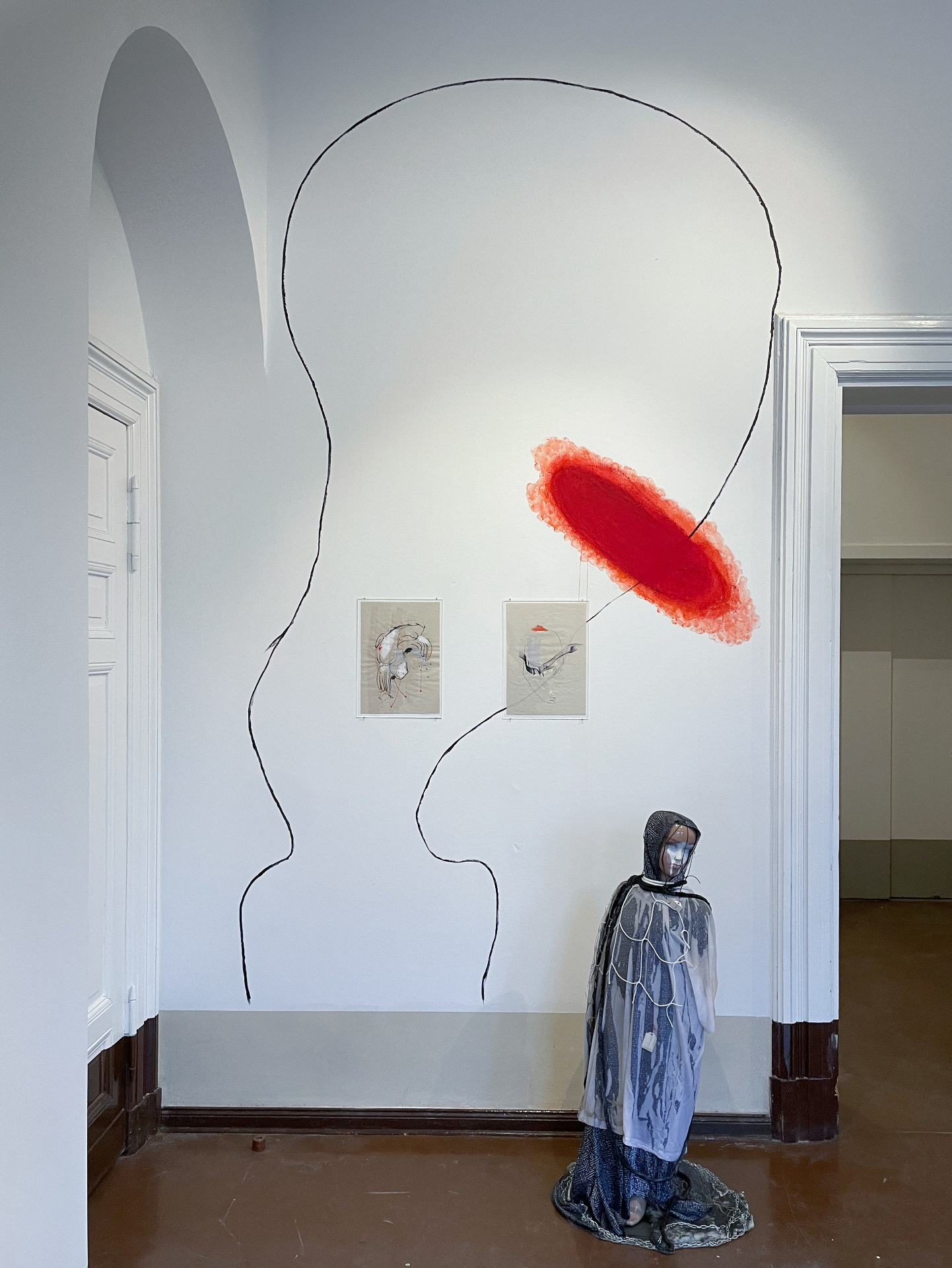

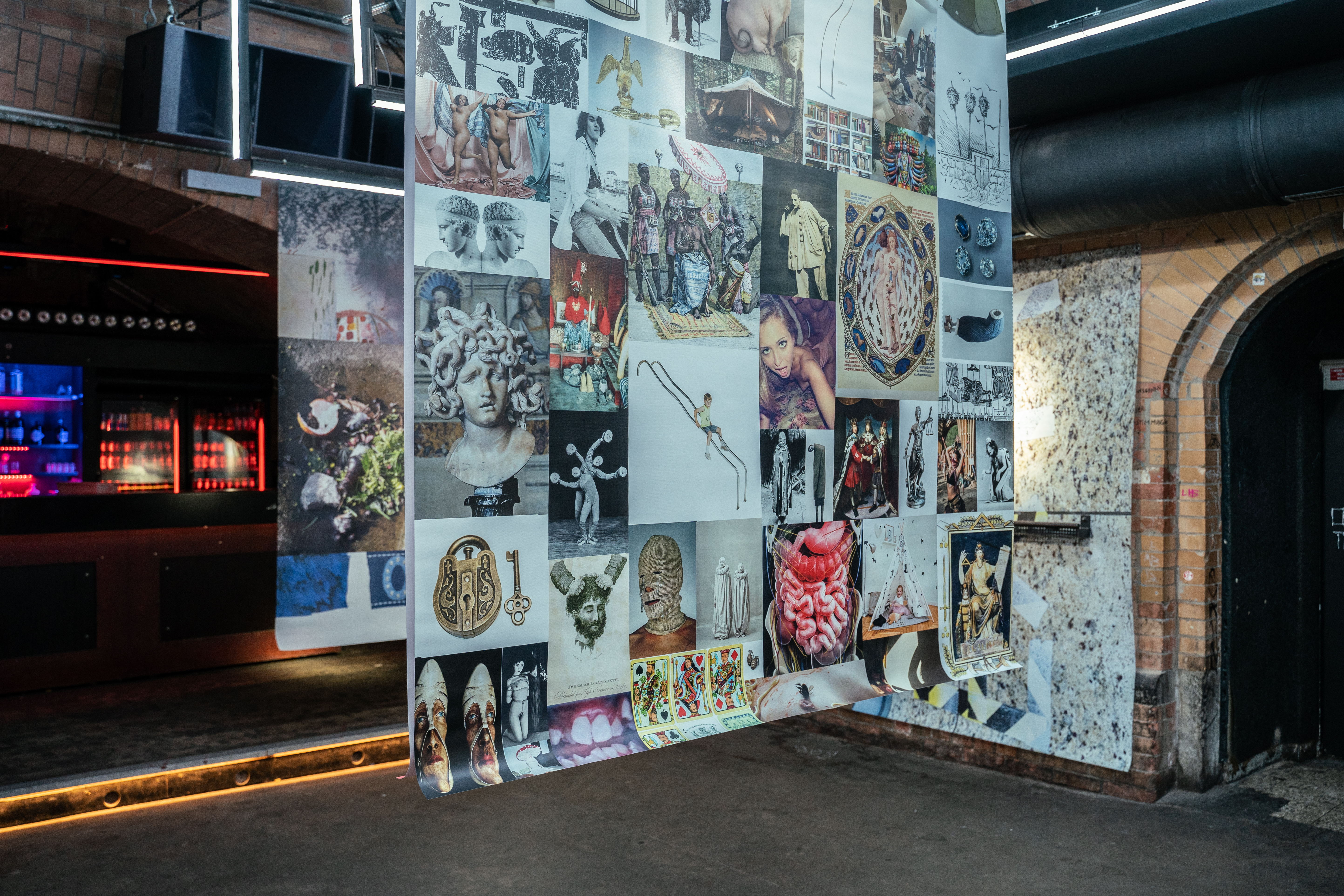
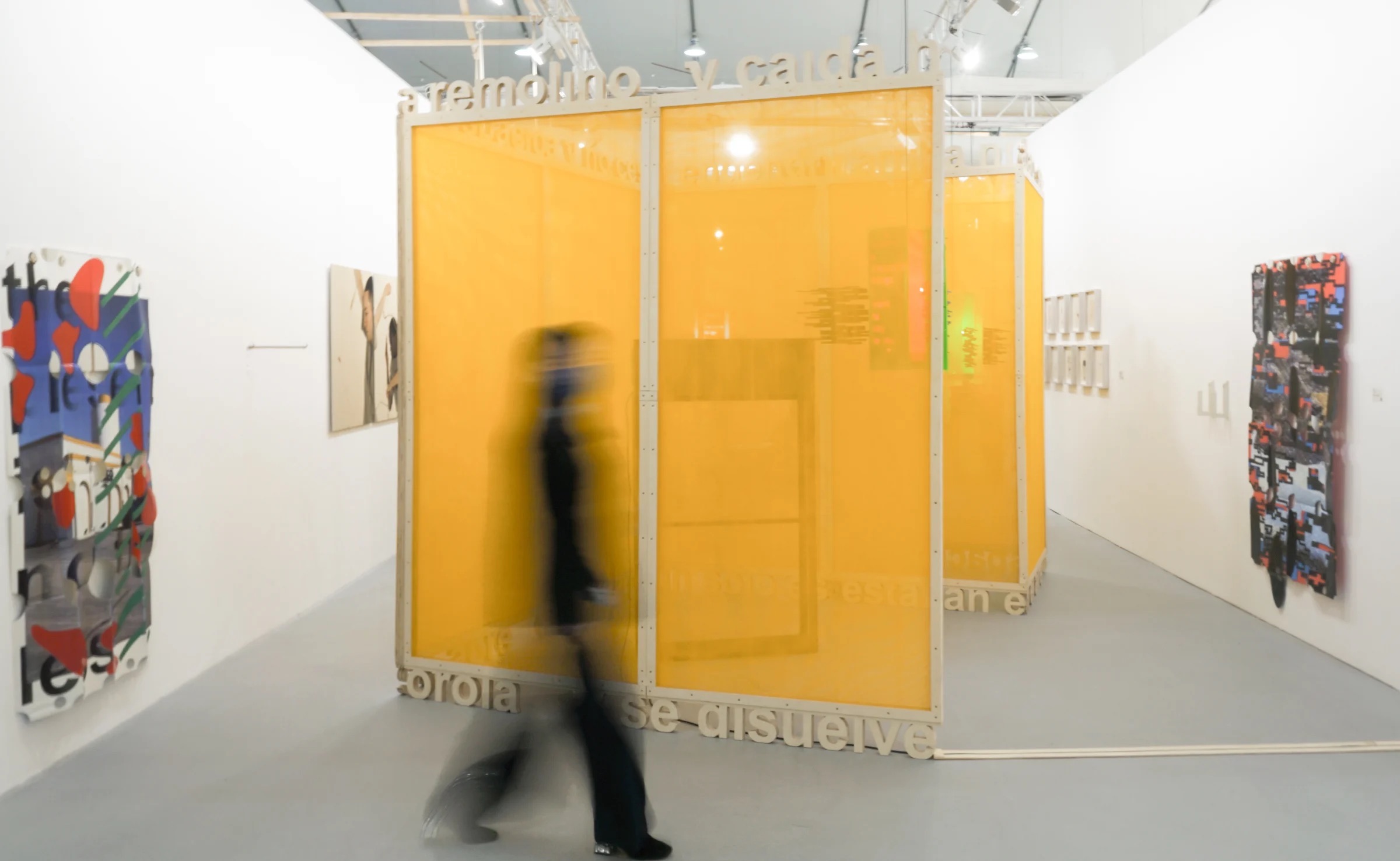
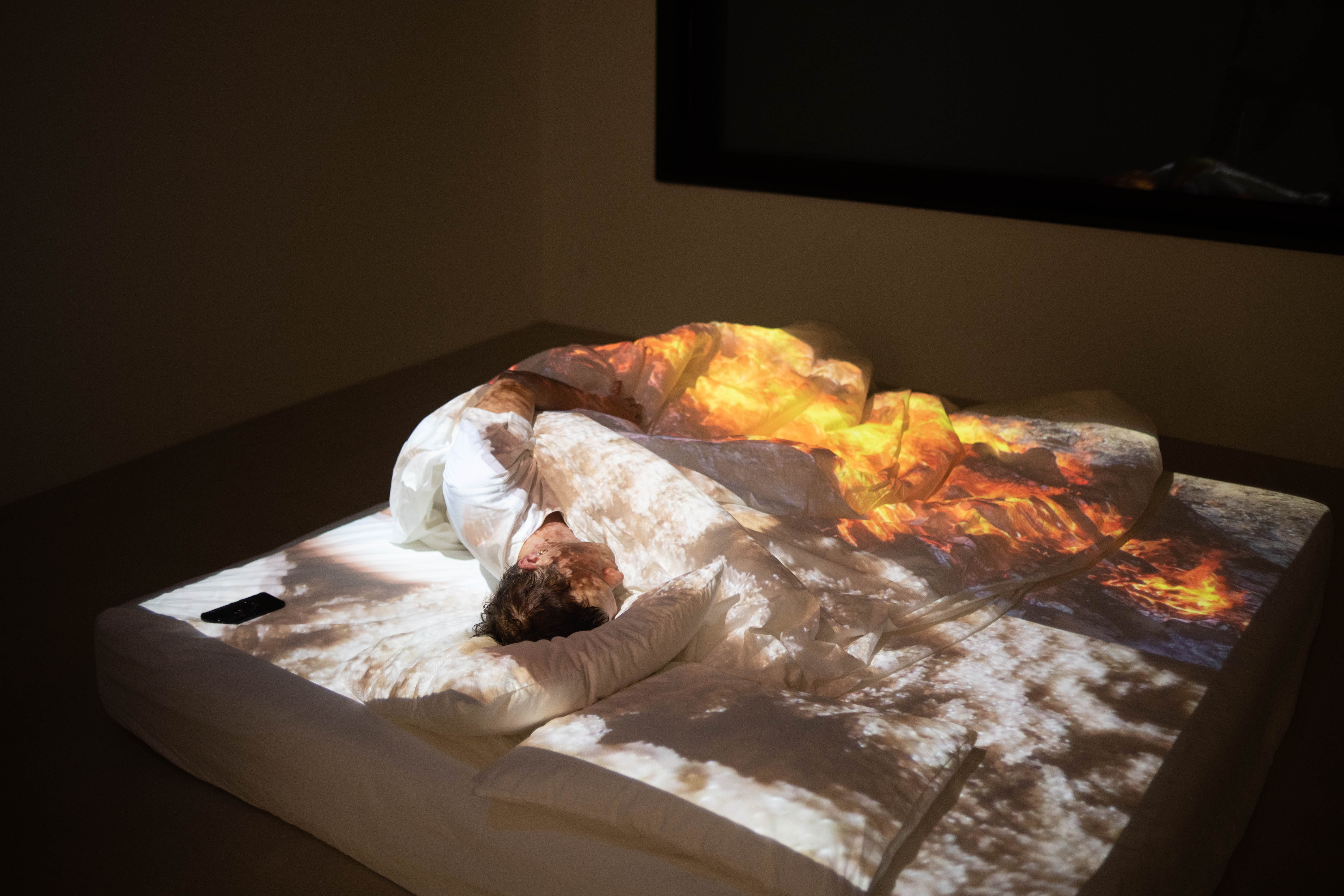
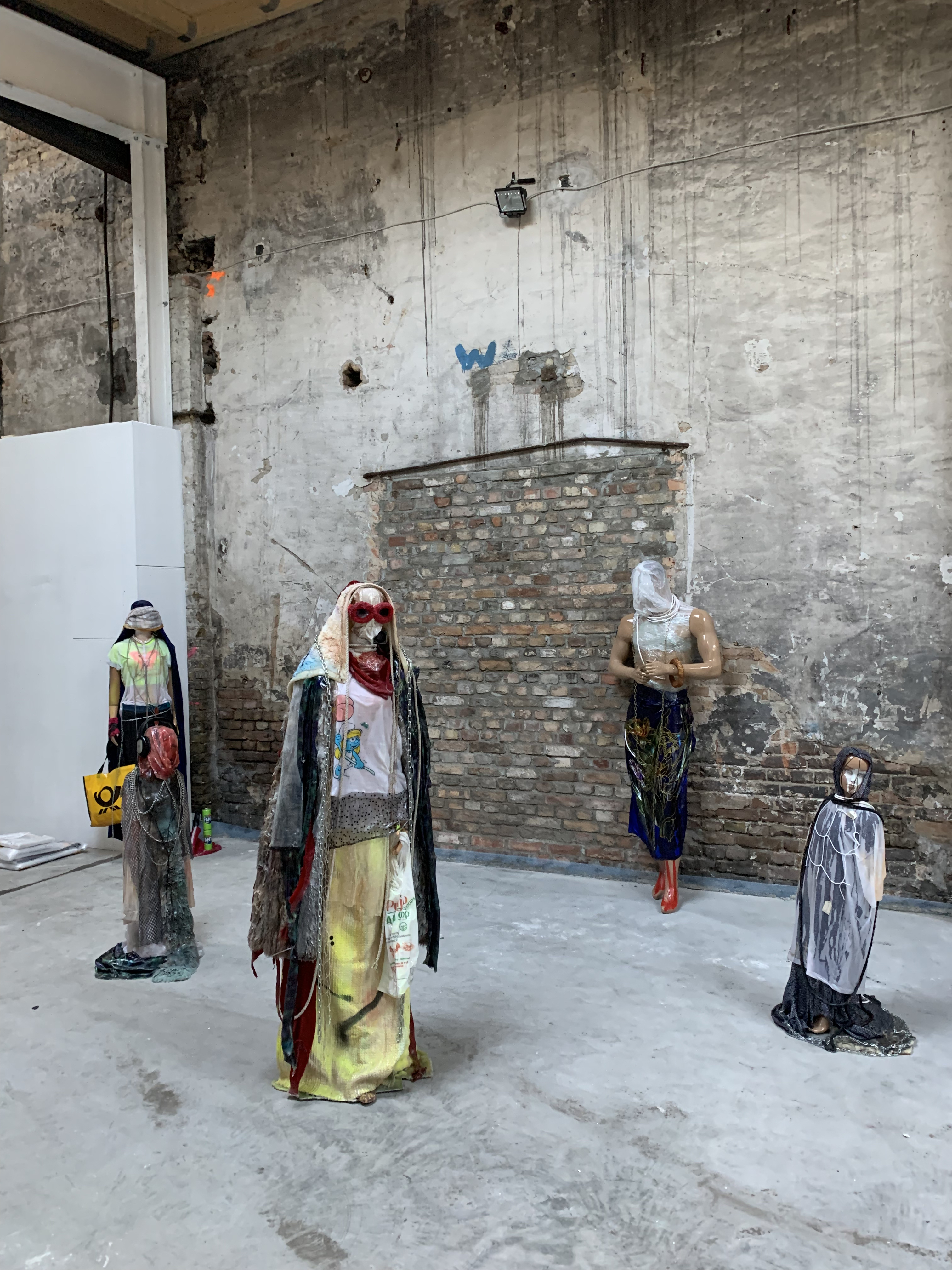

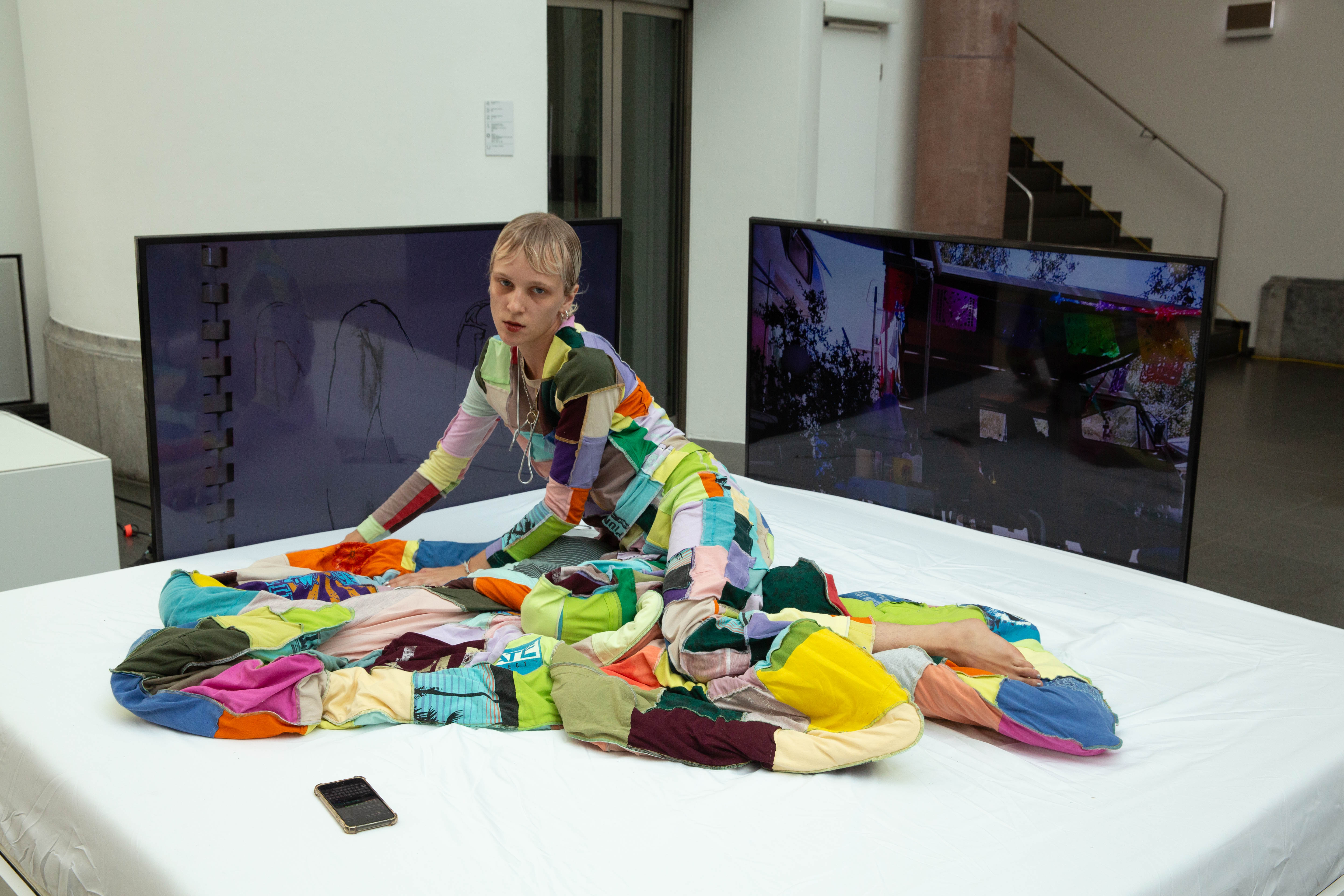

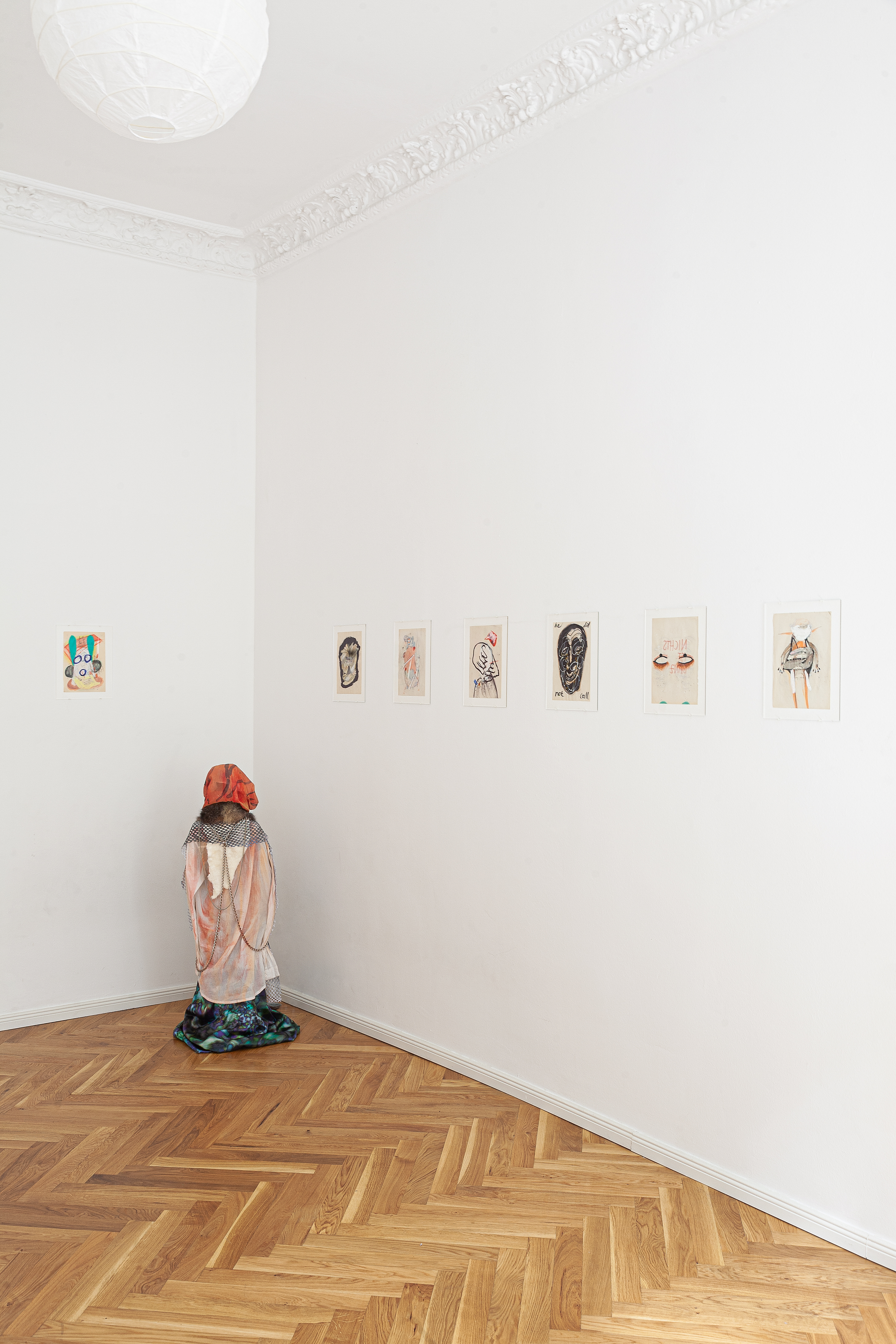
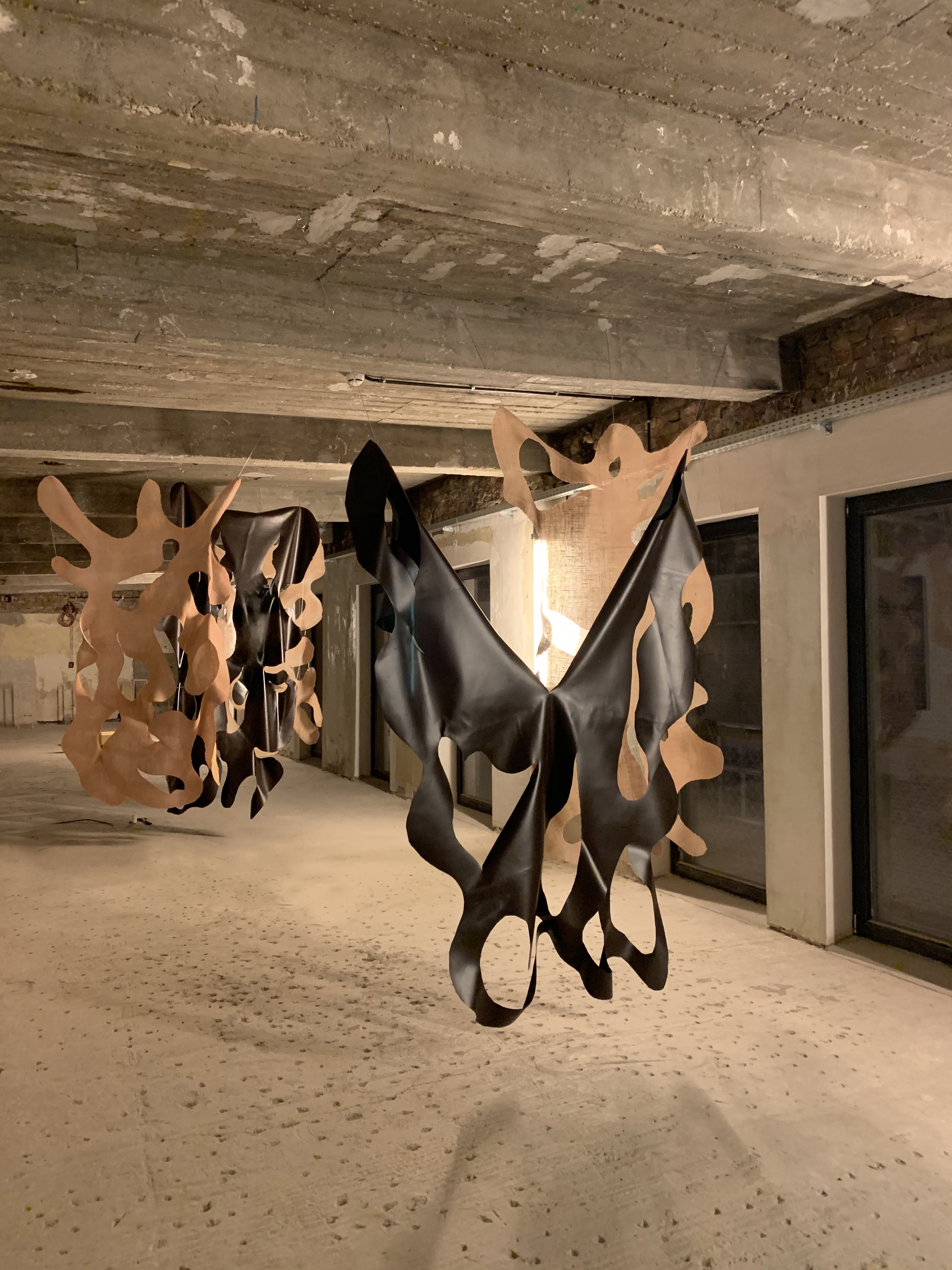
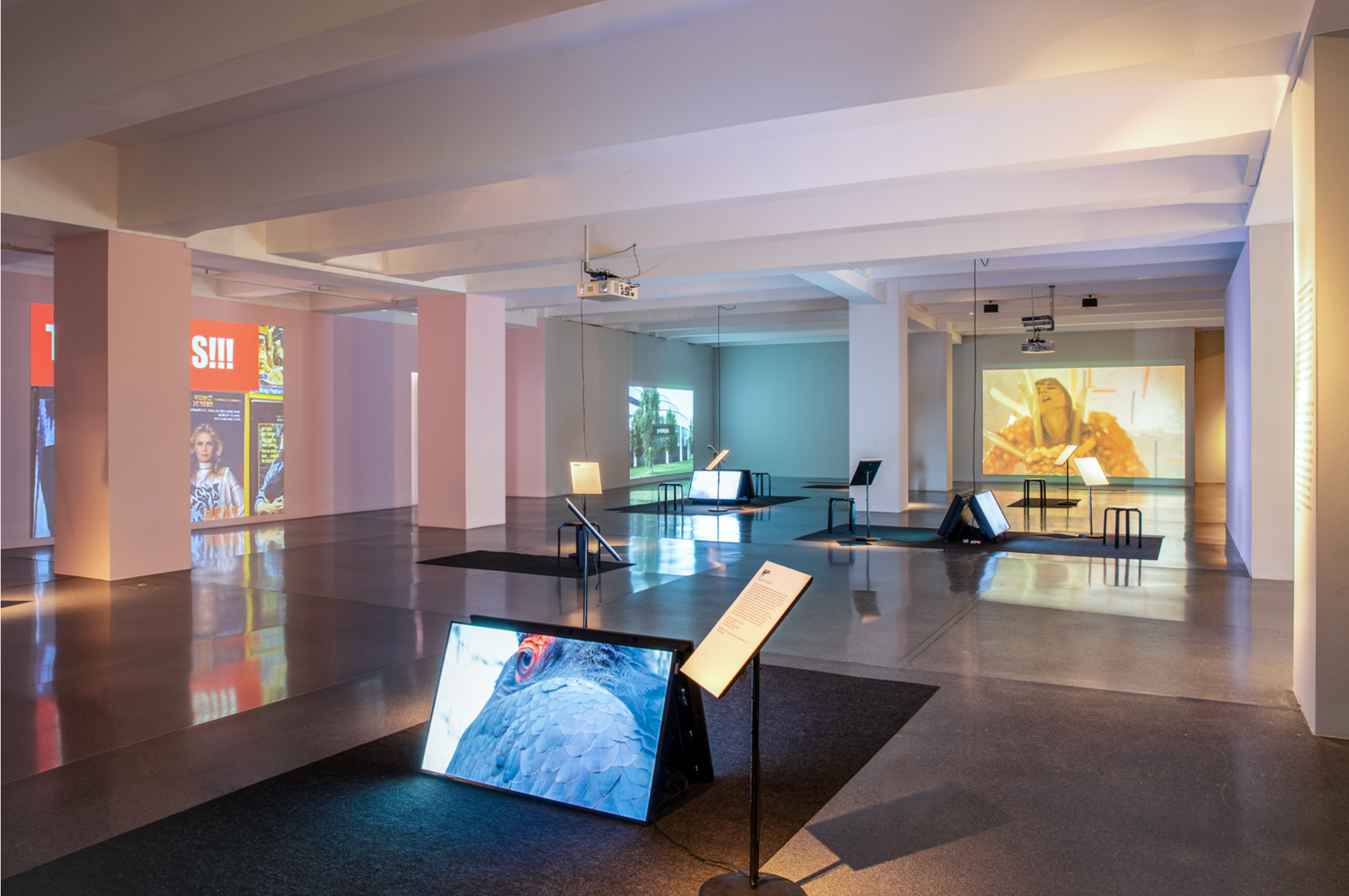
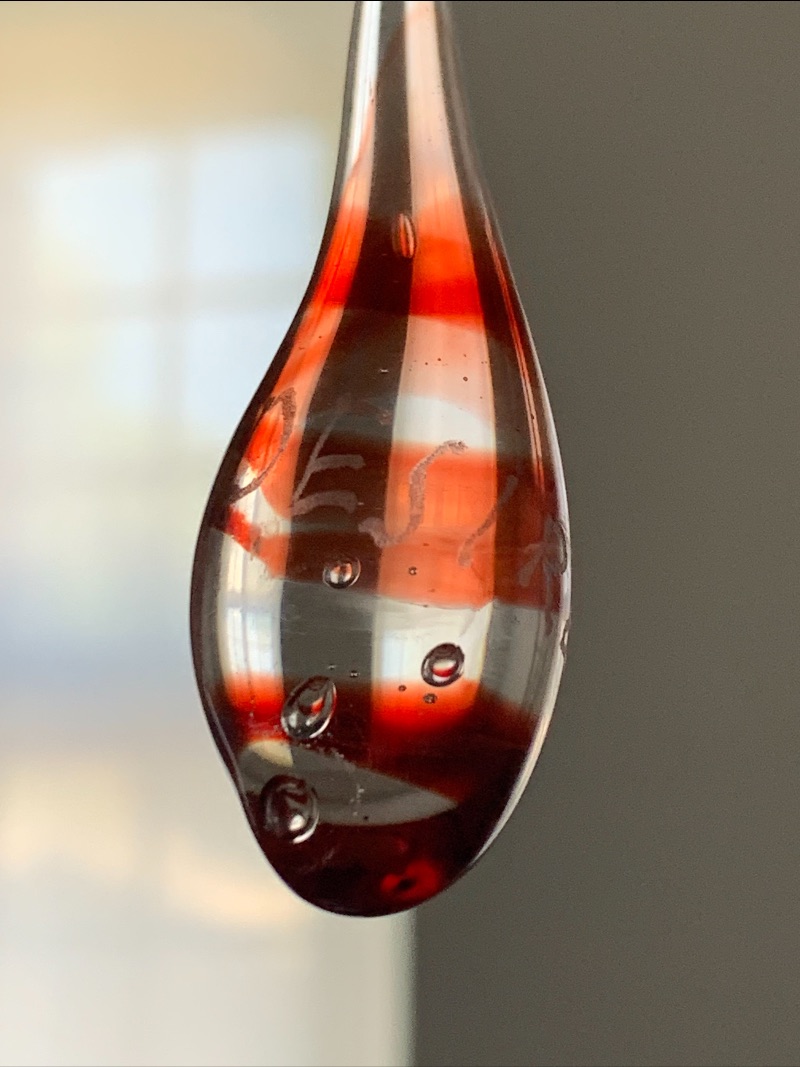
definitively_Goeben_Berlin_2020_00003.JPG)
